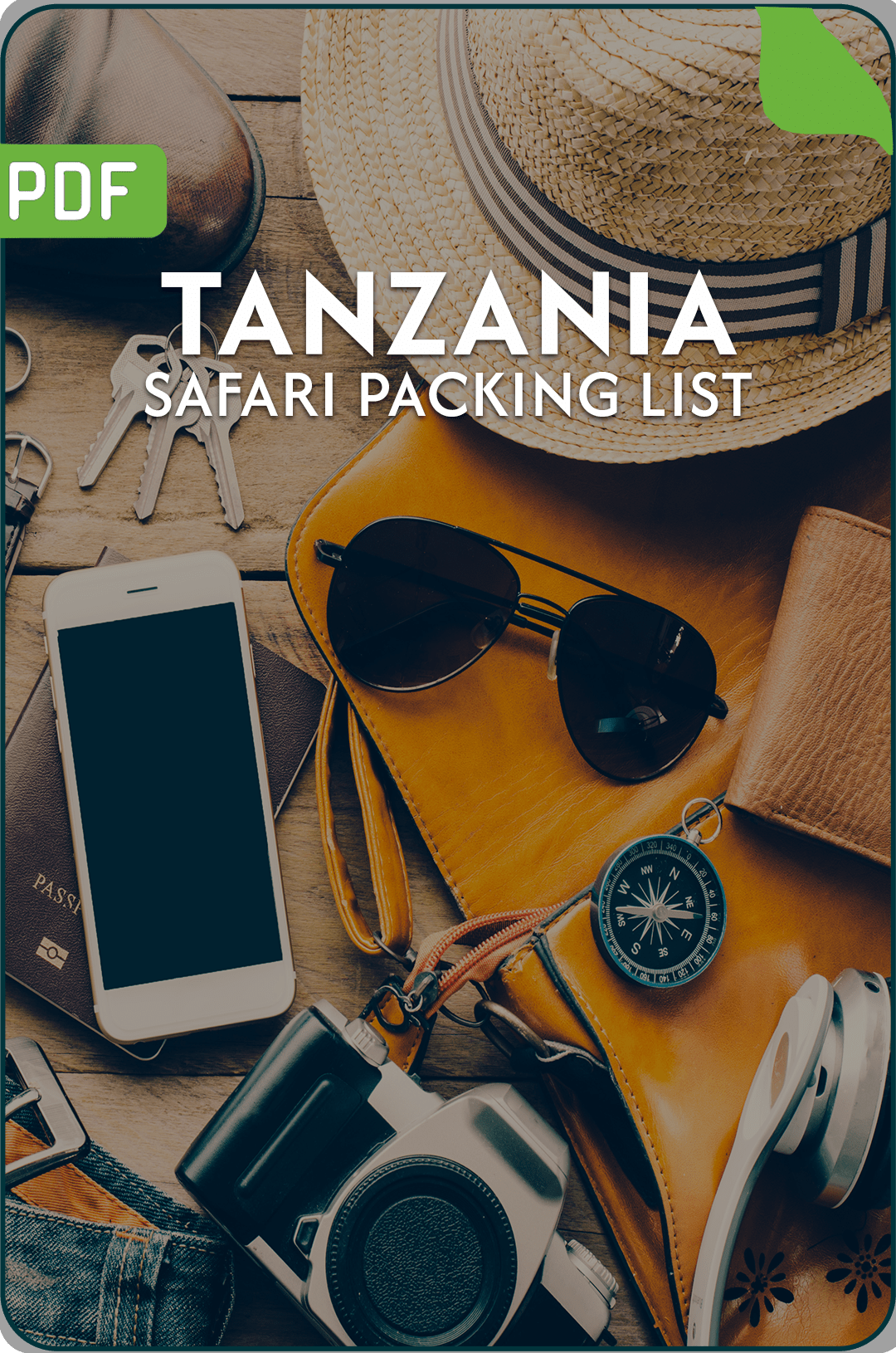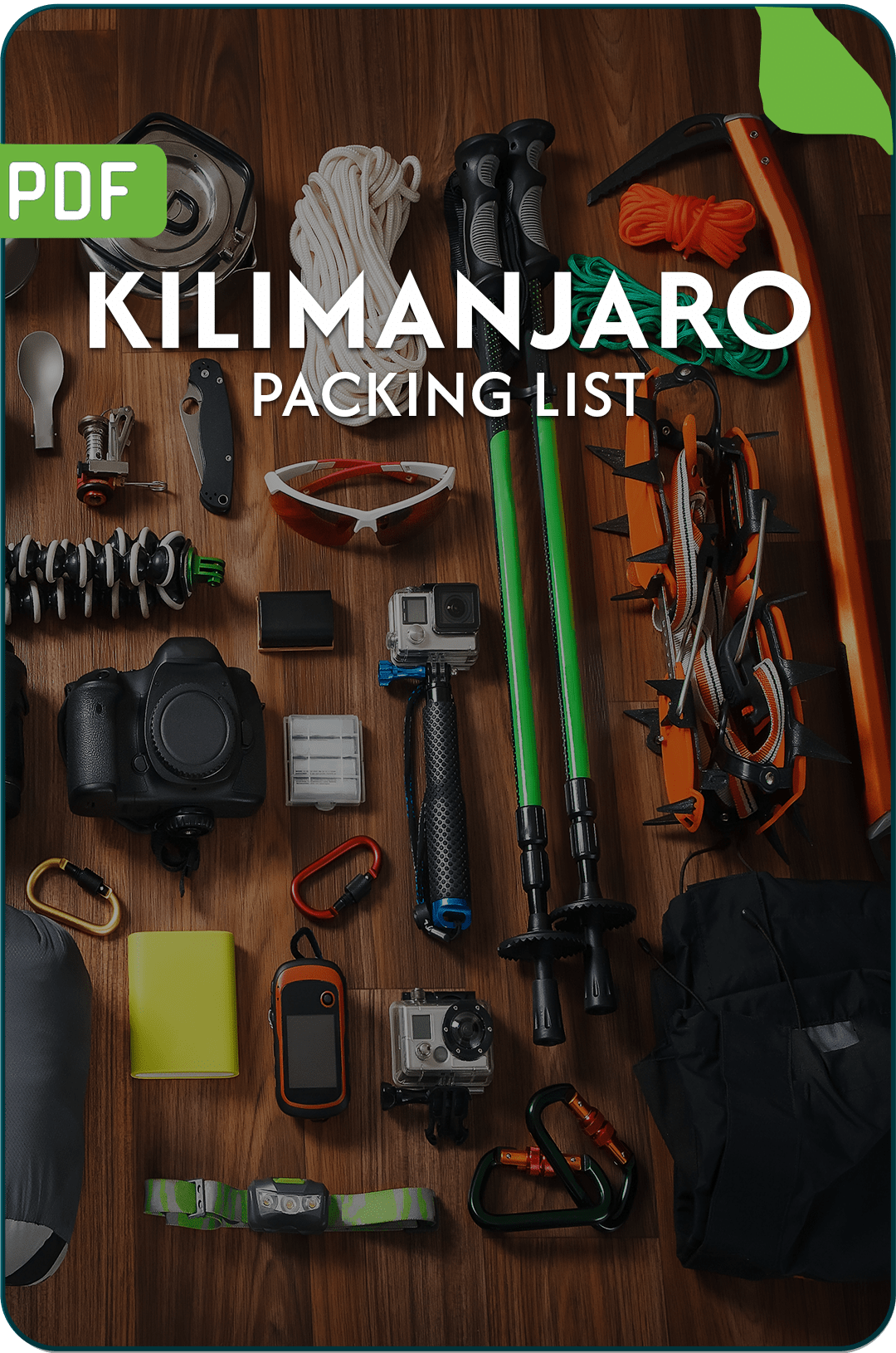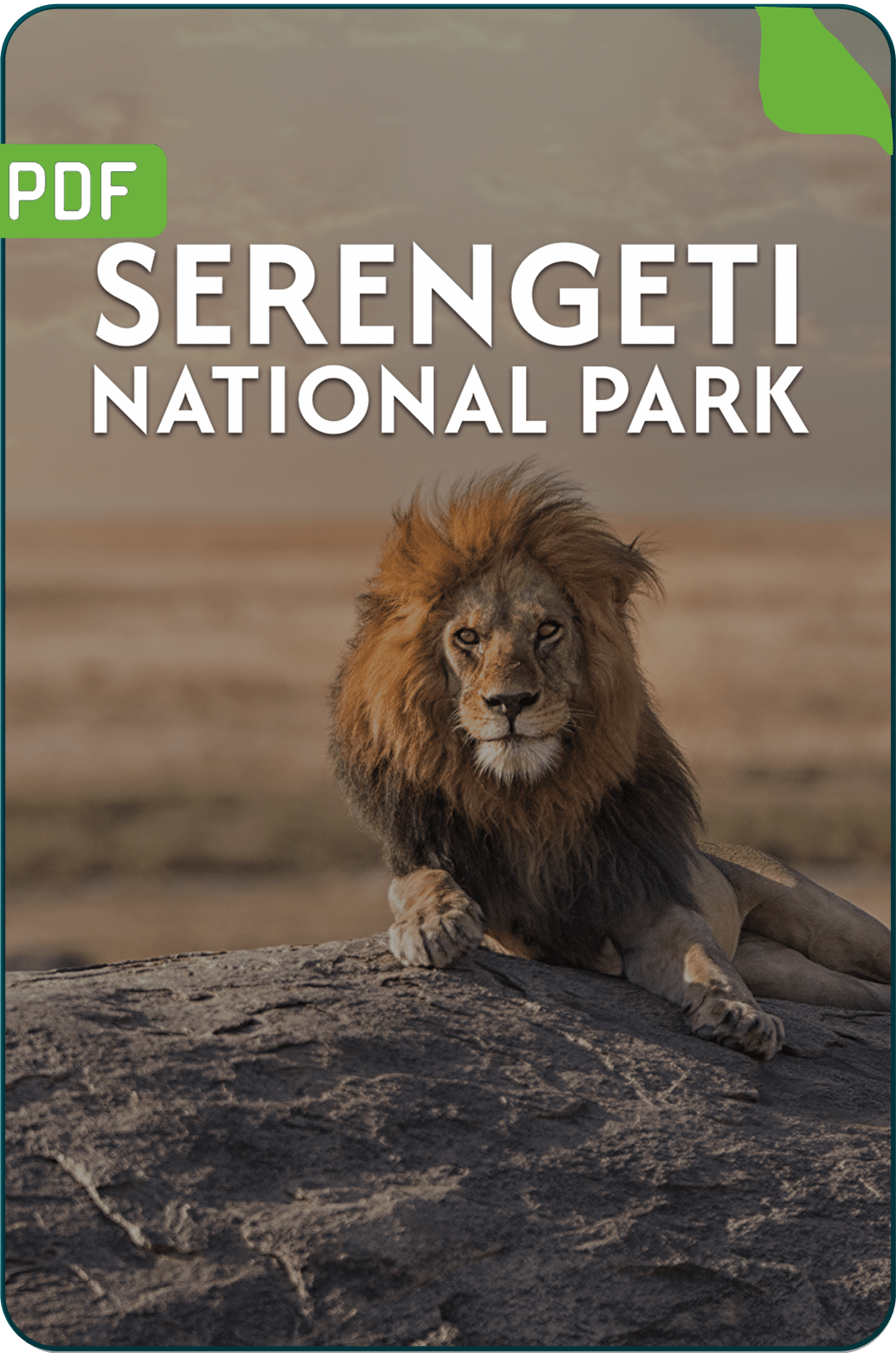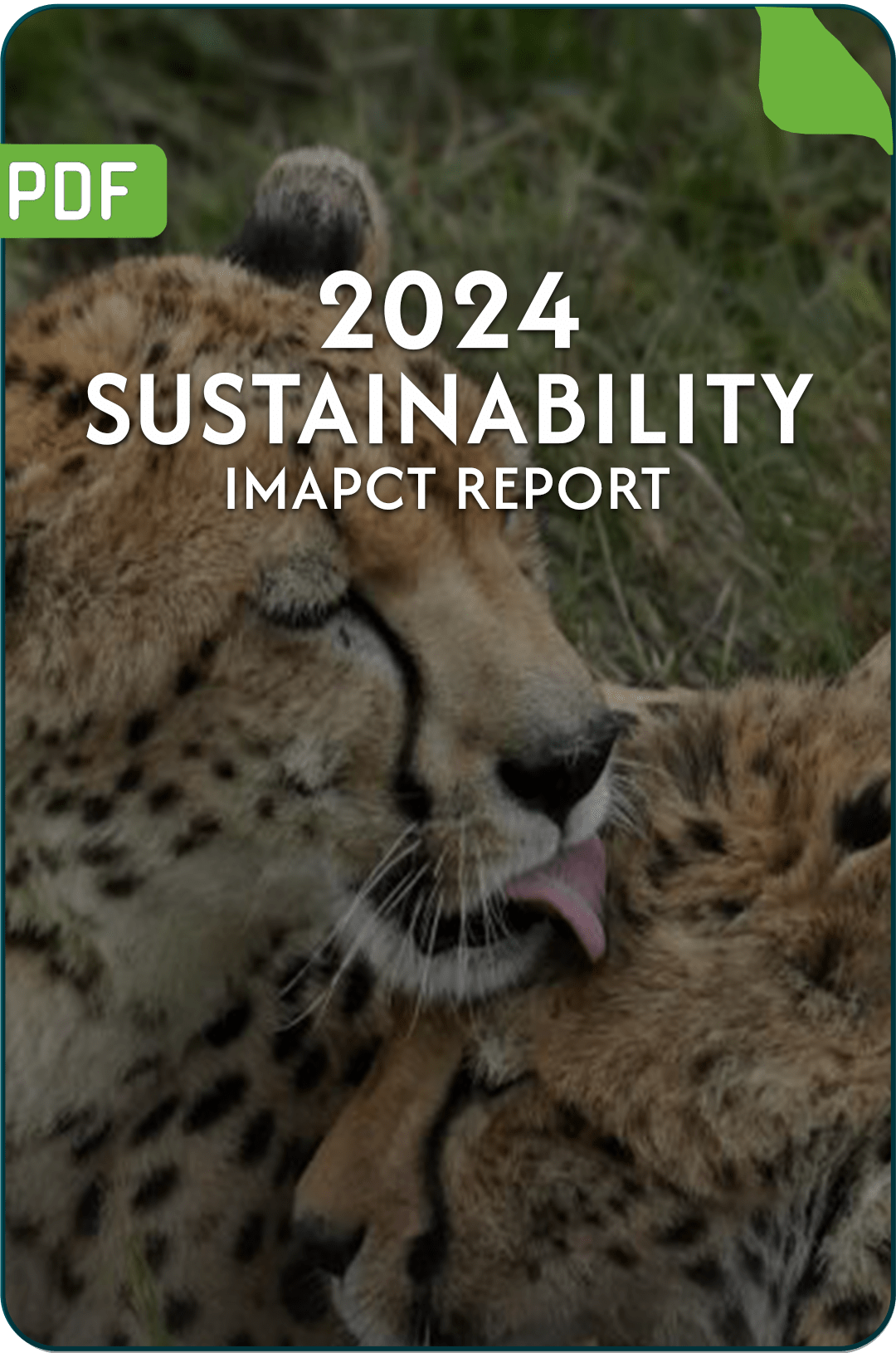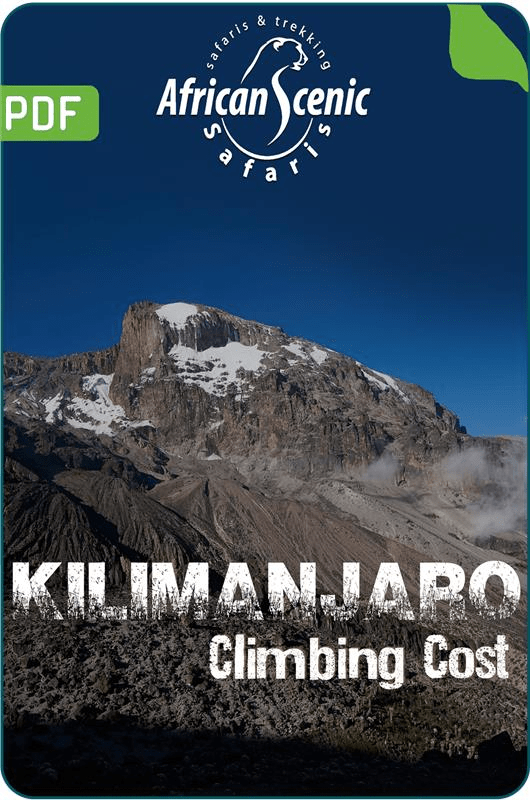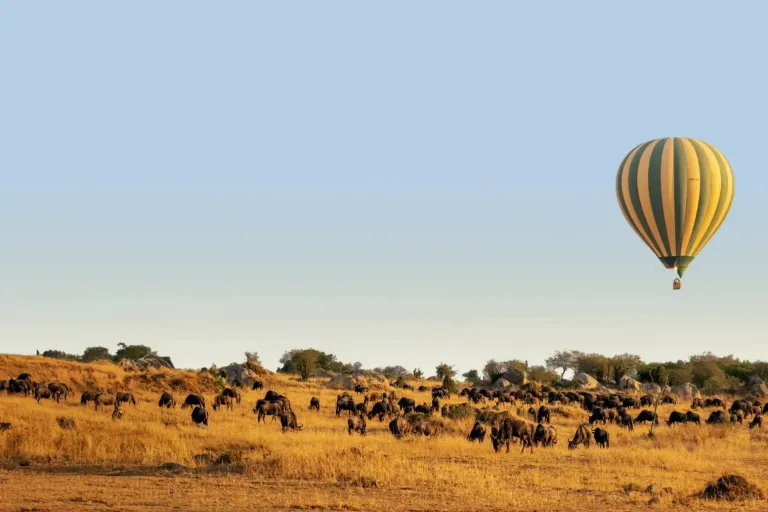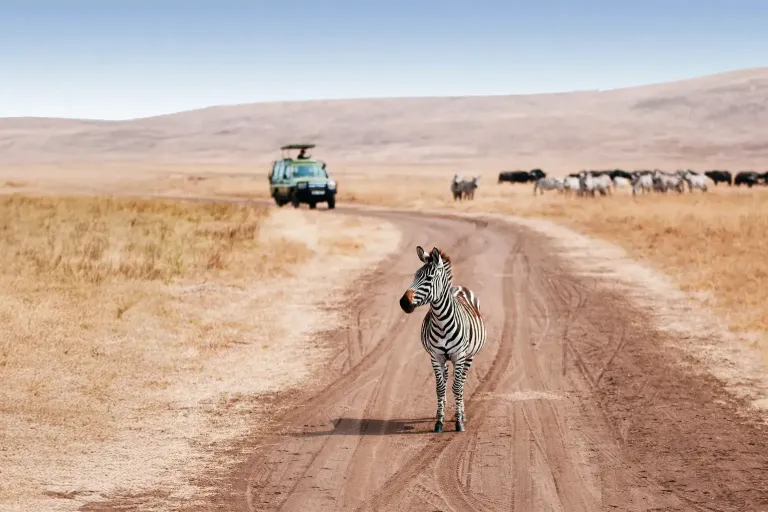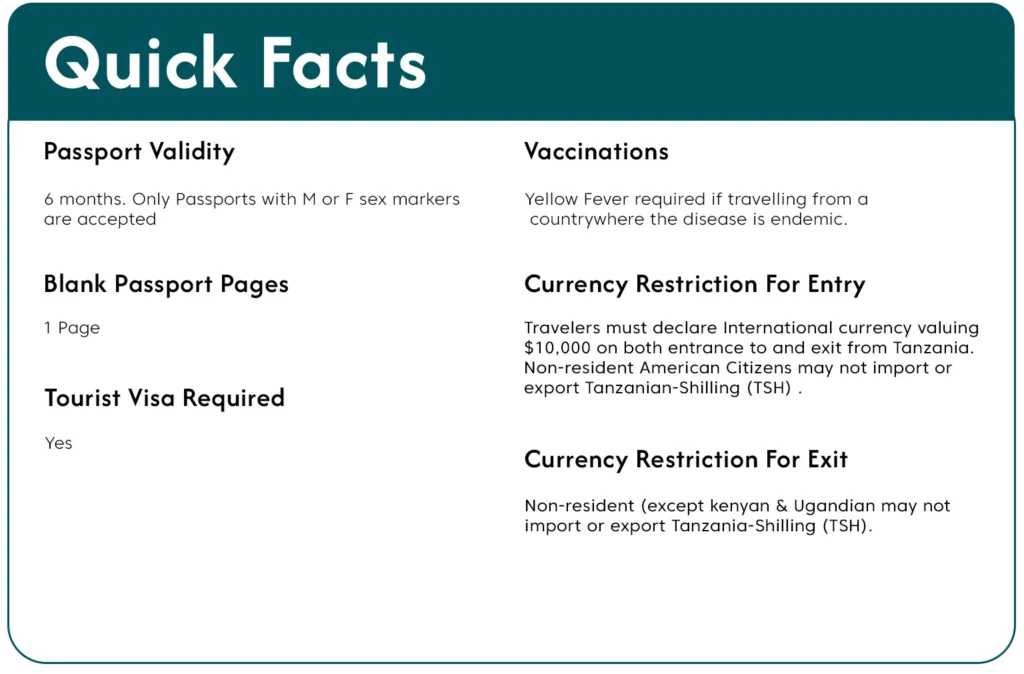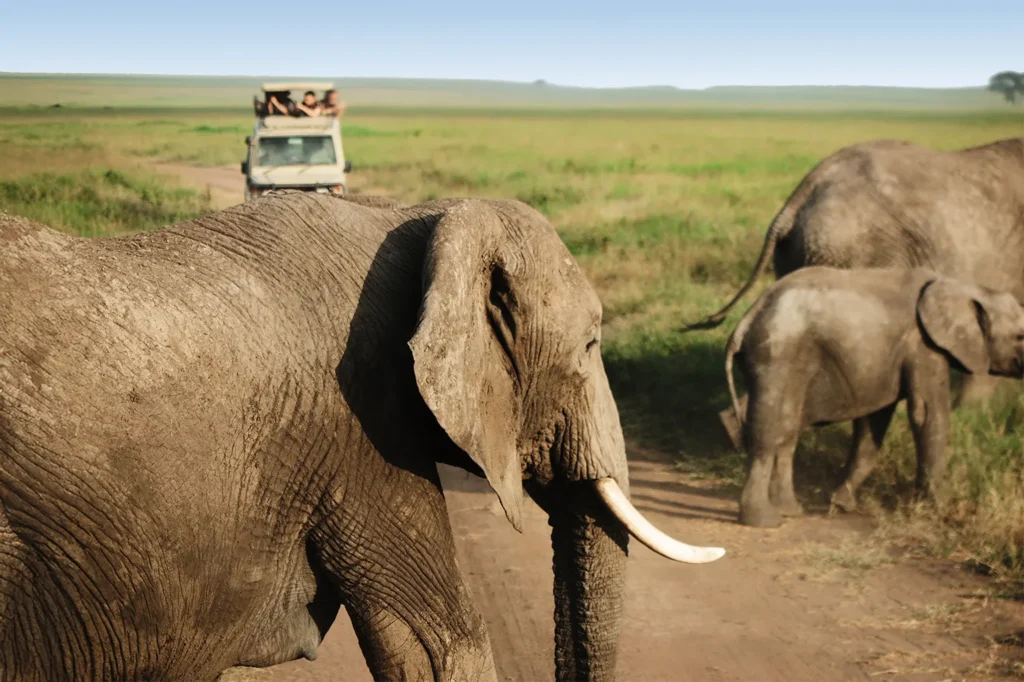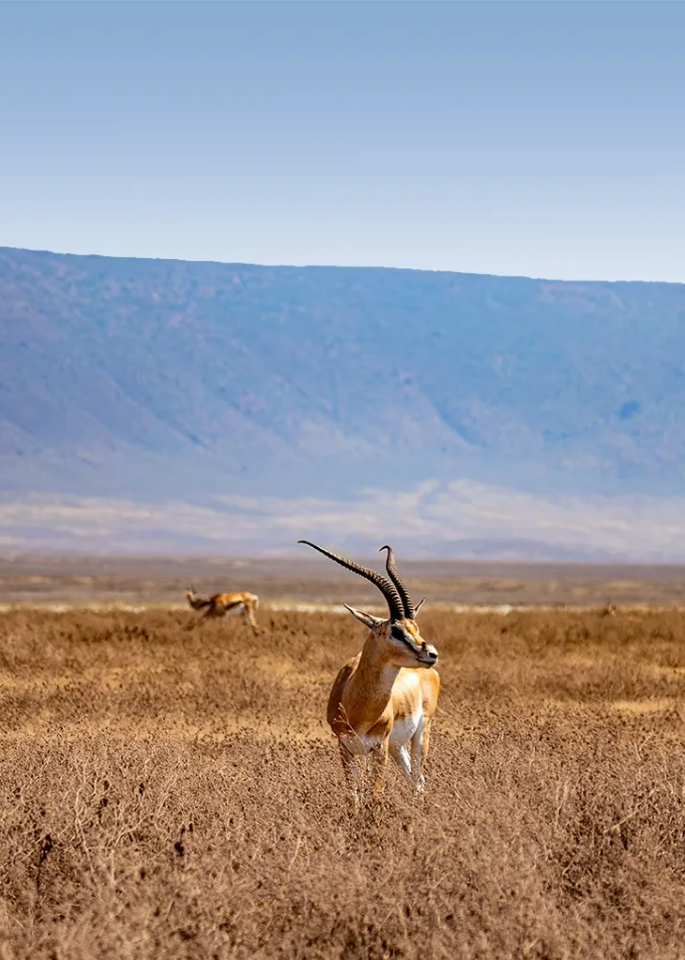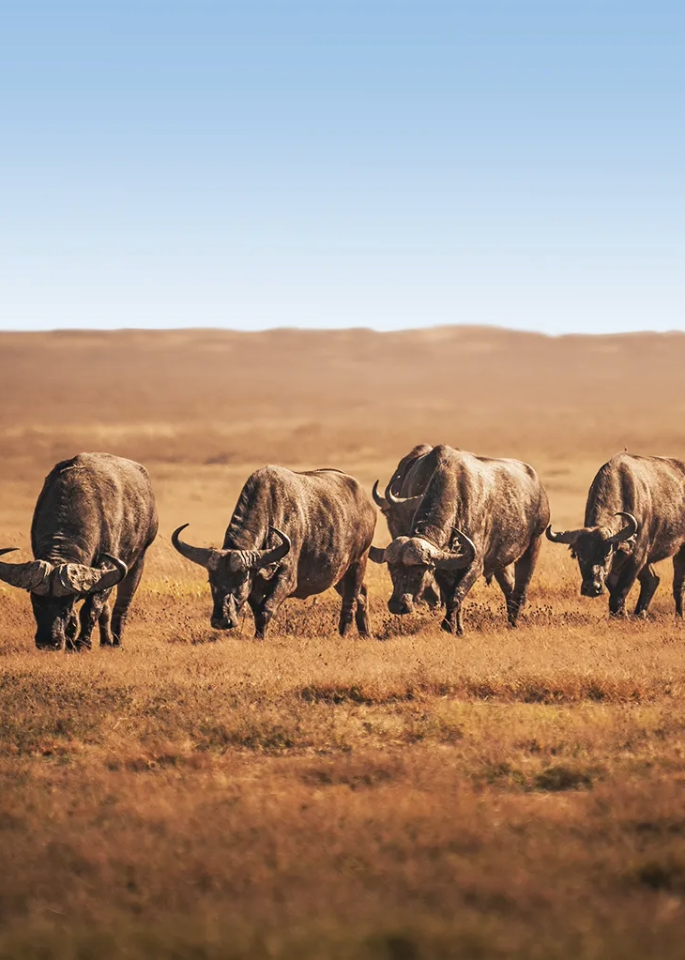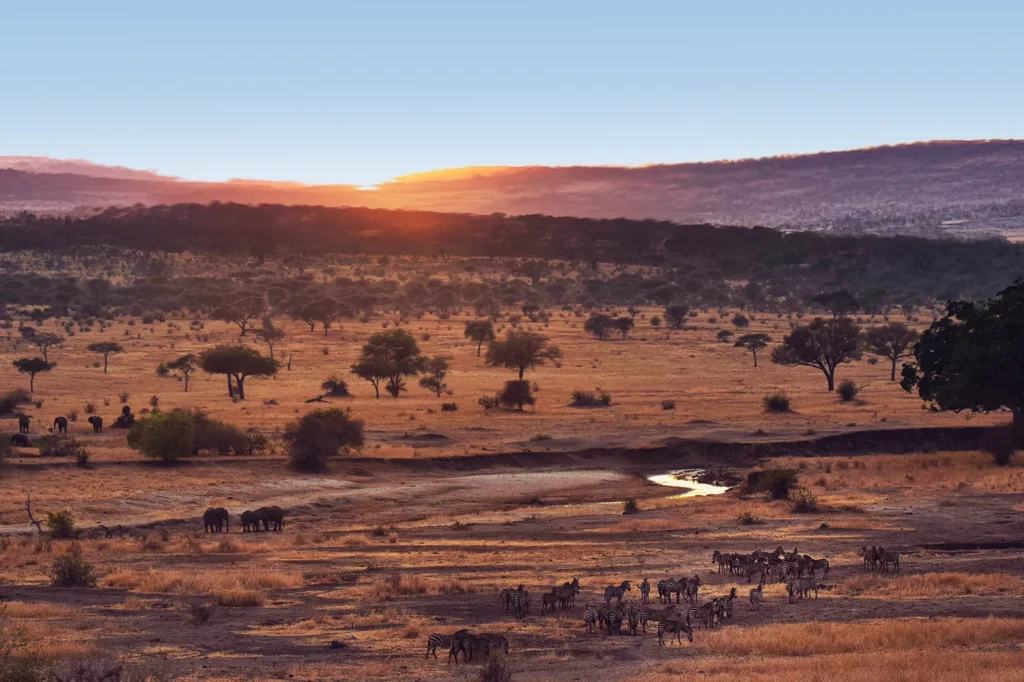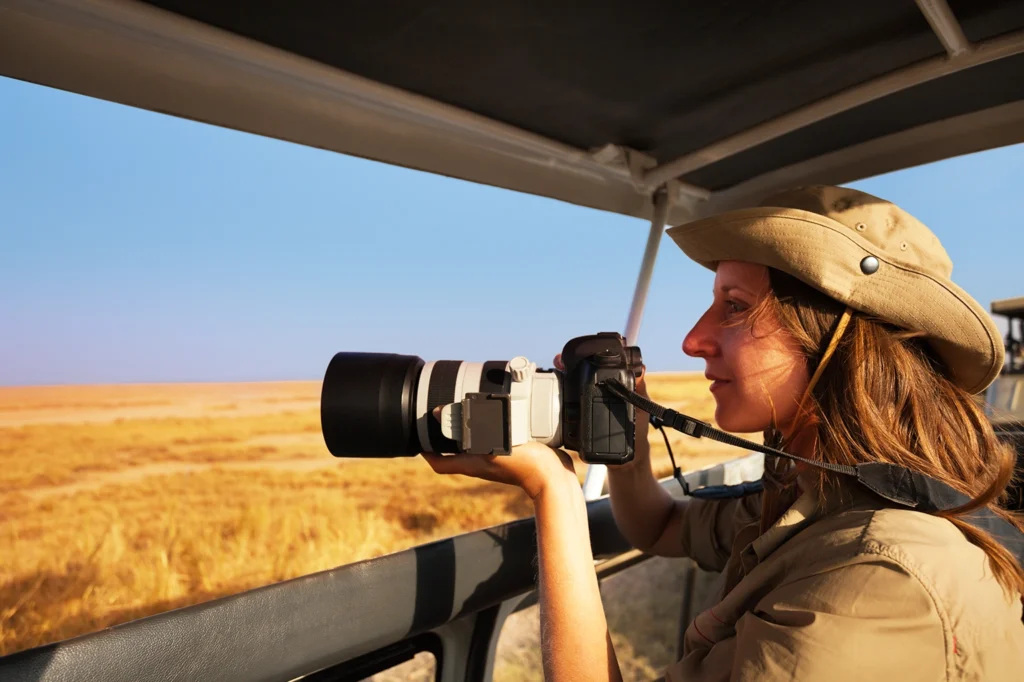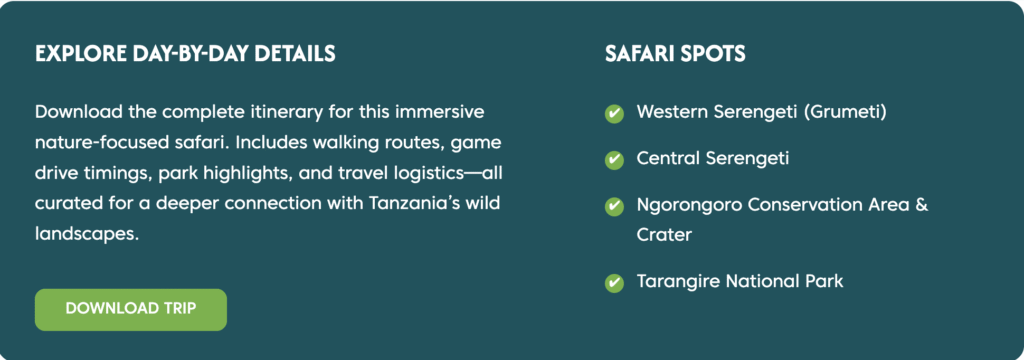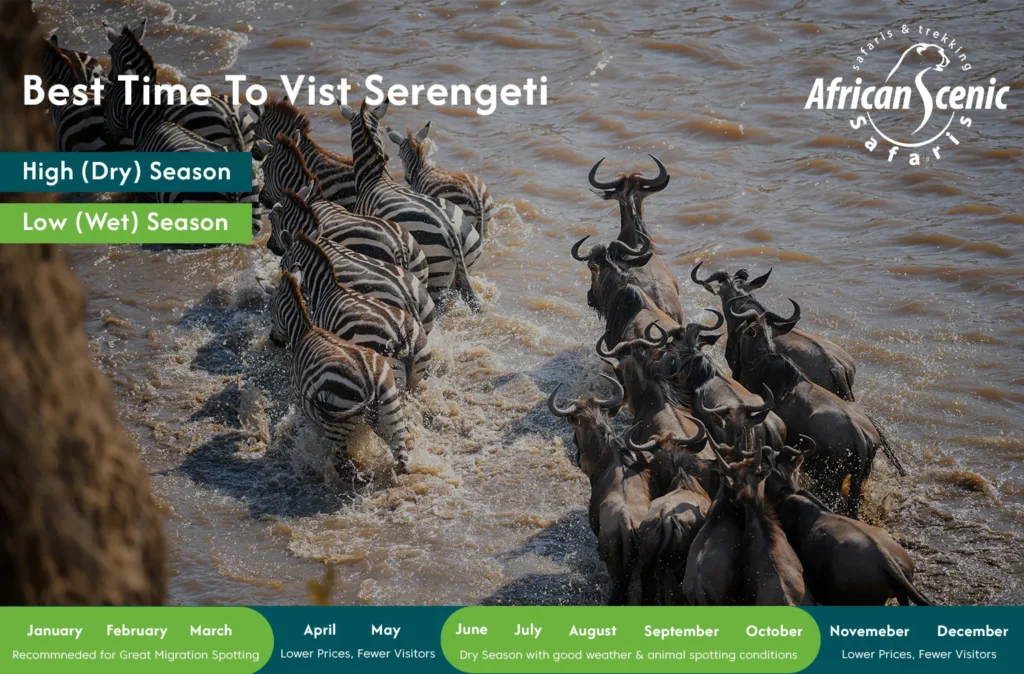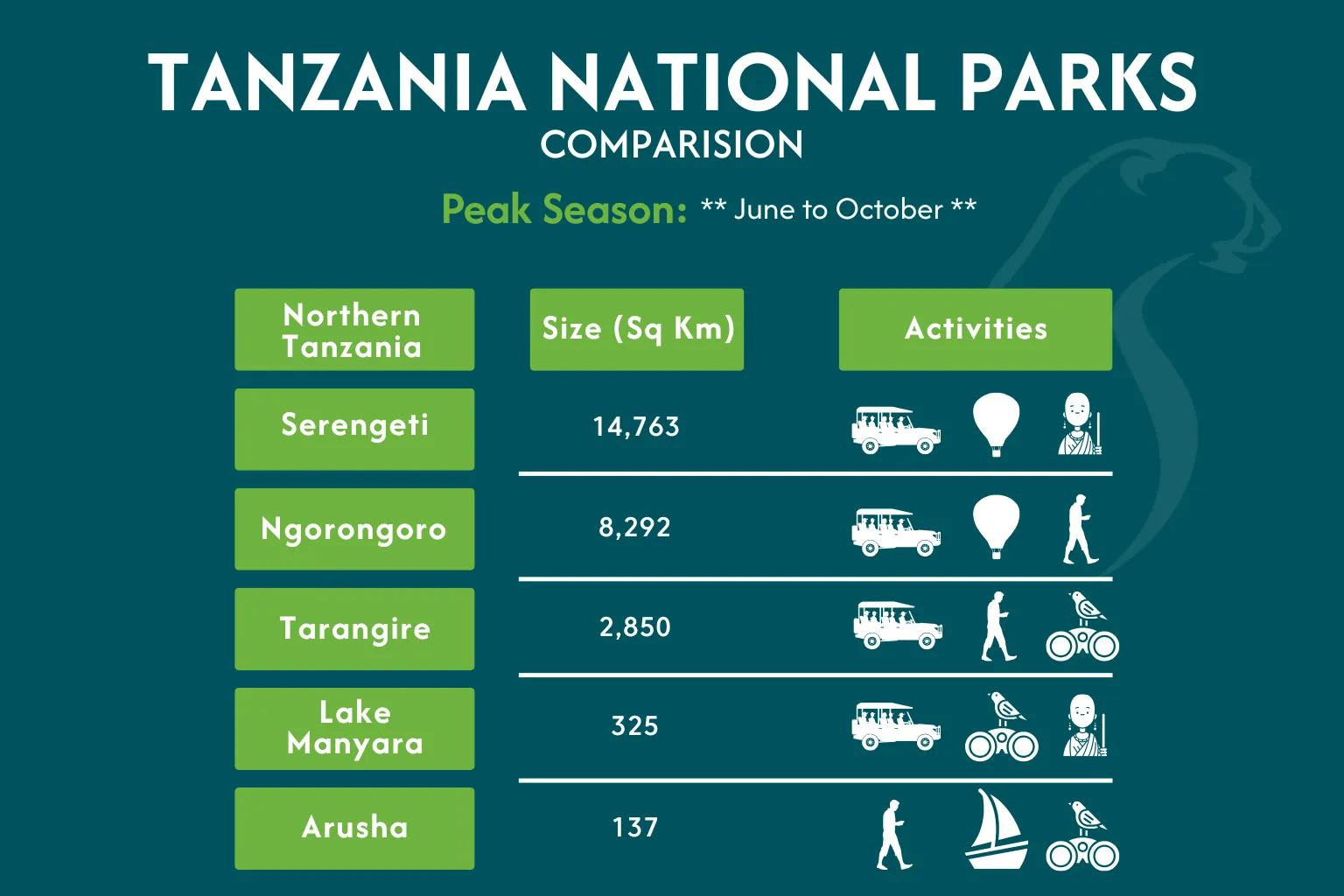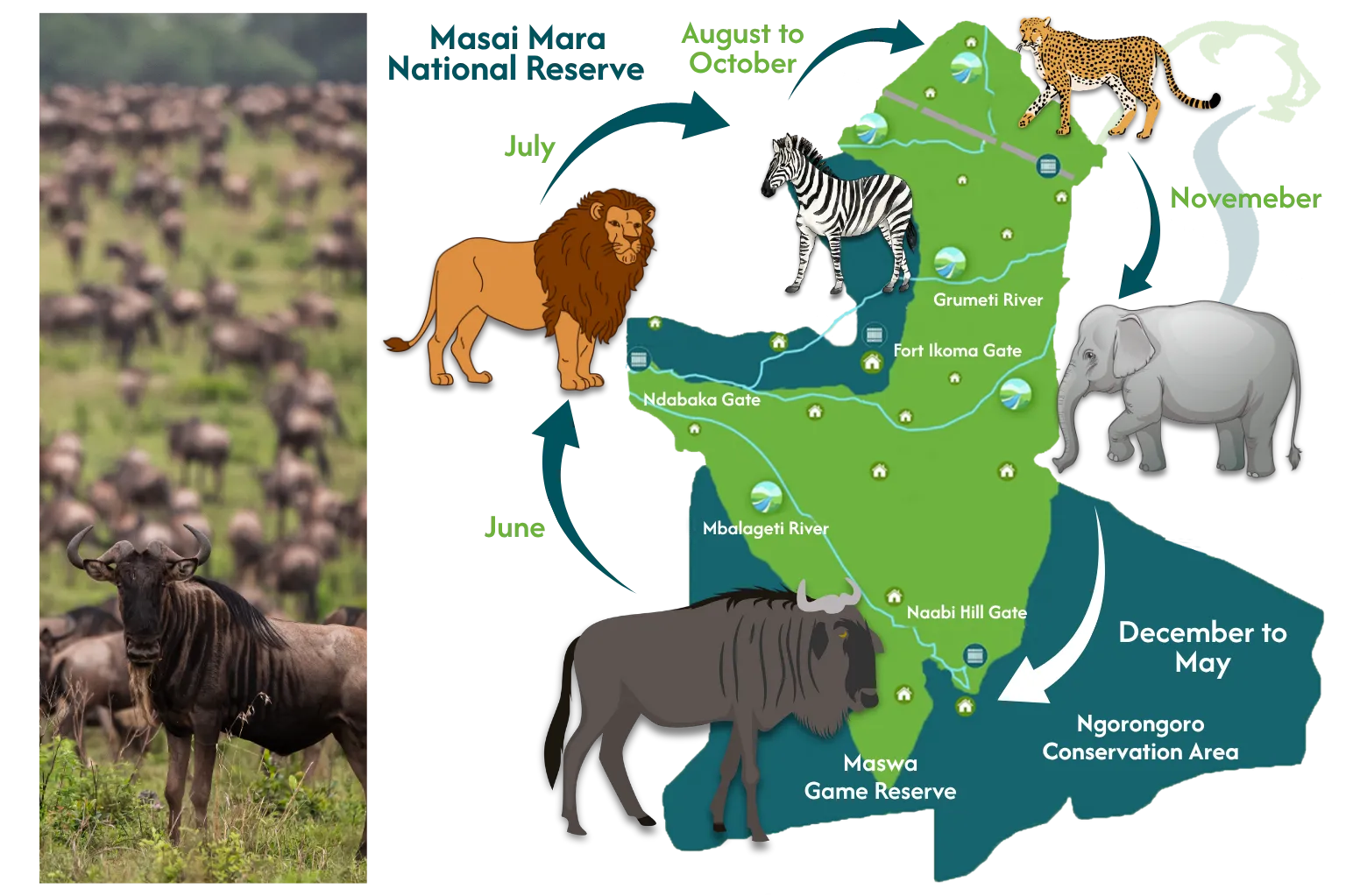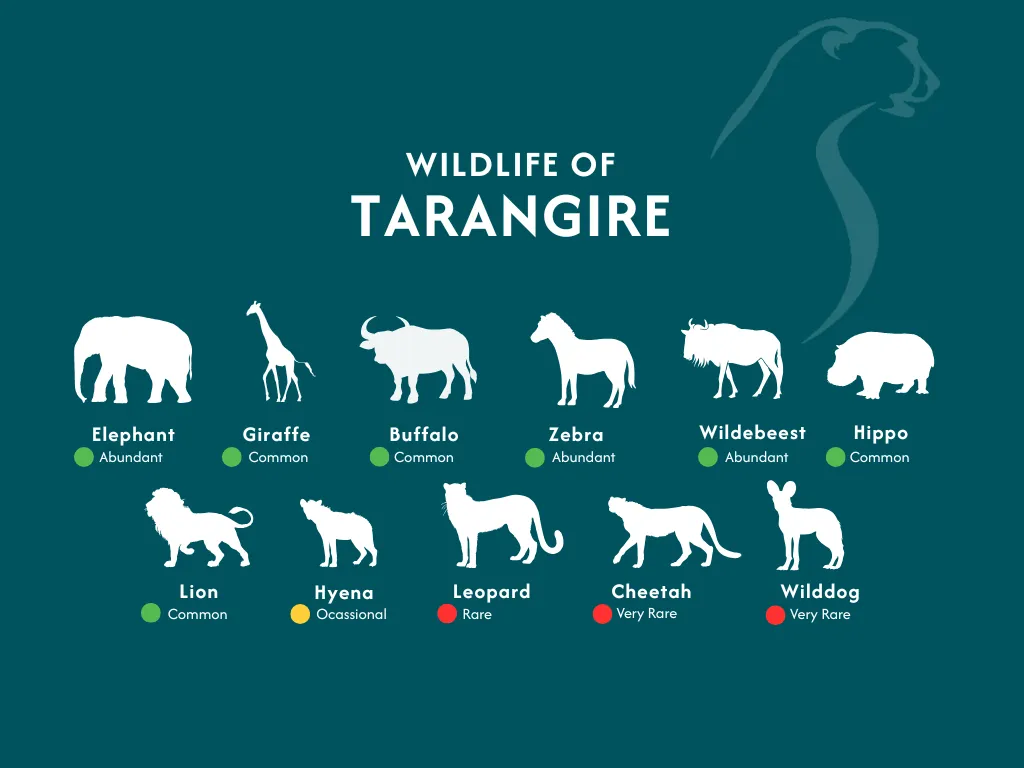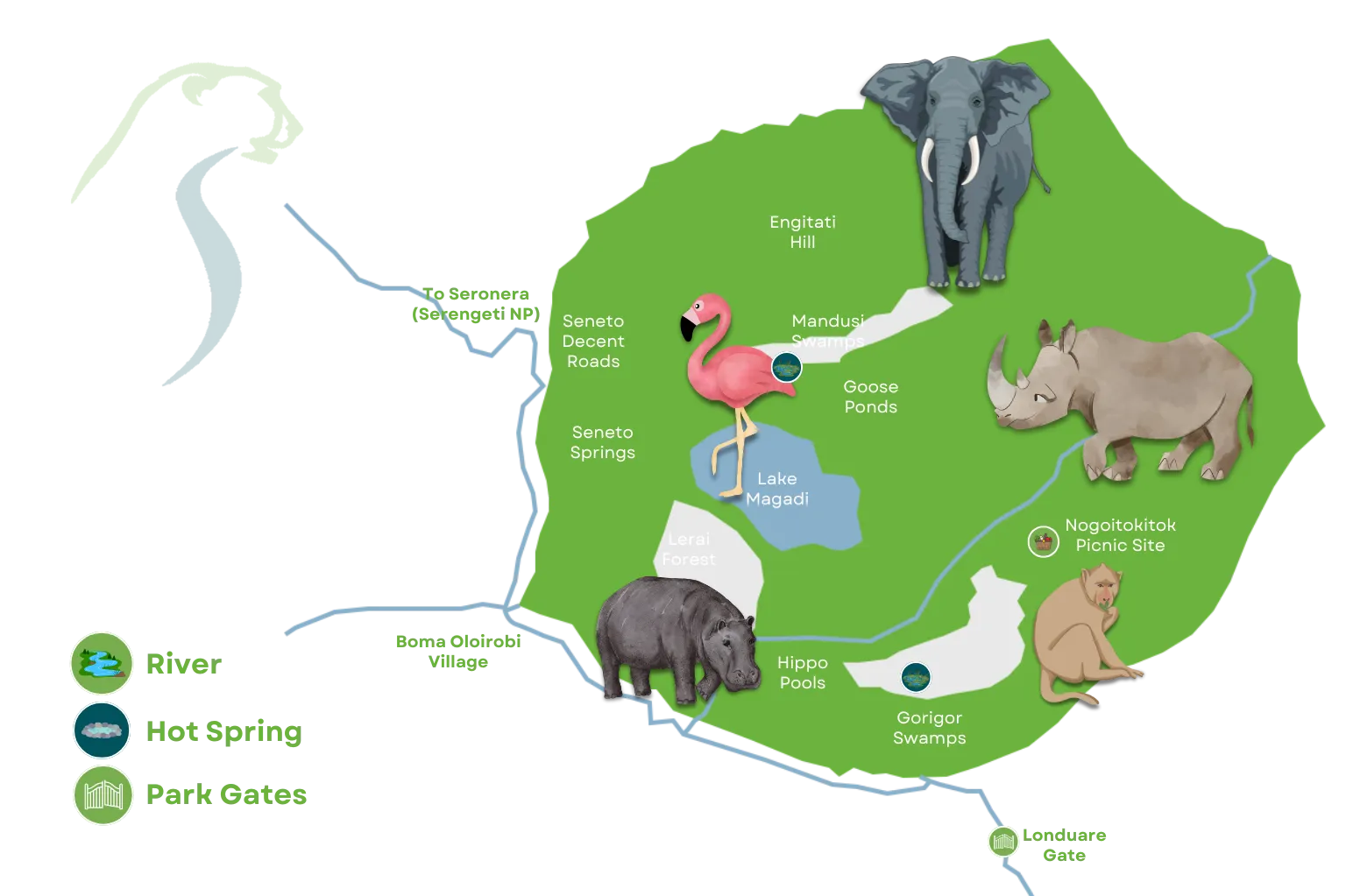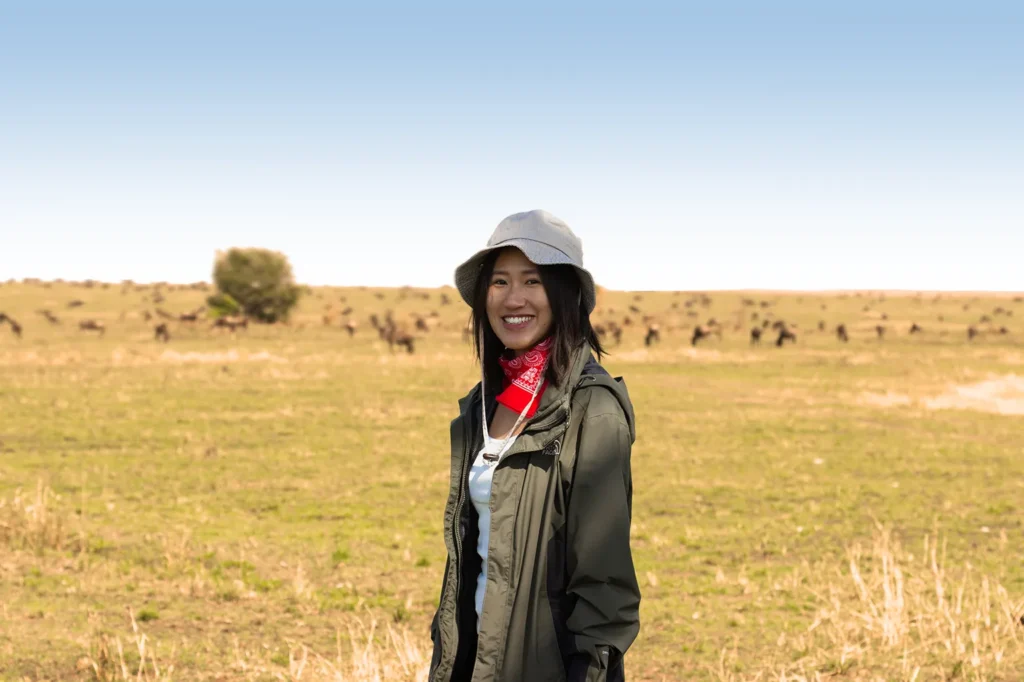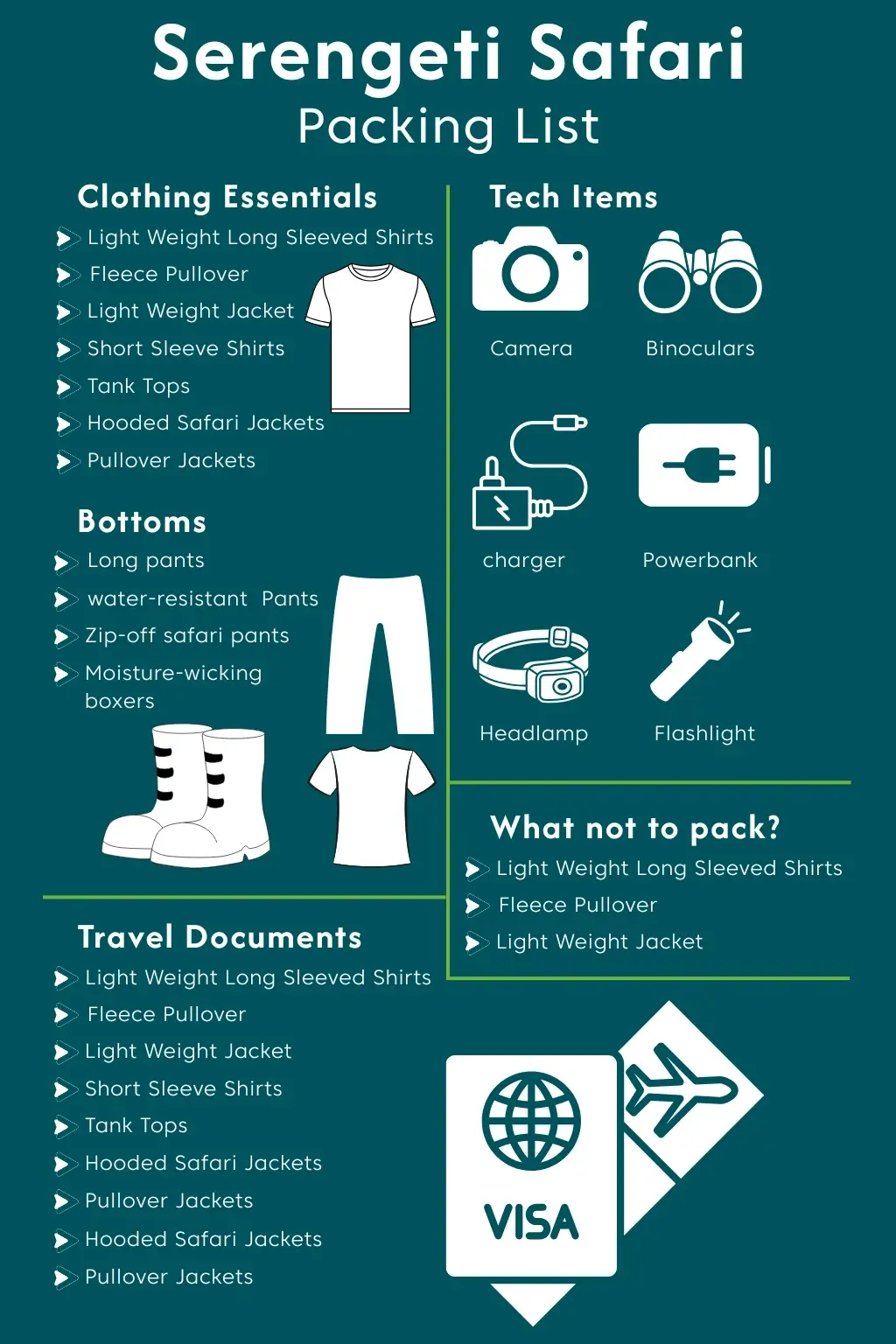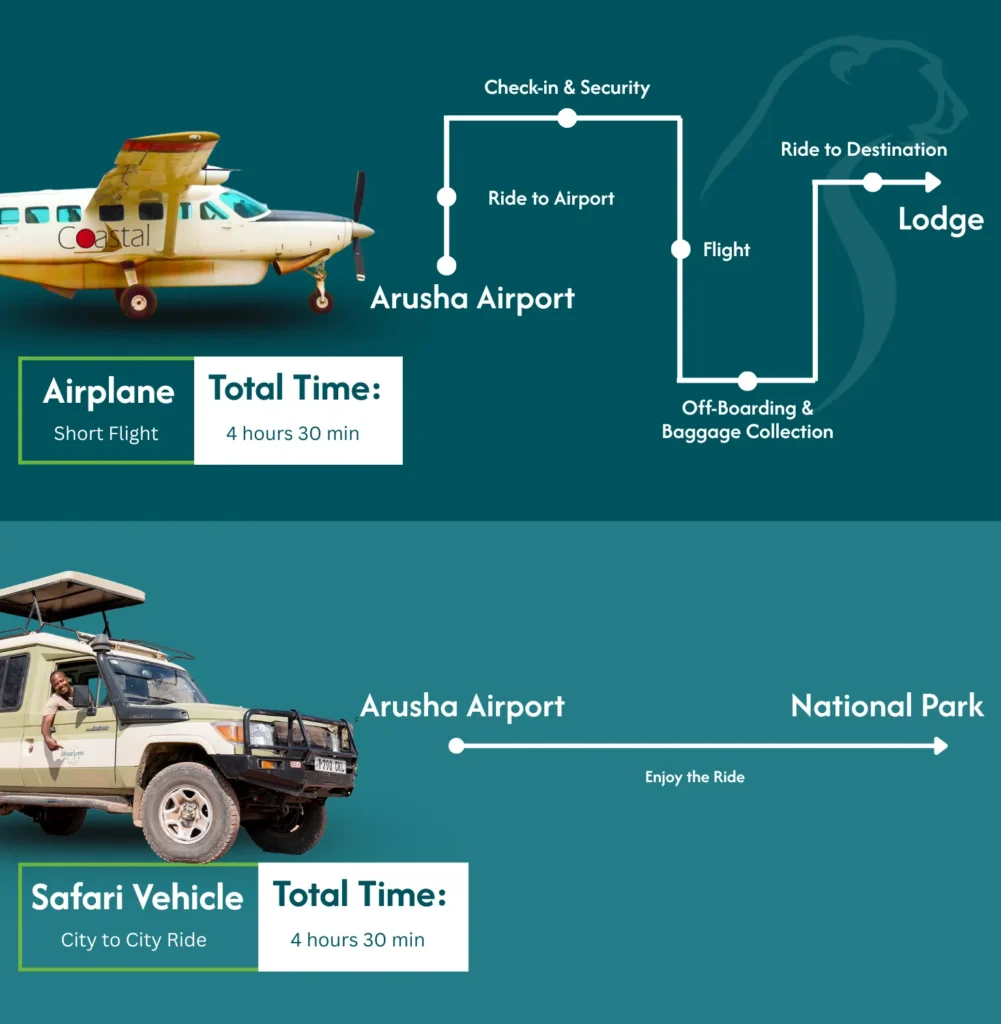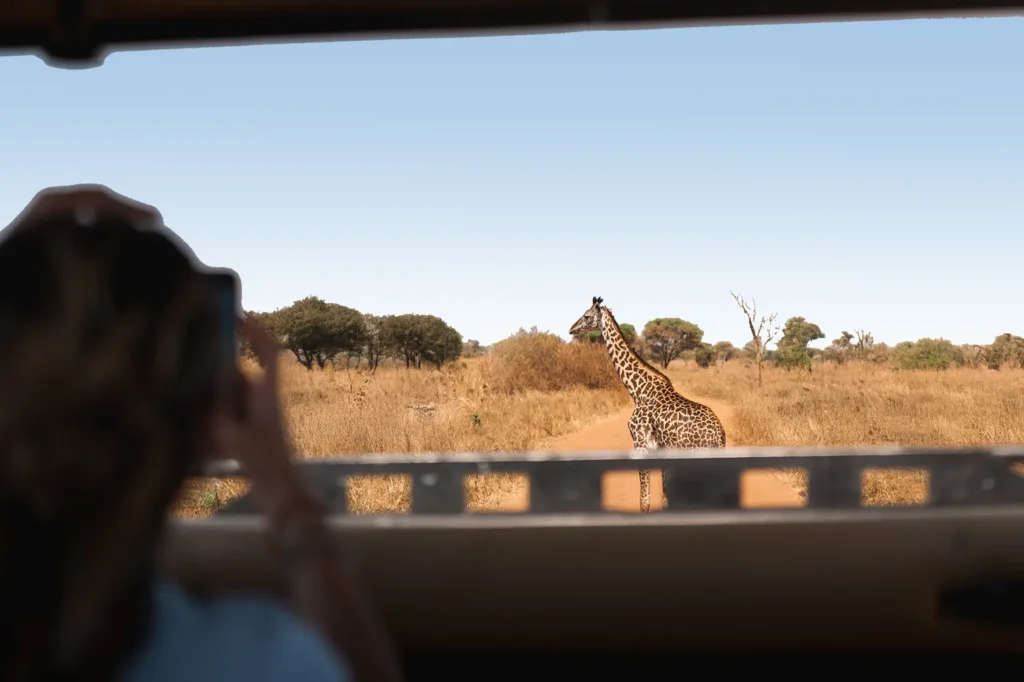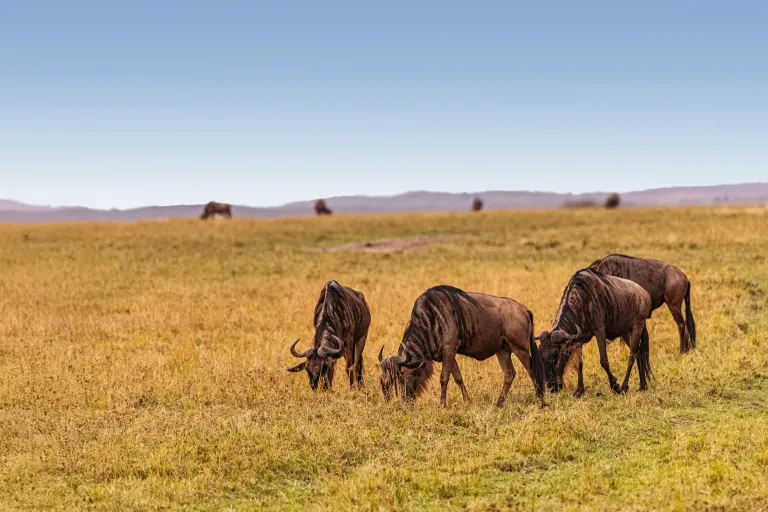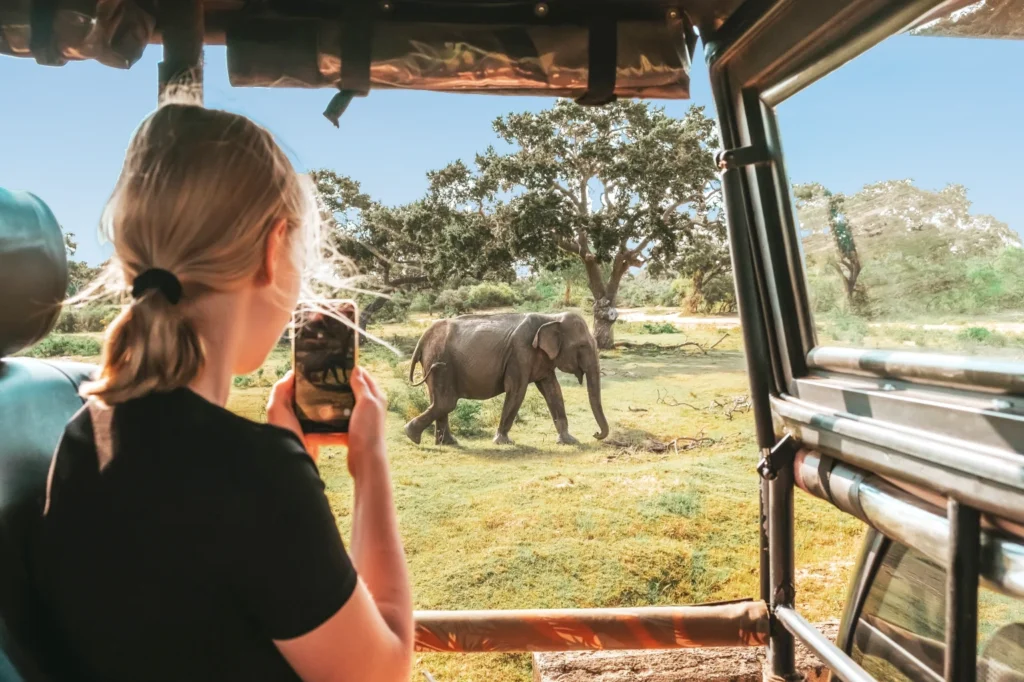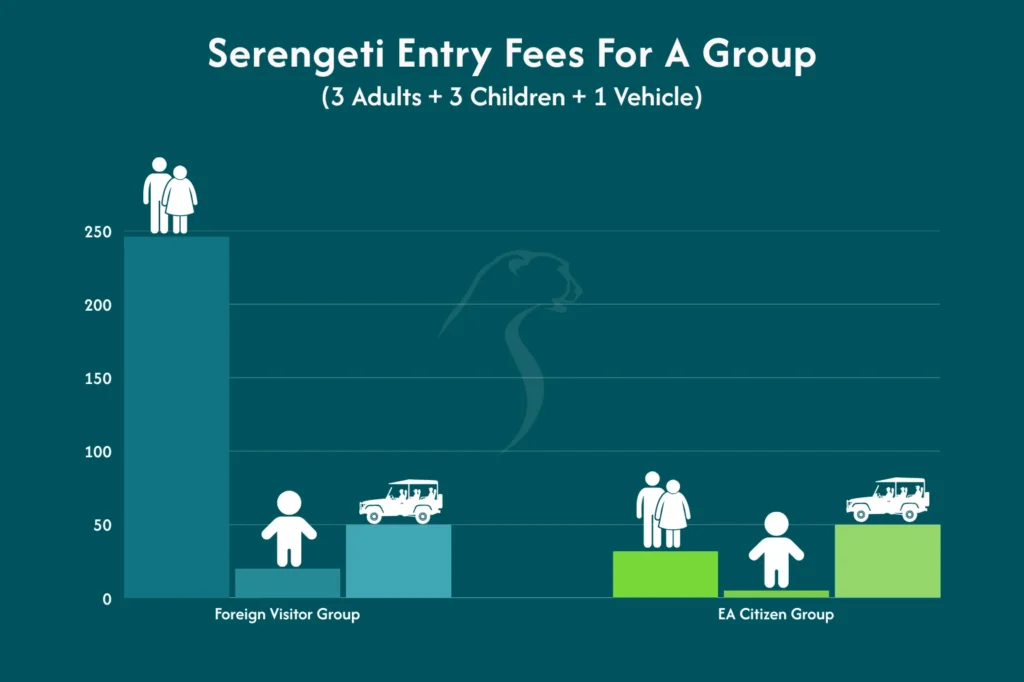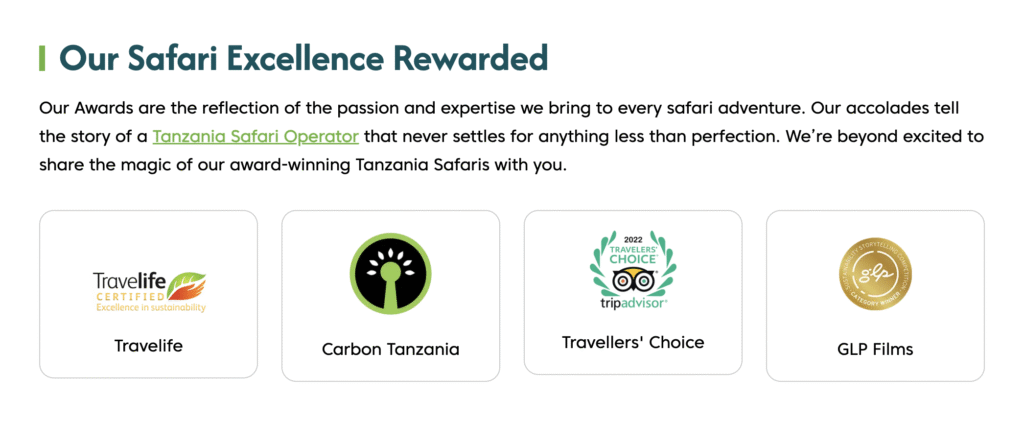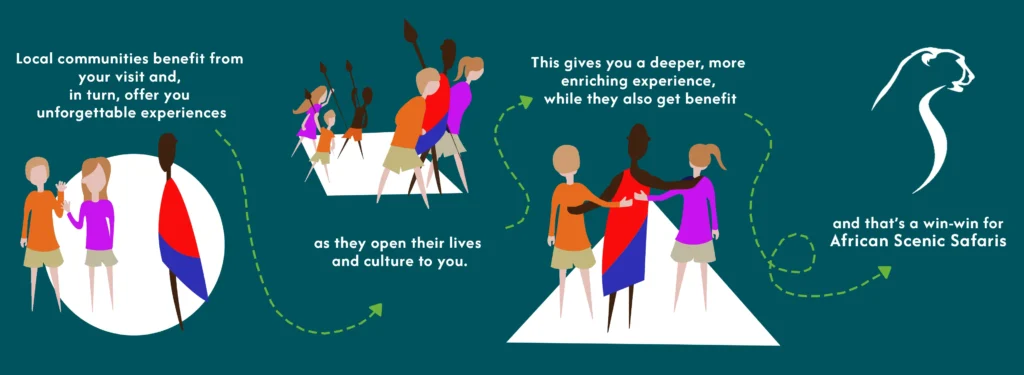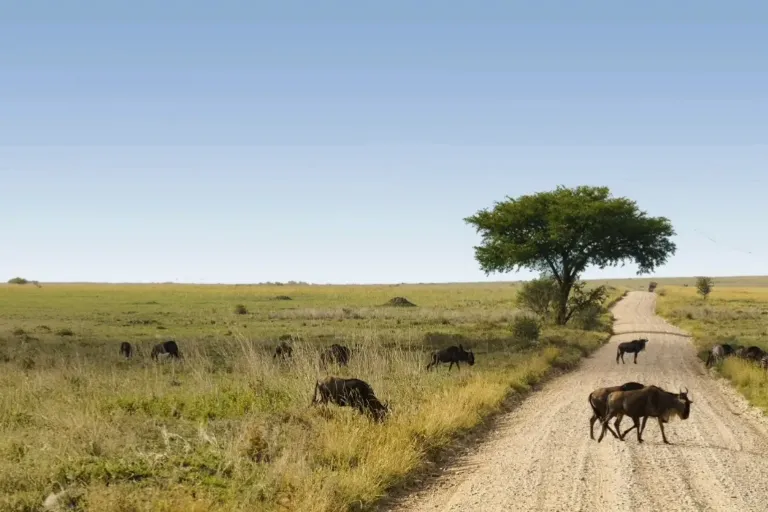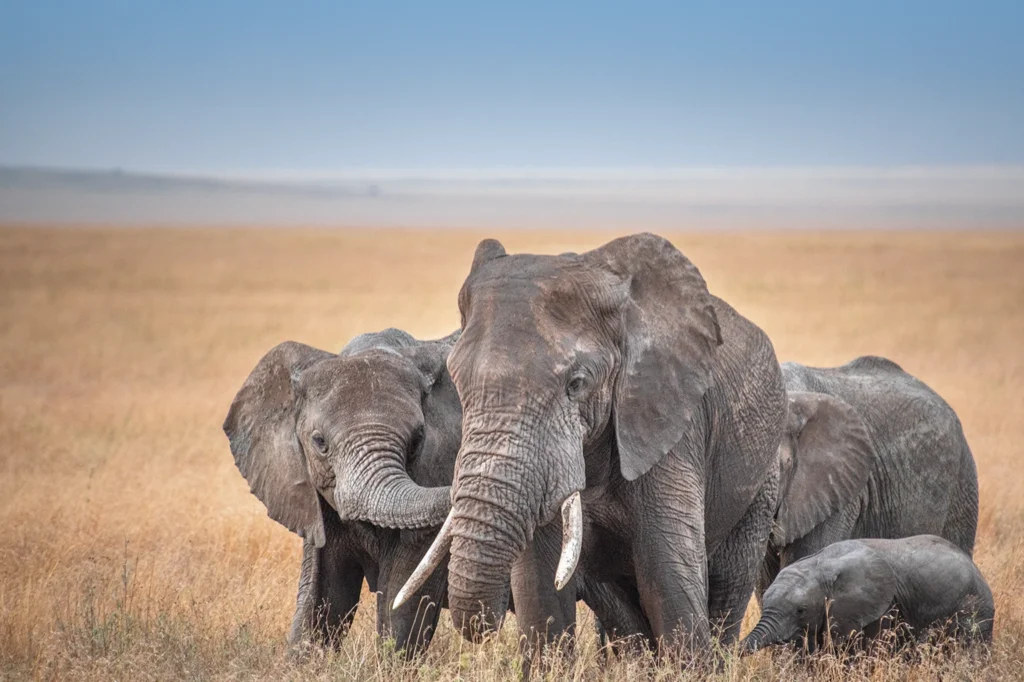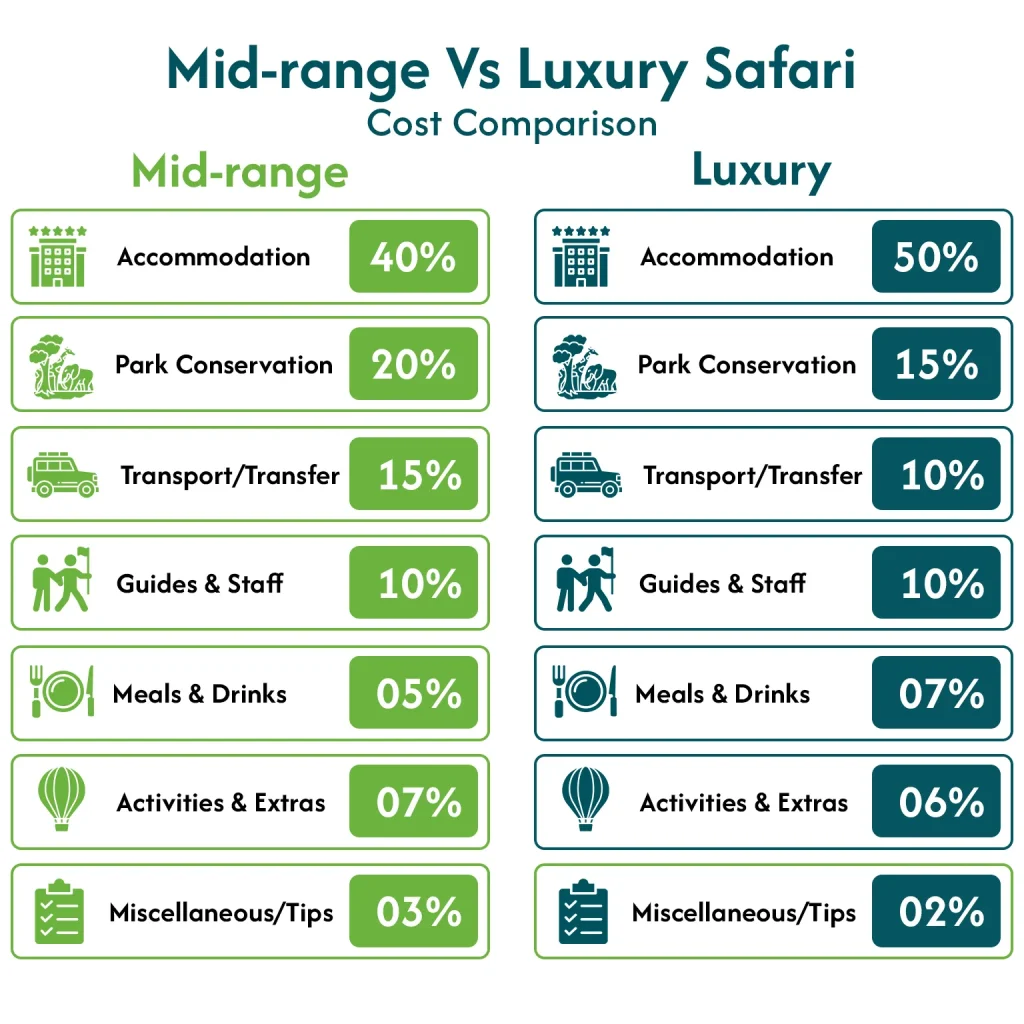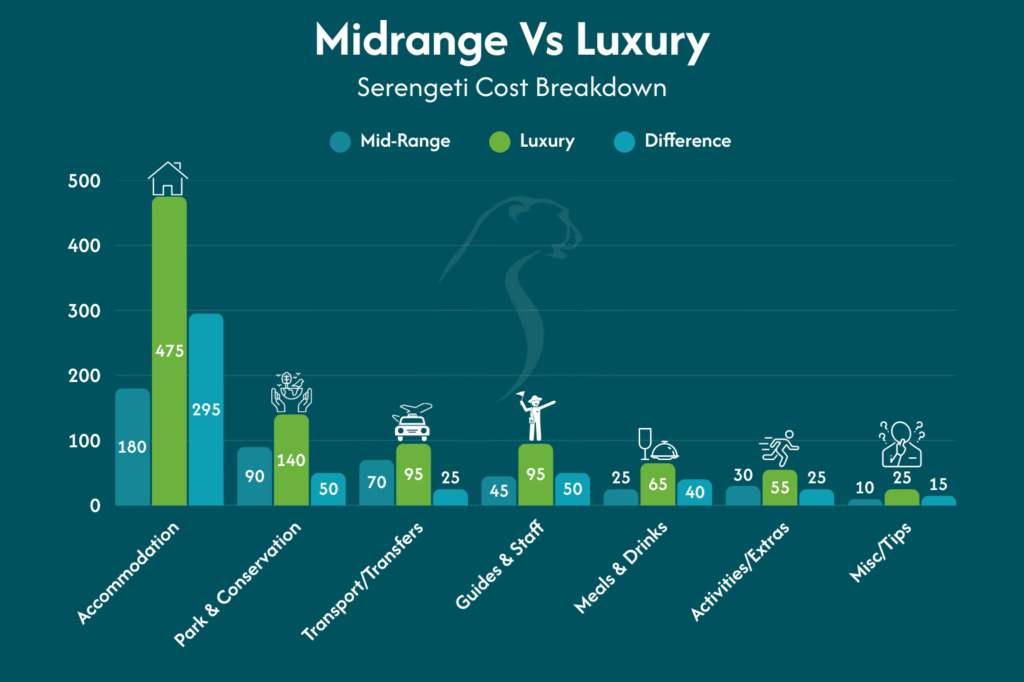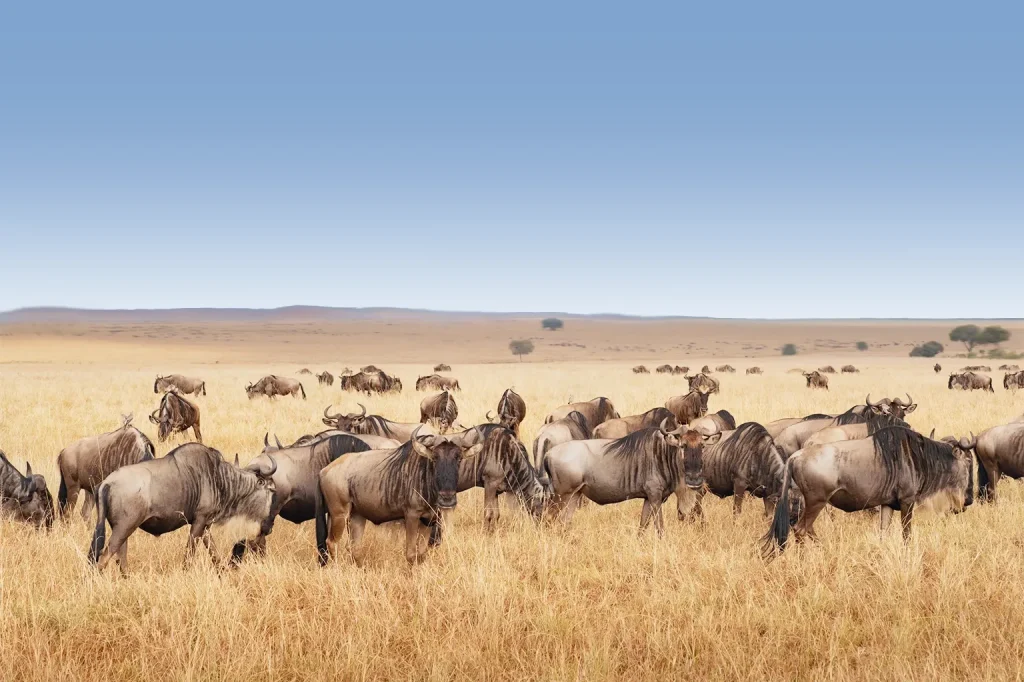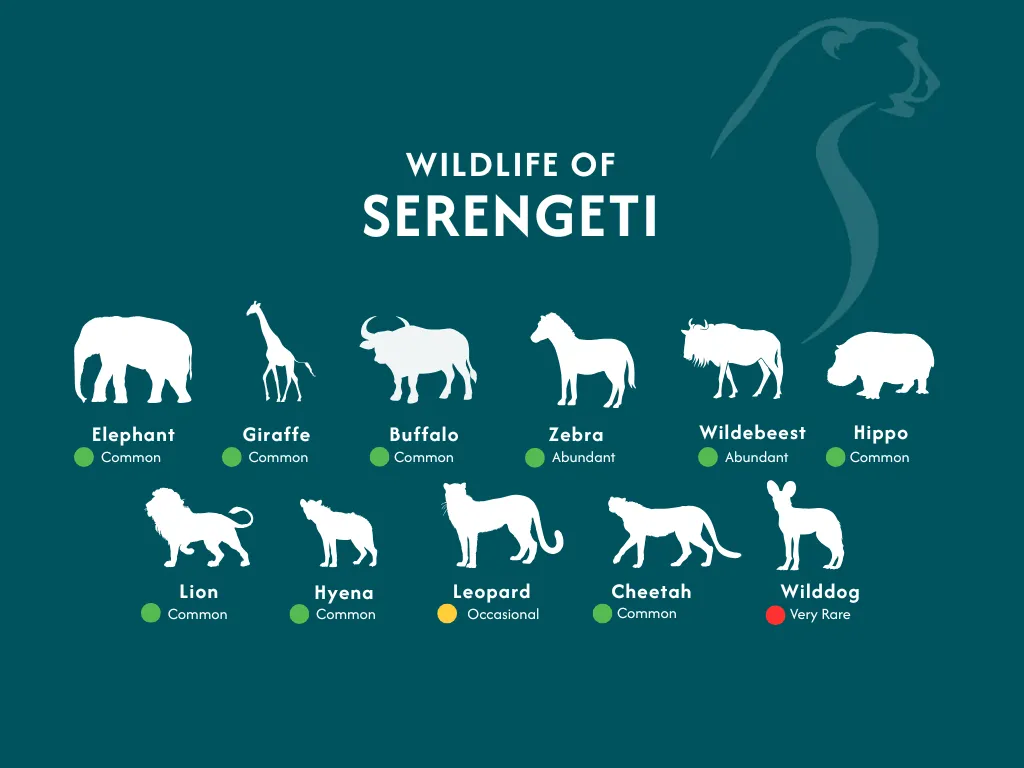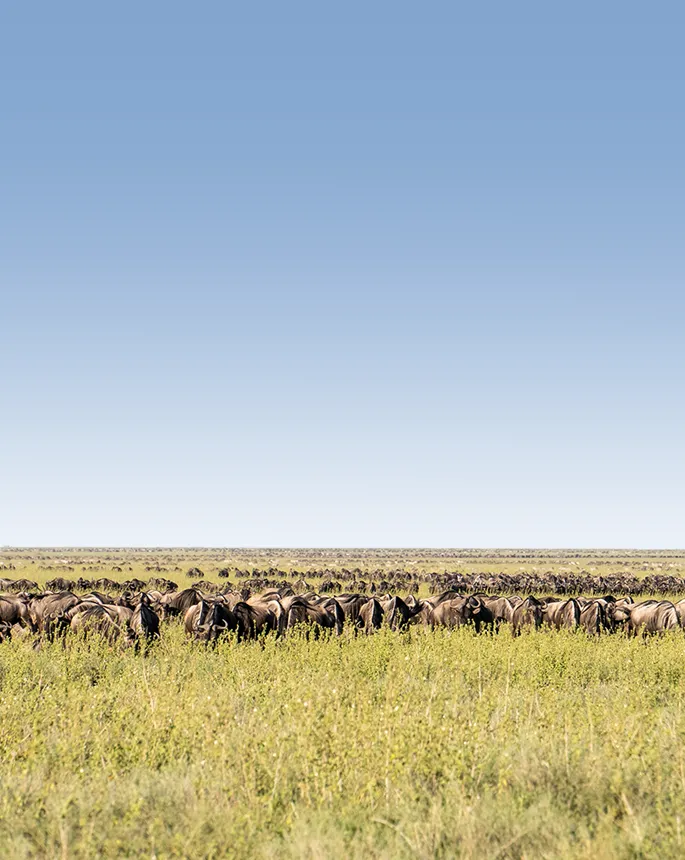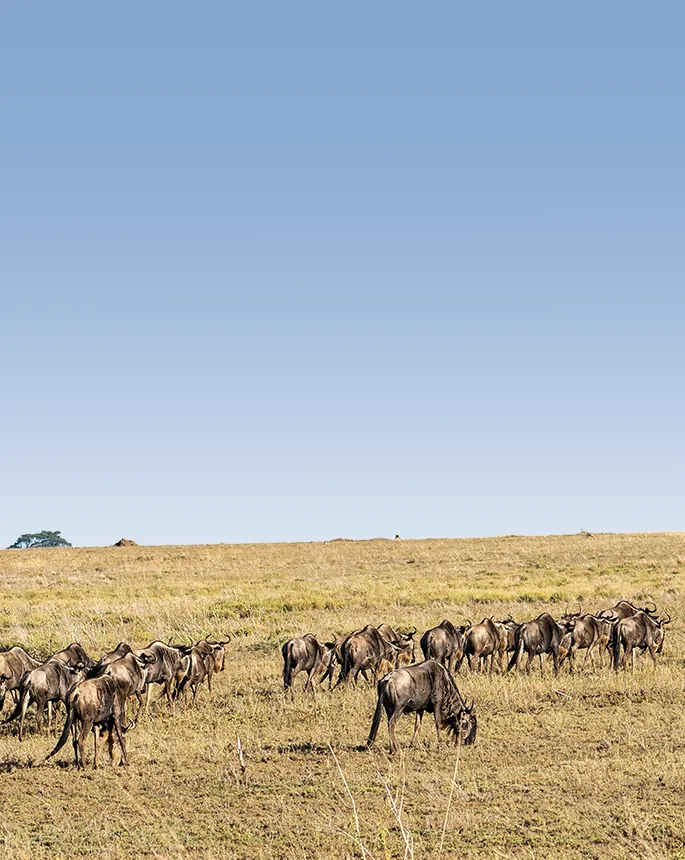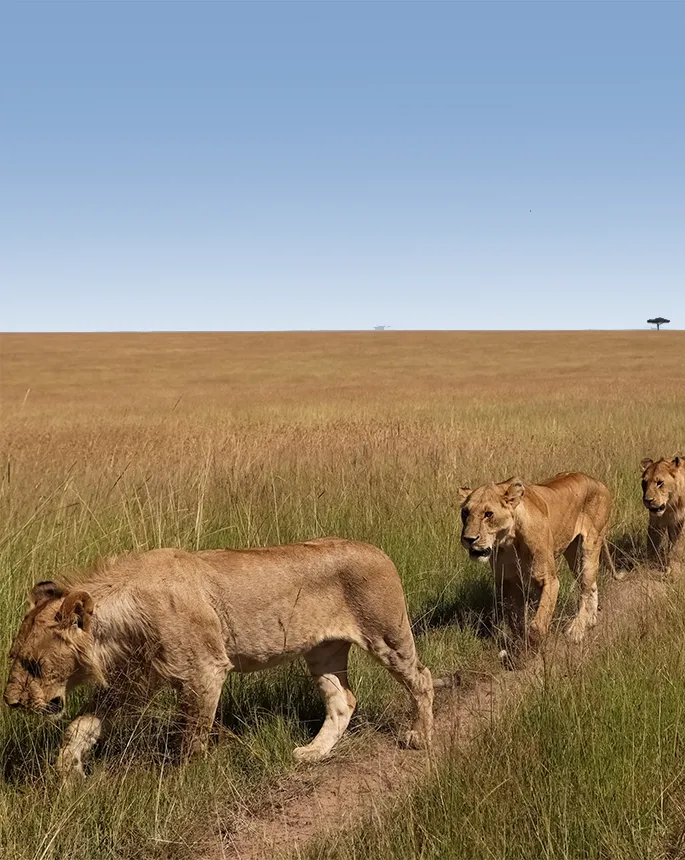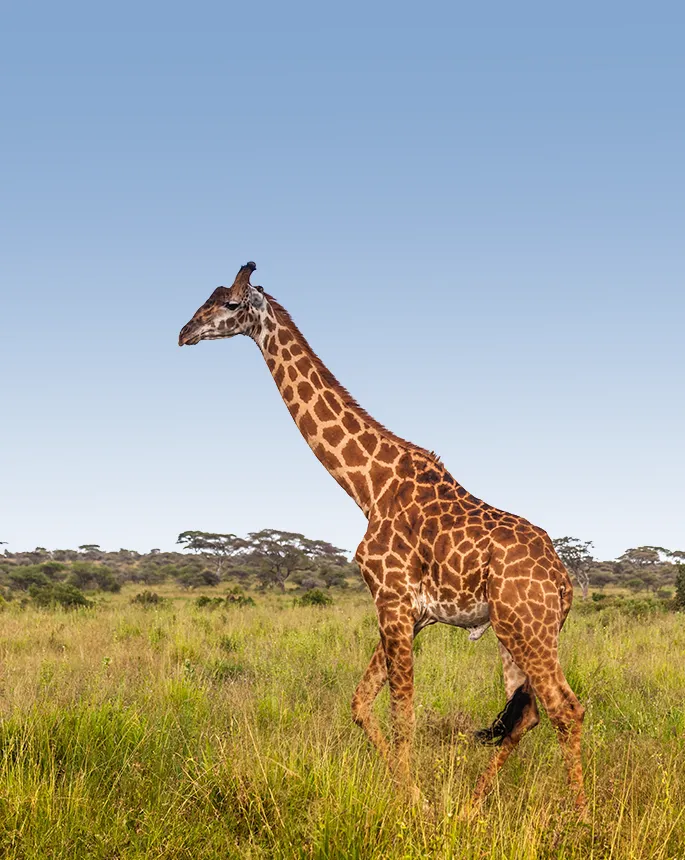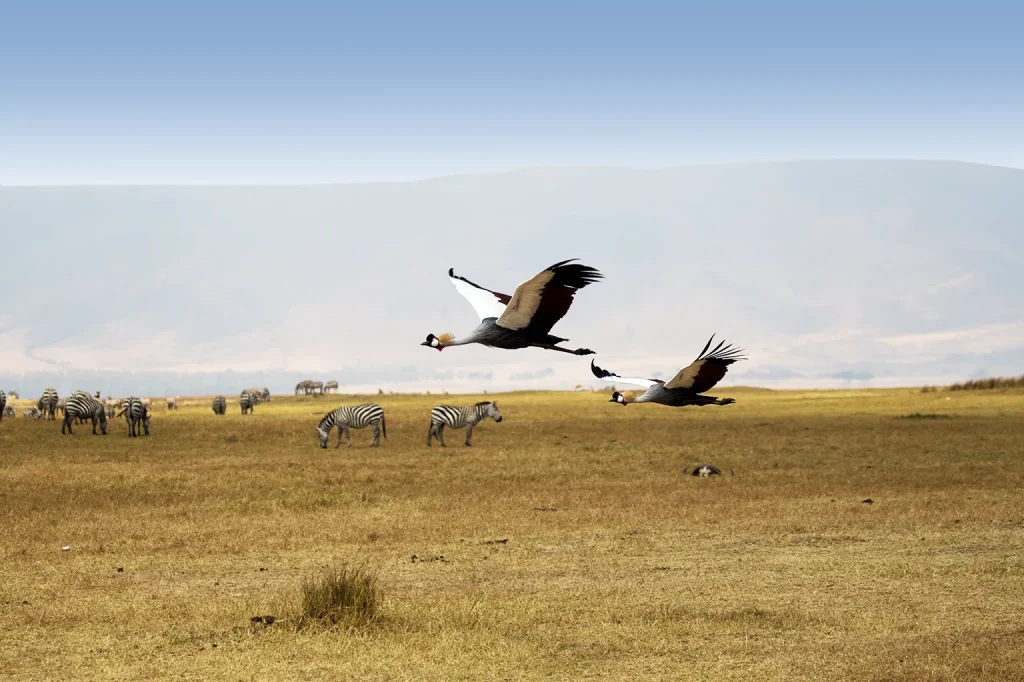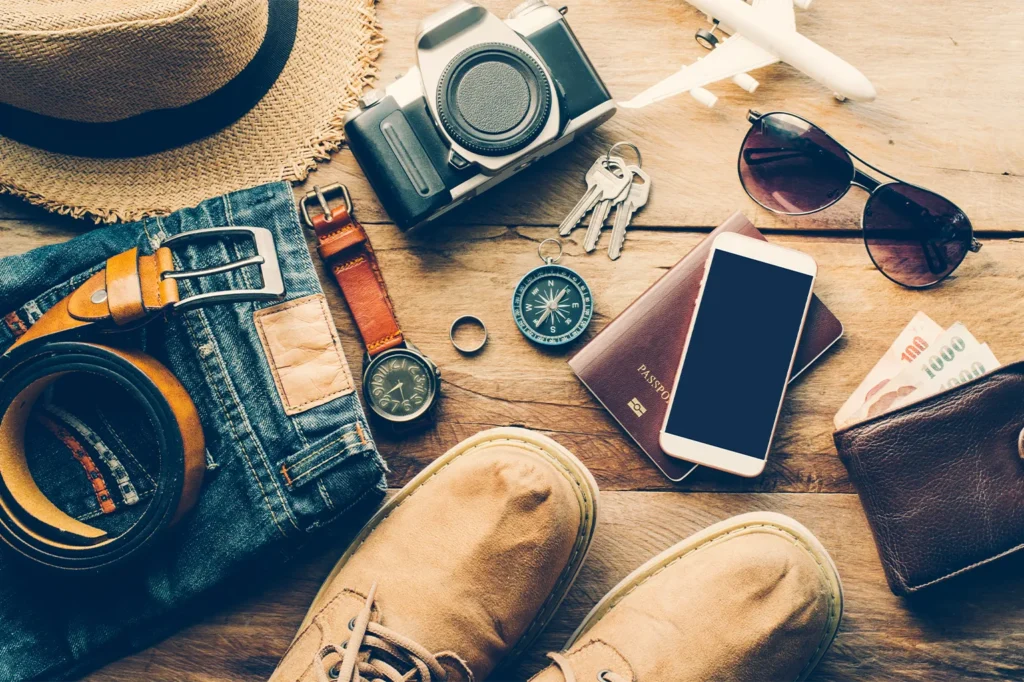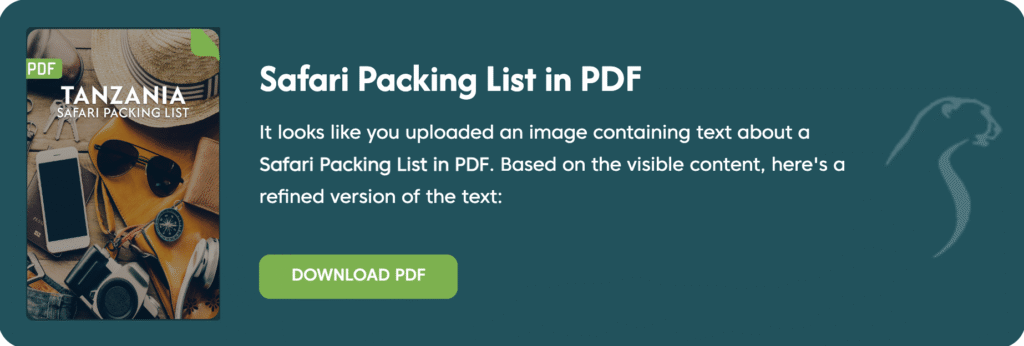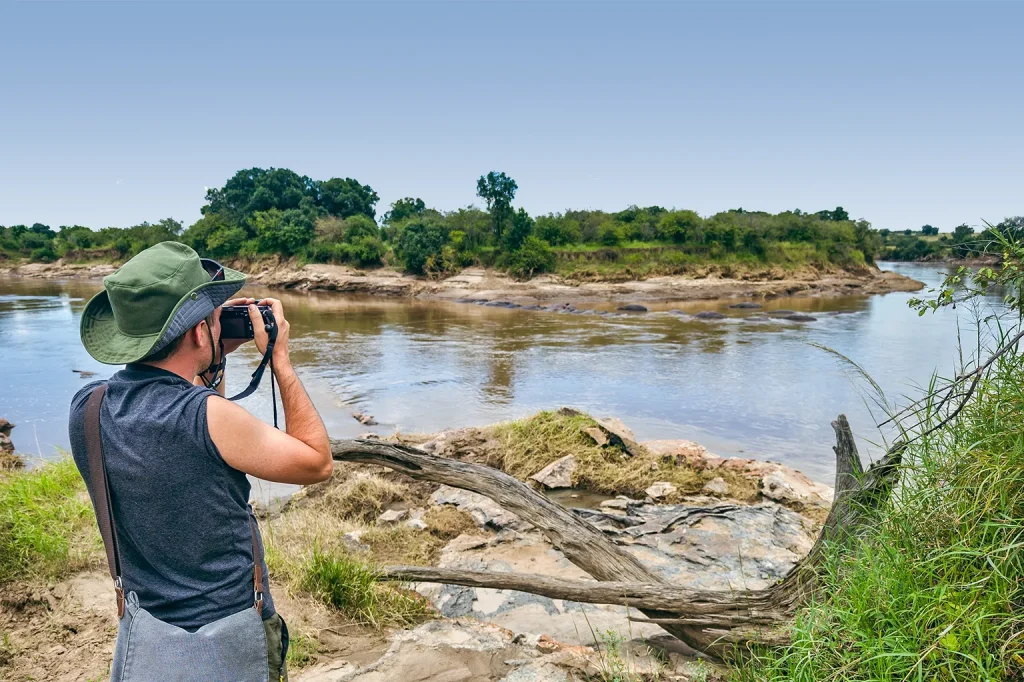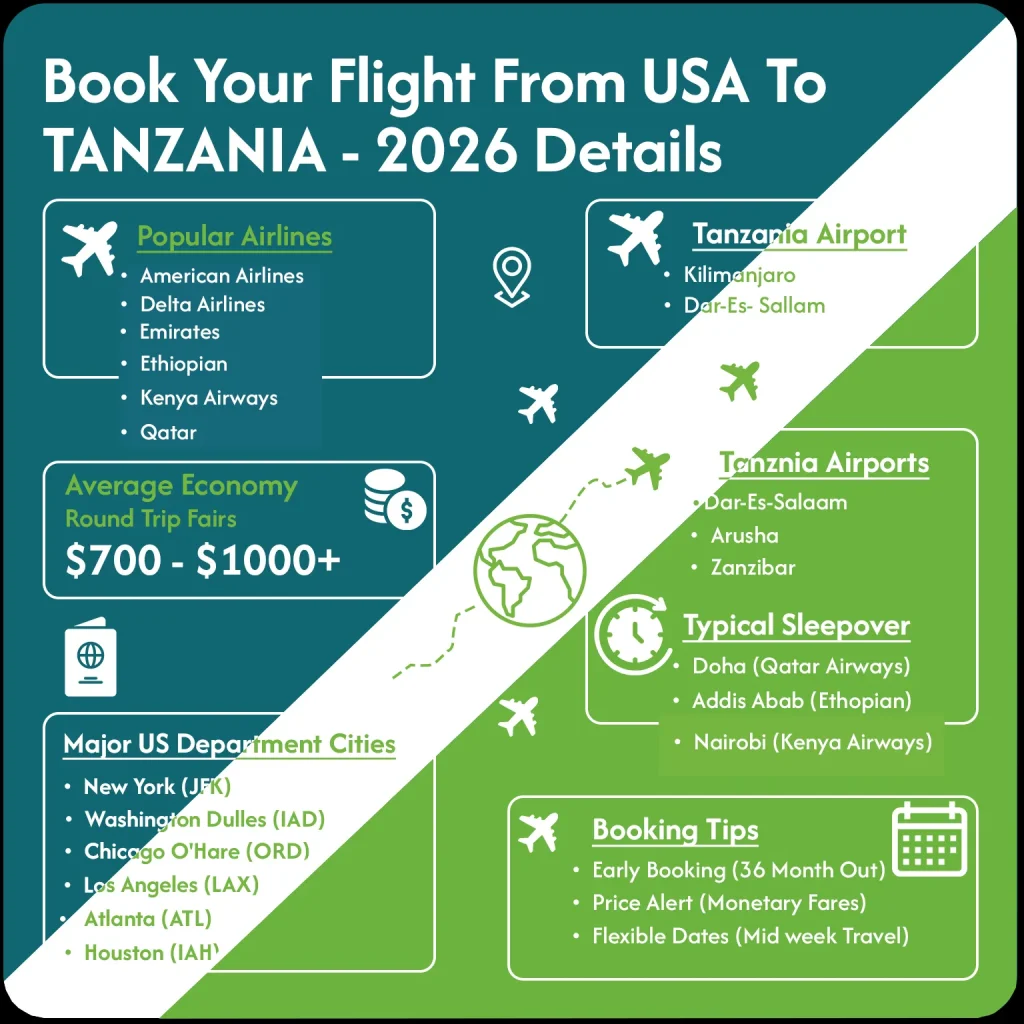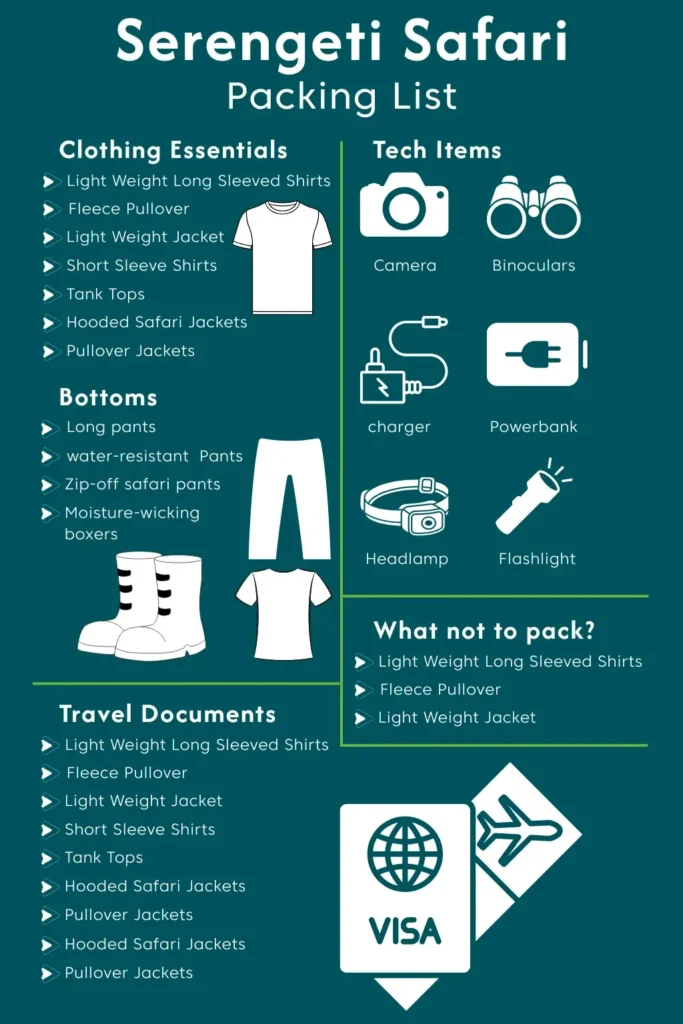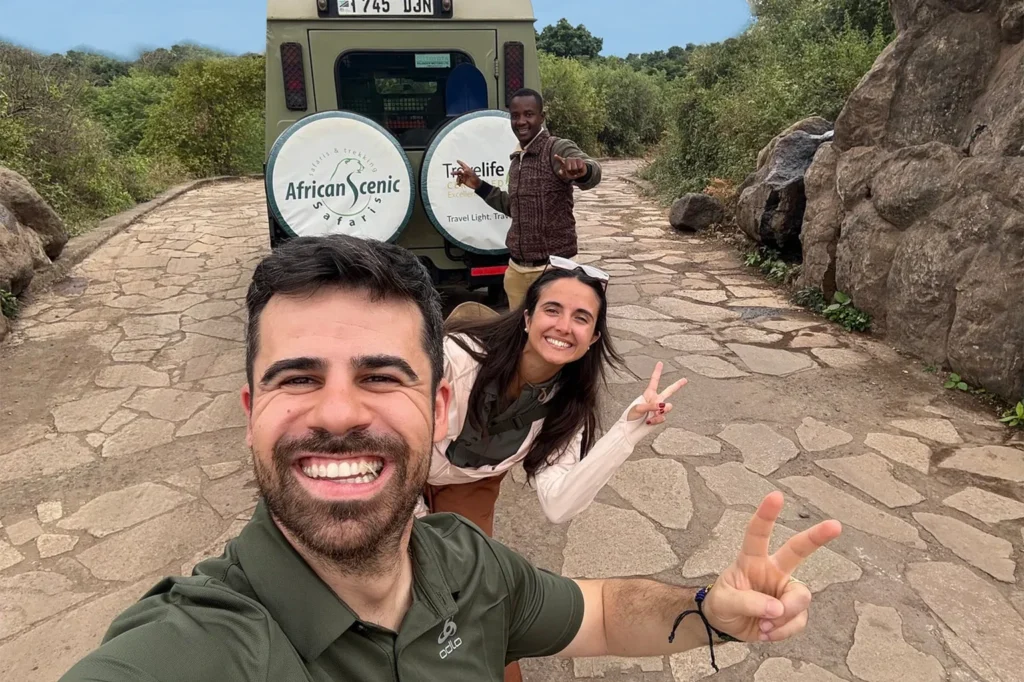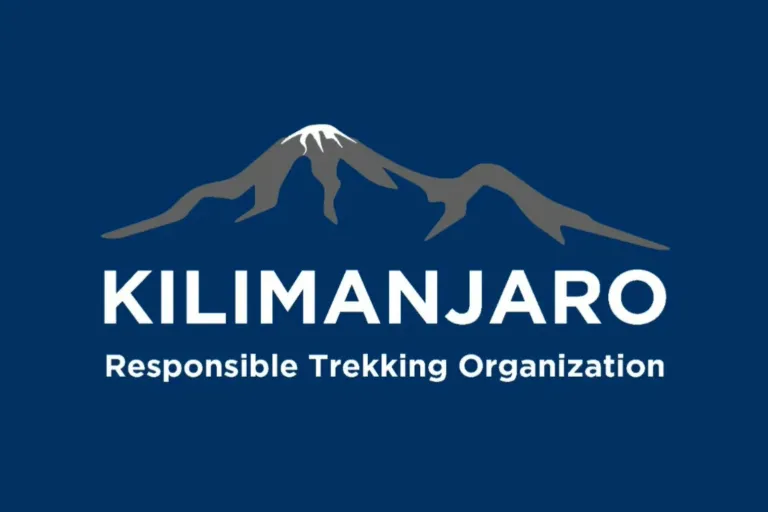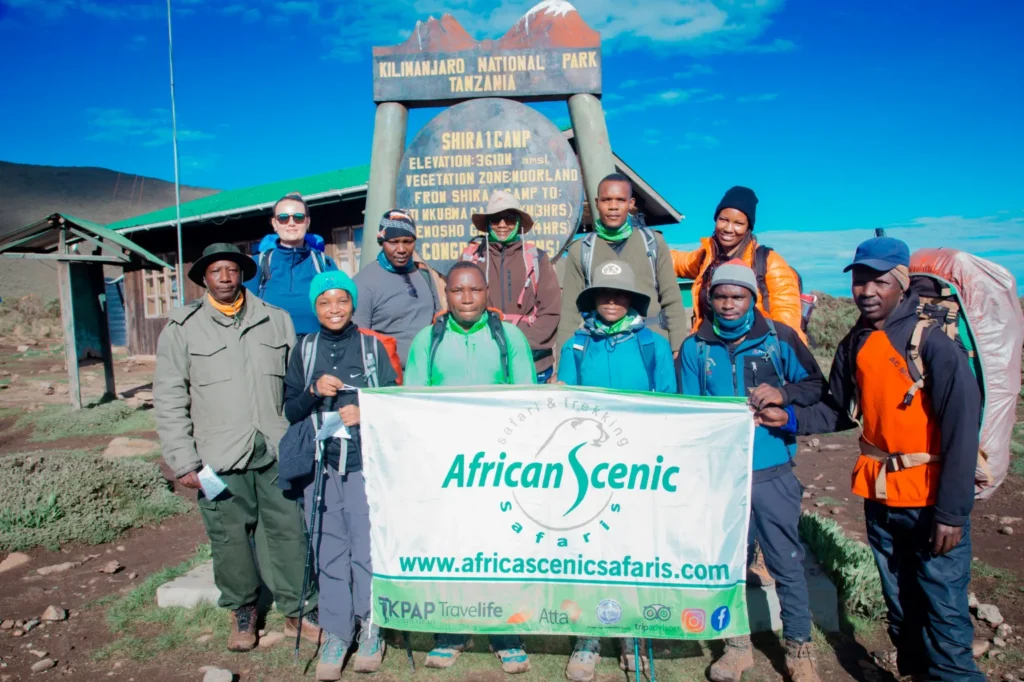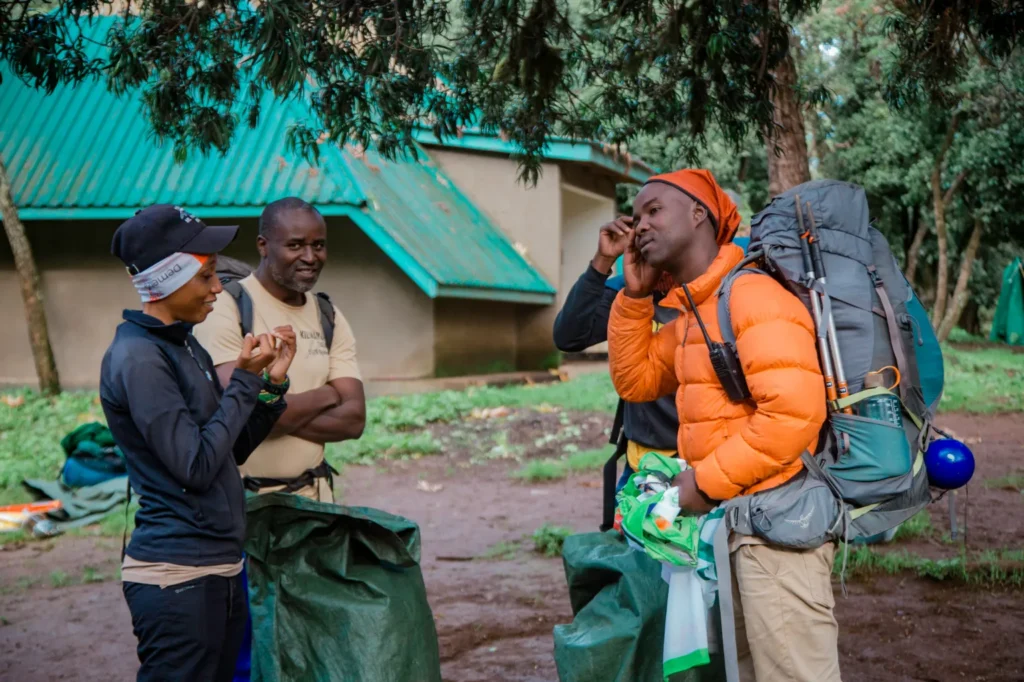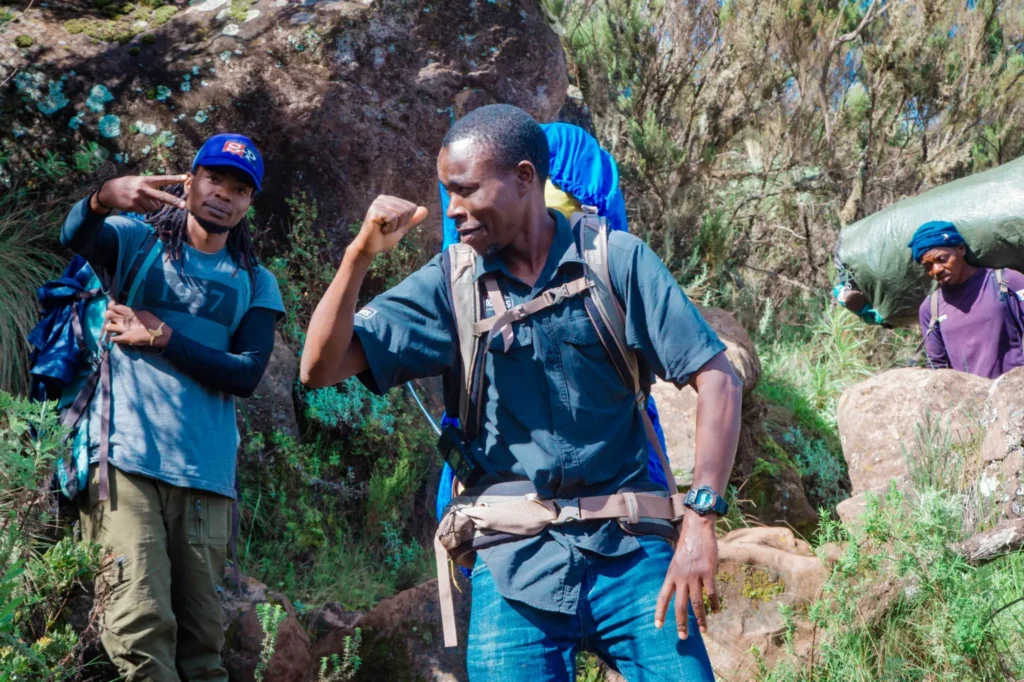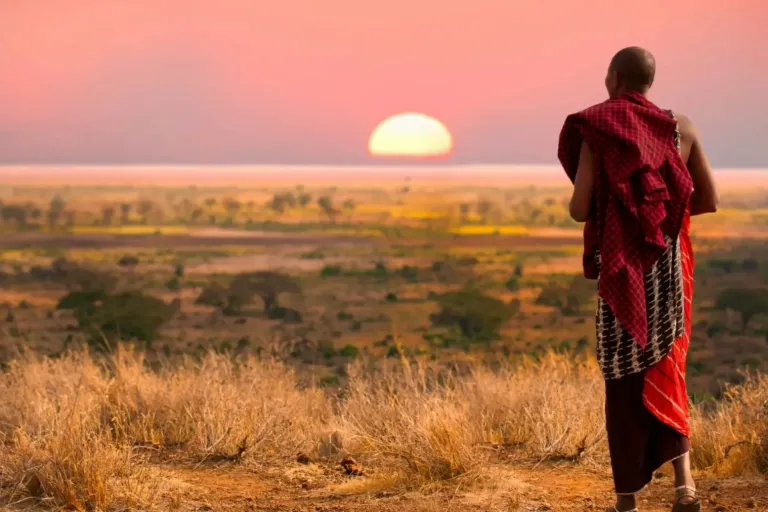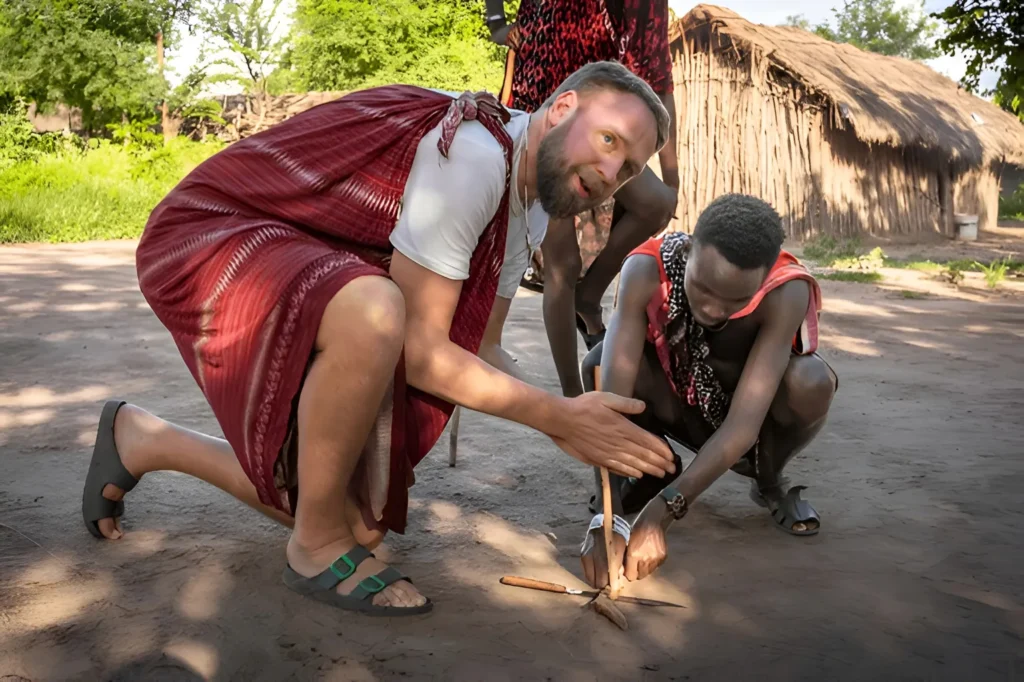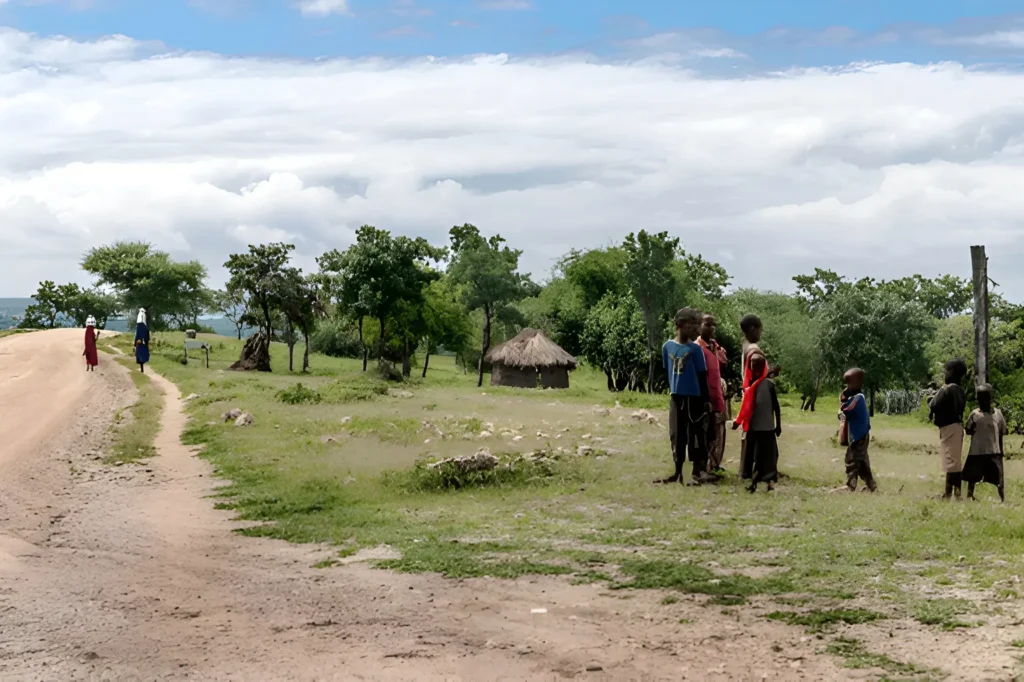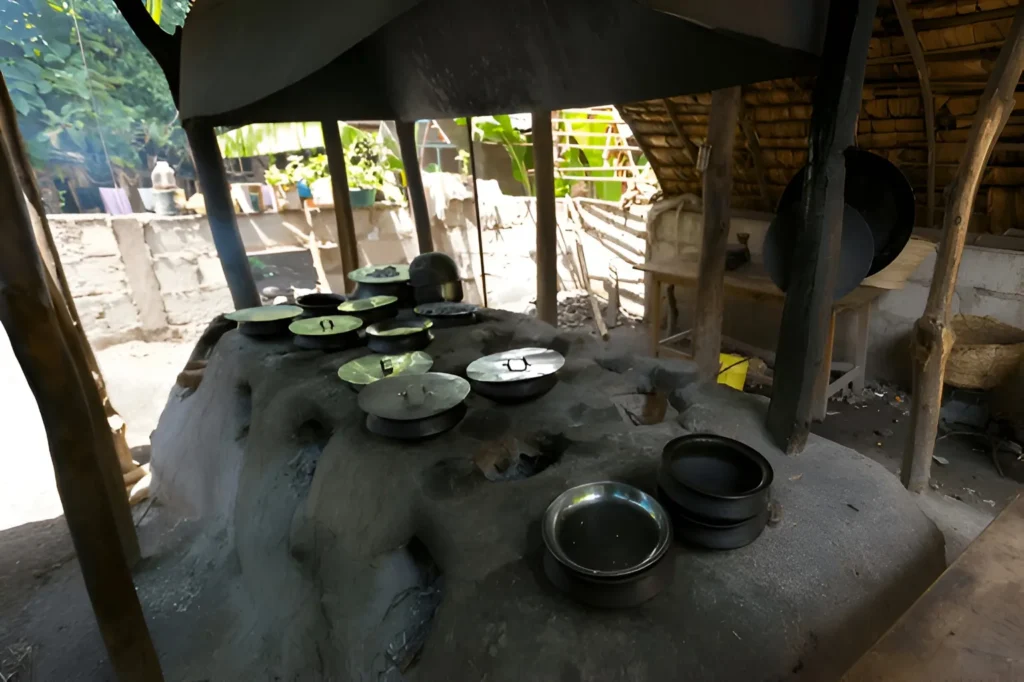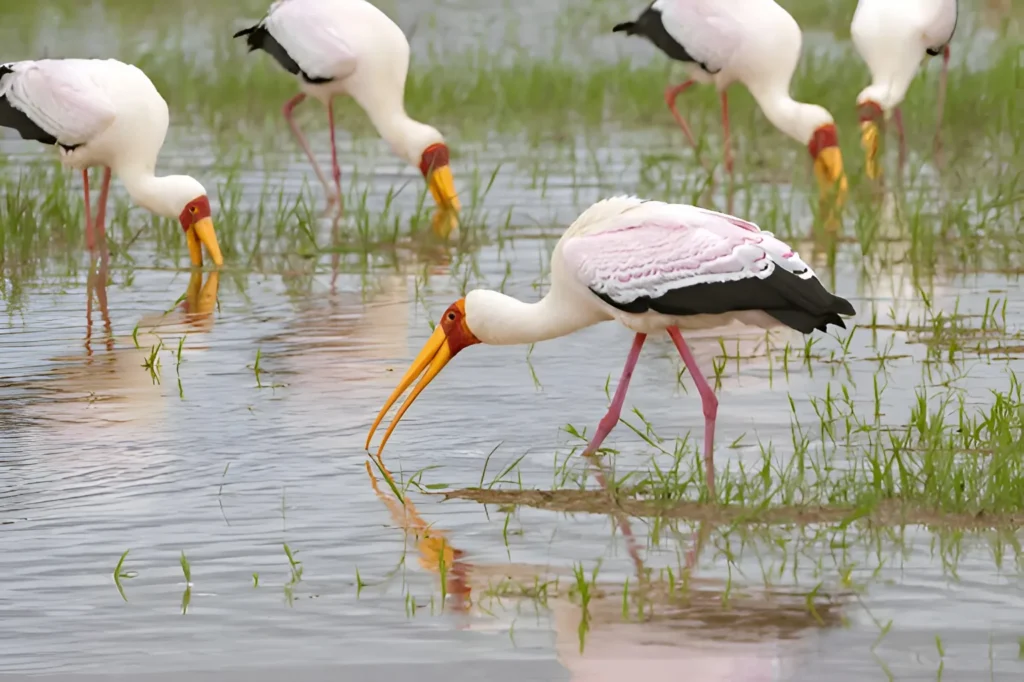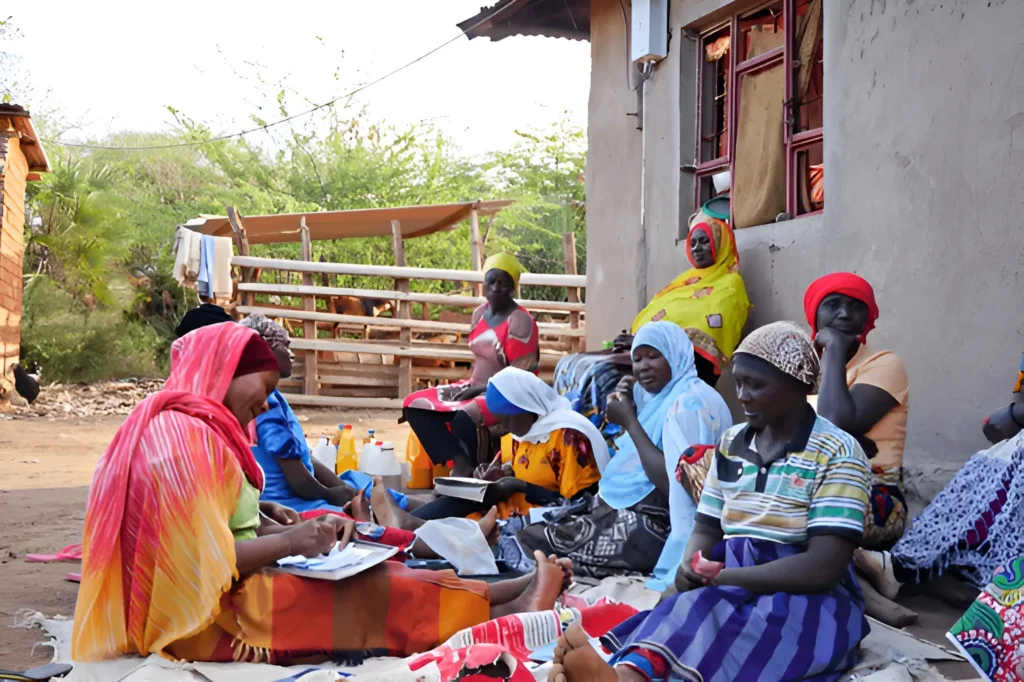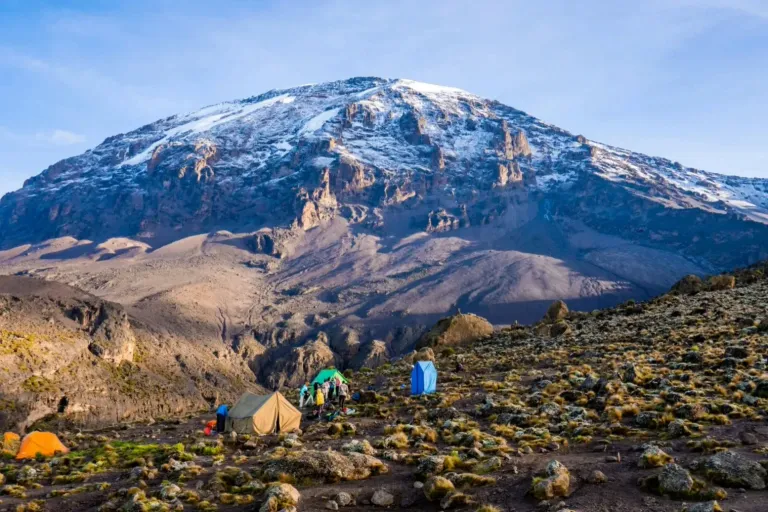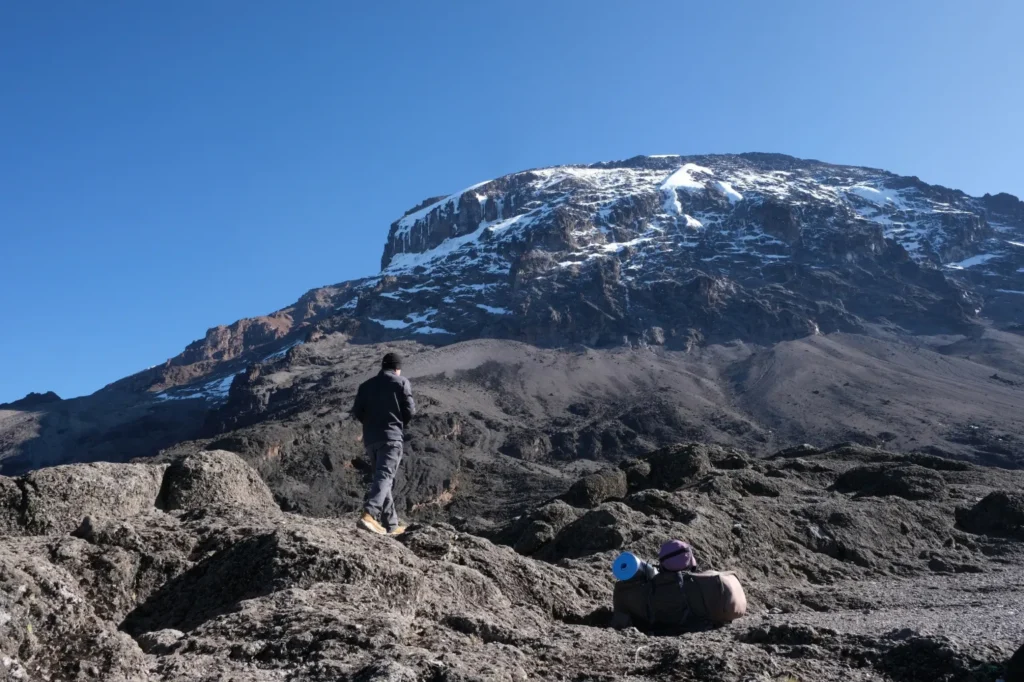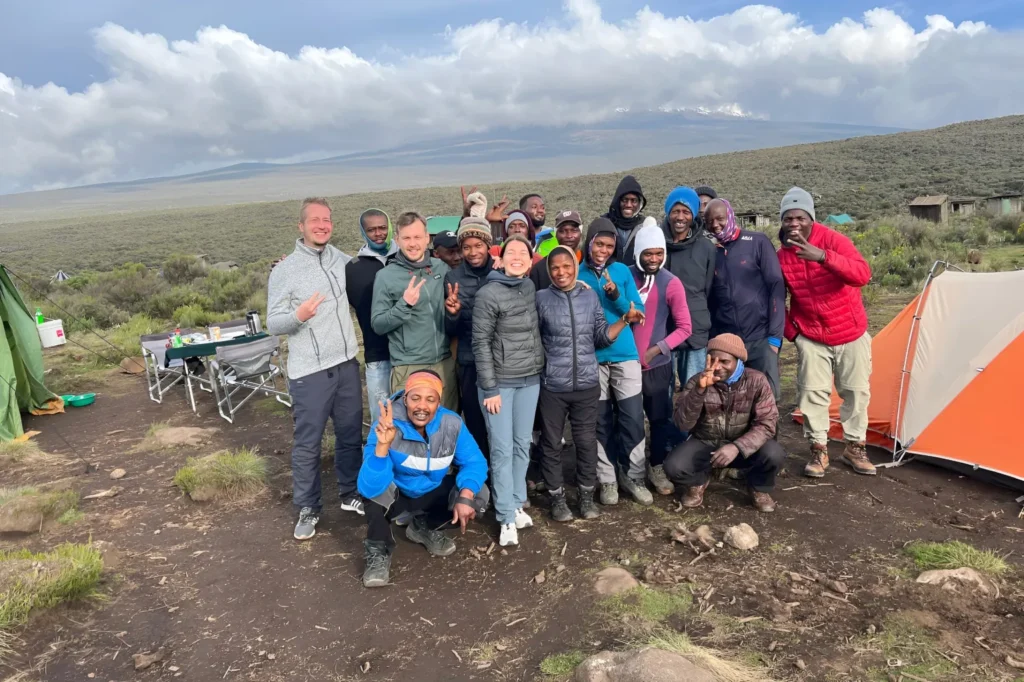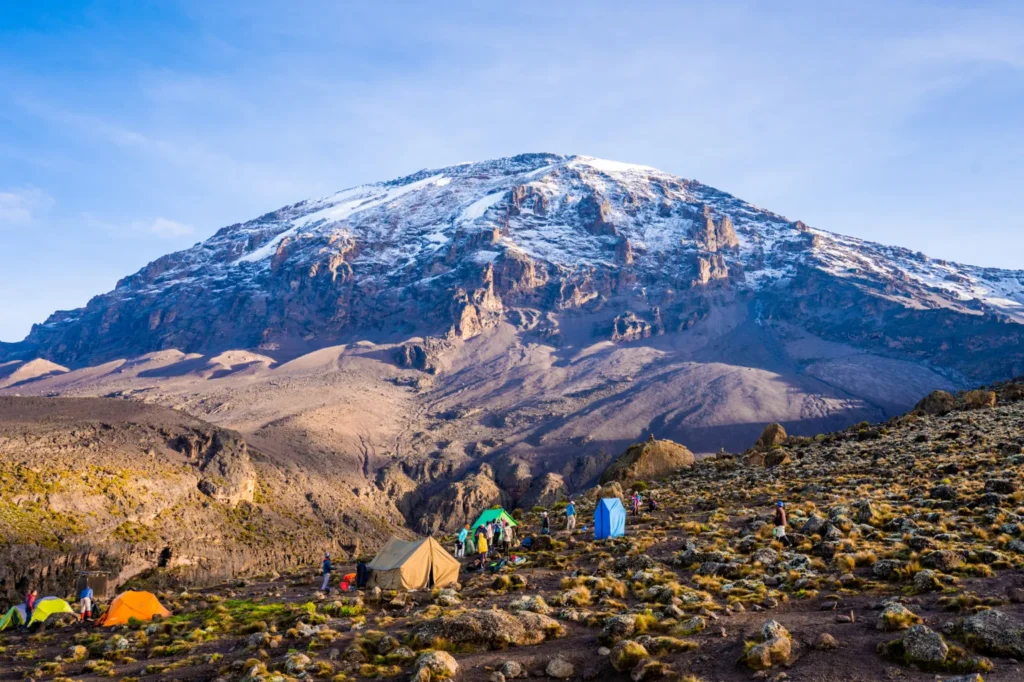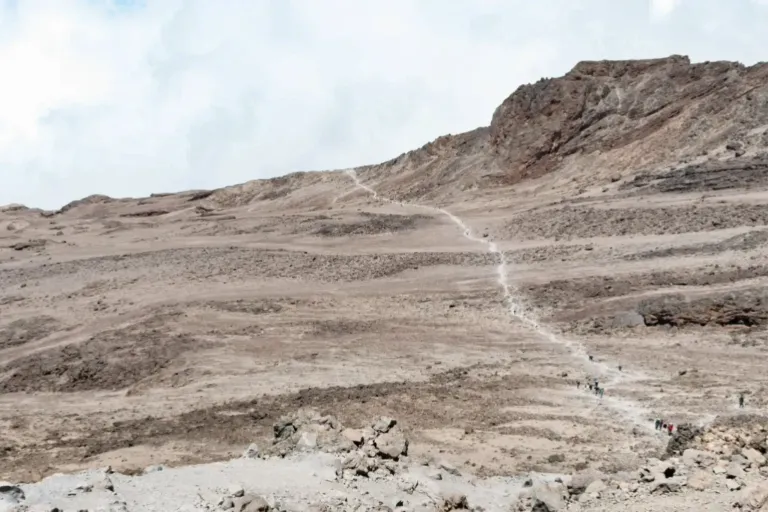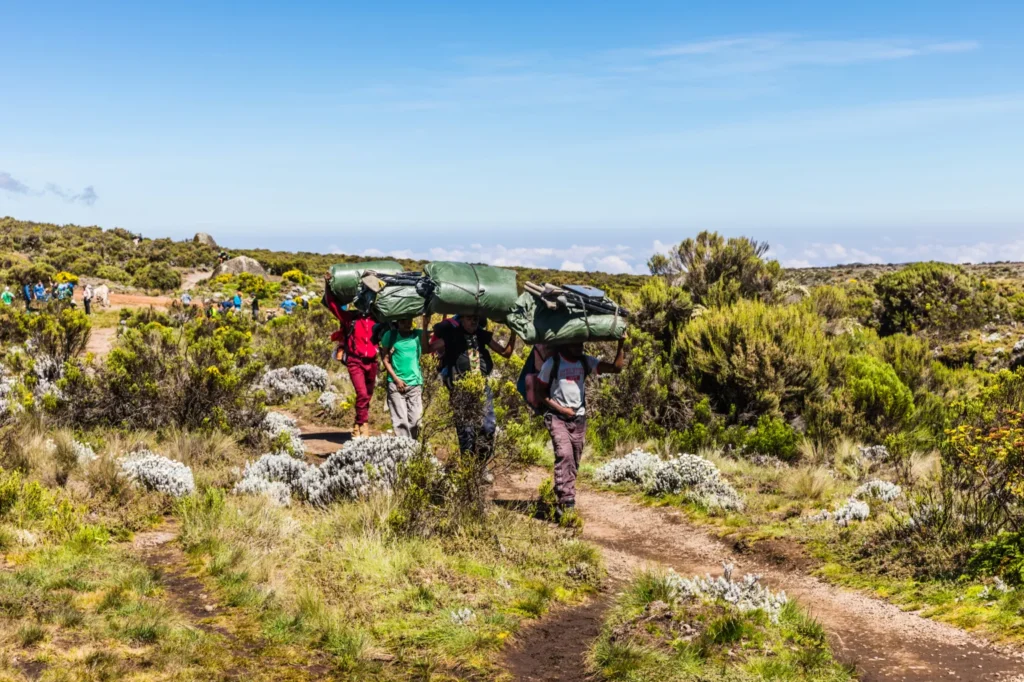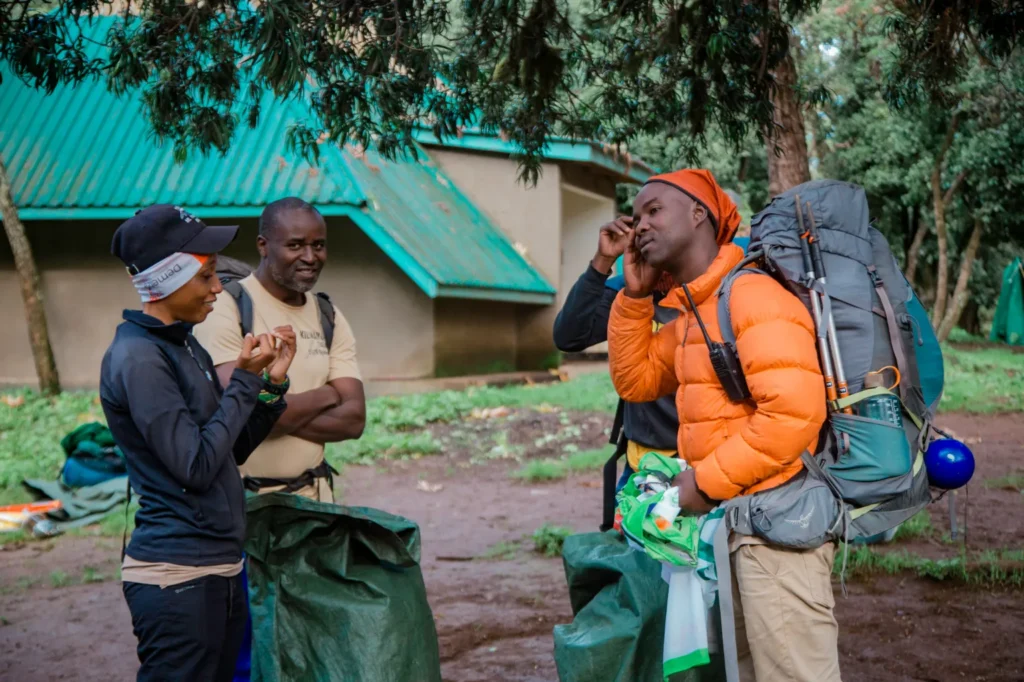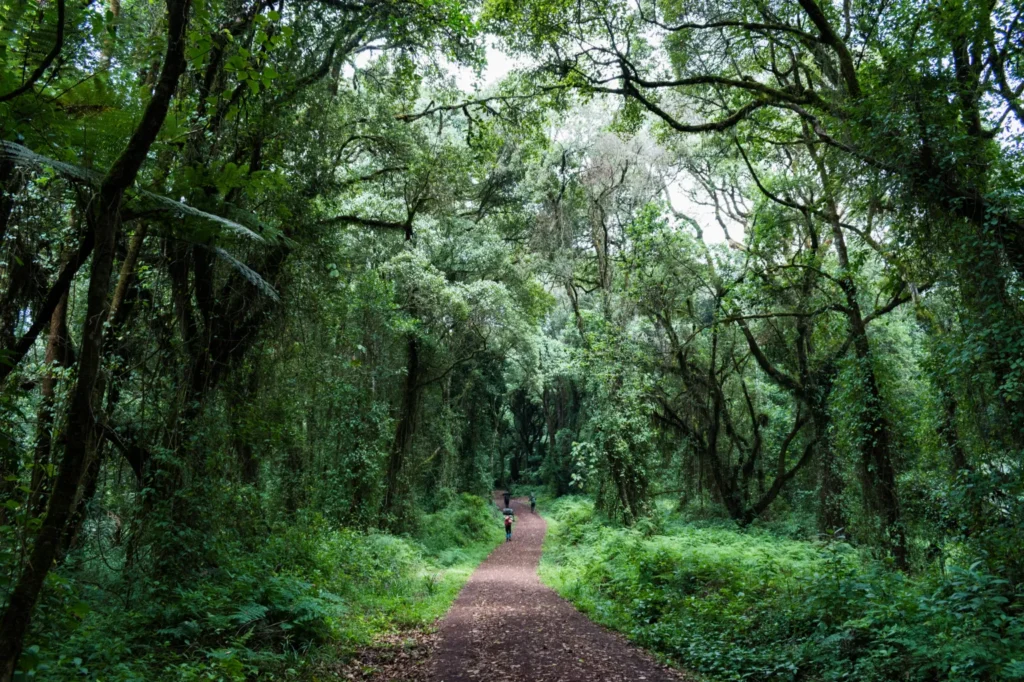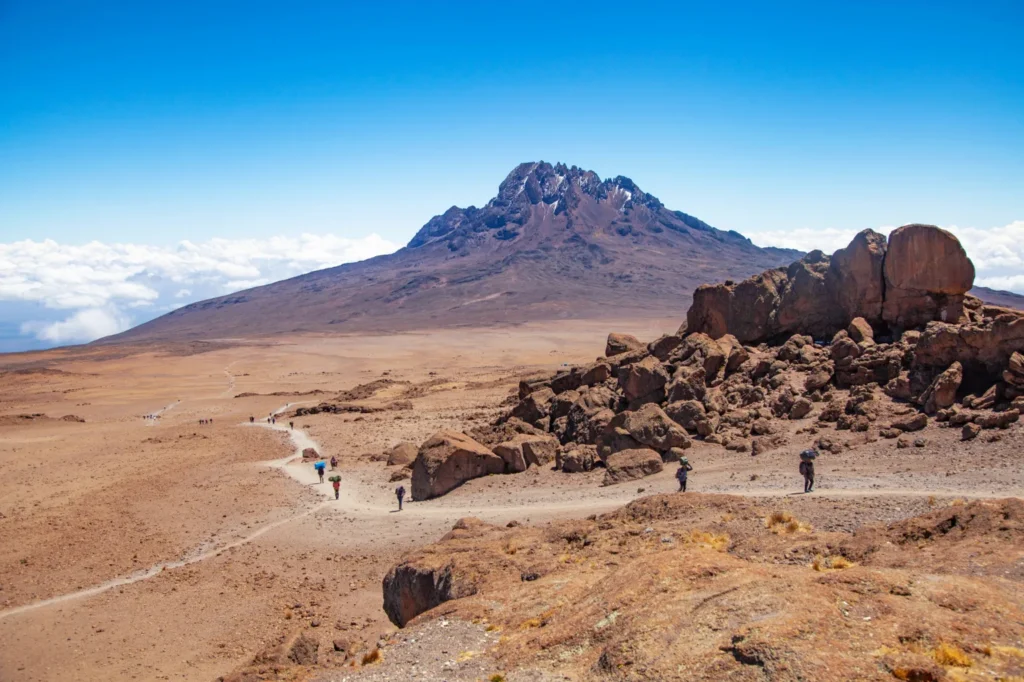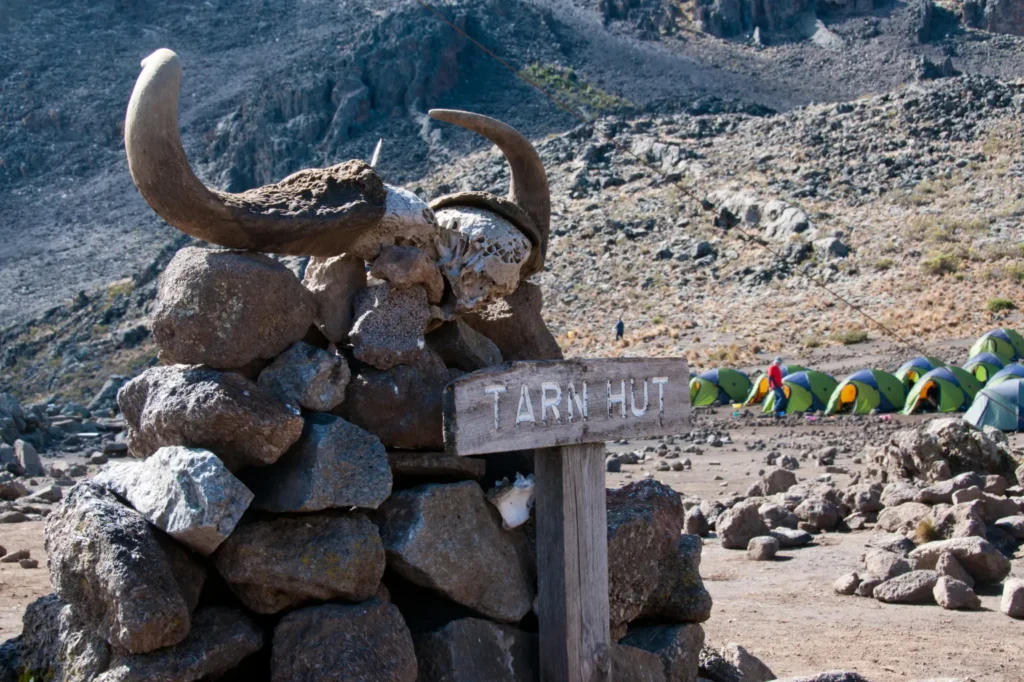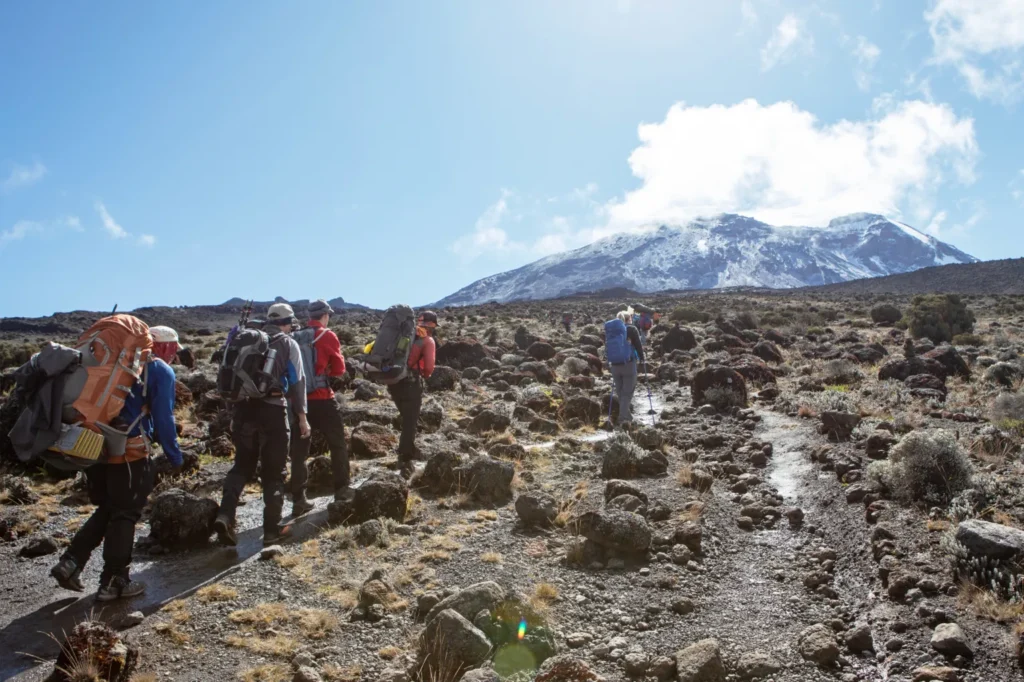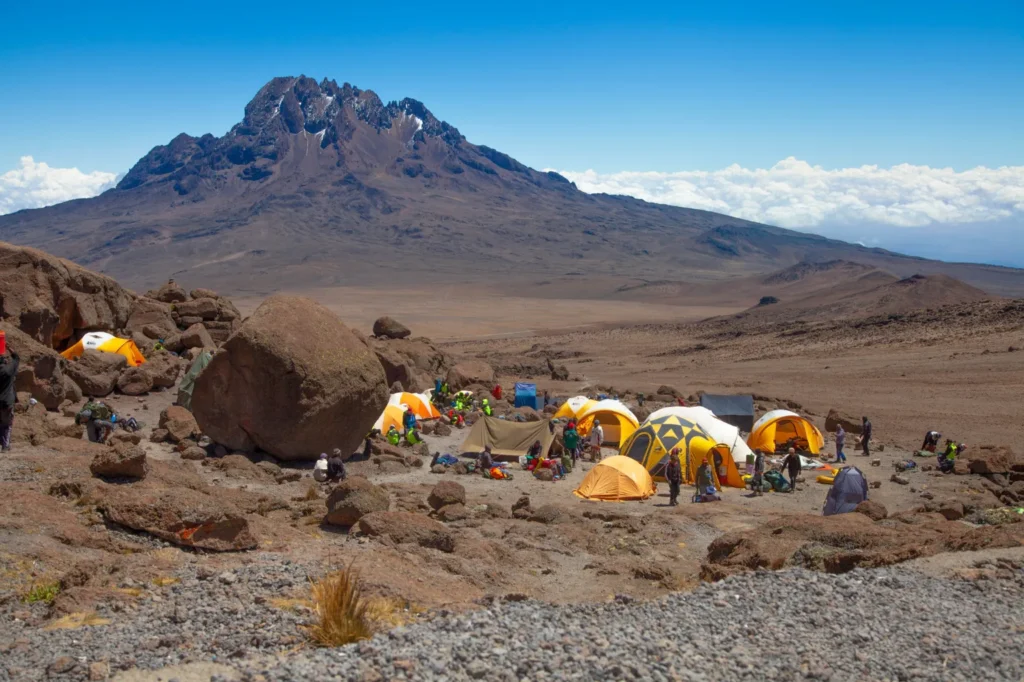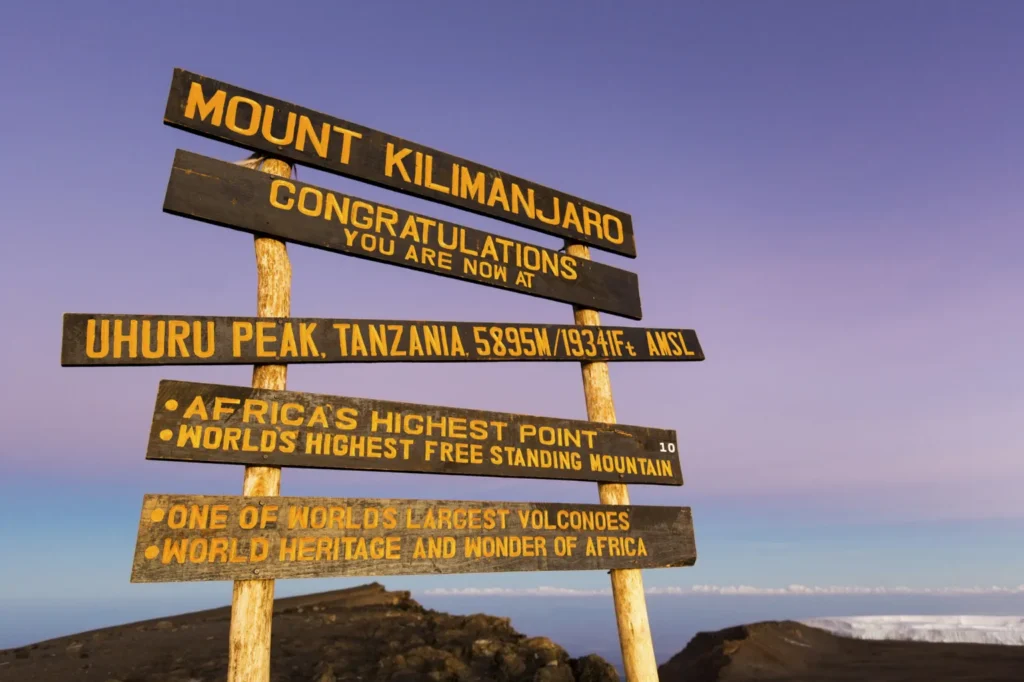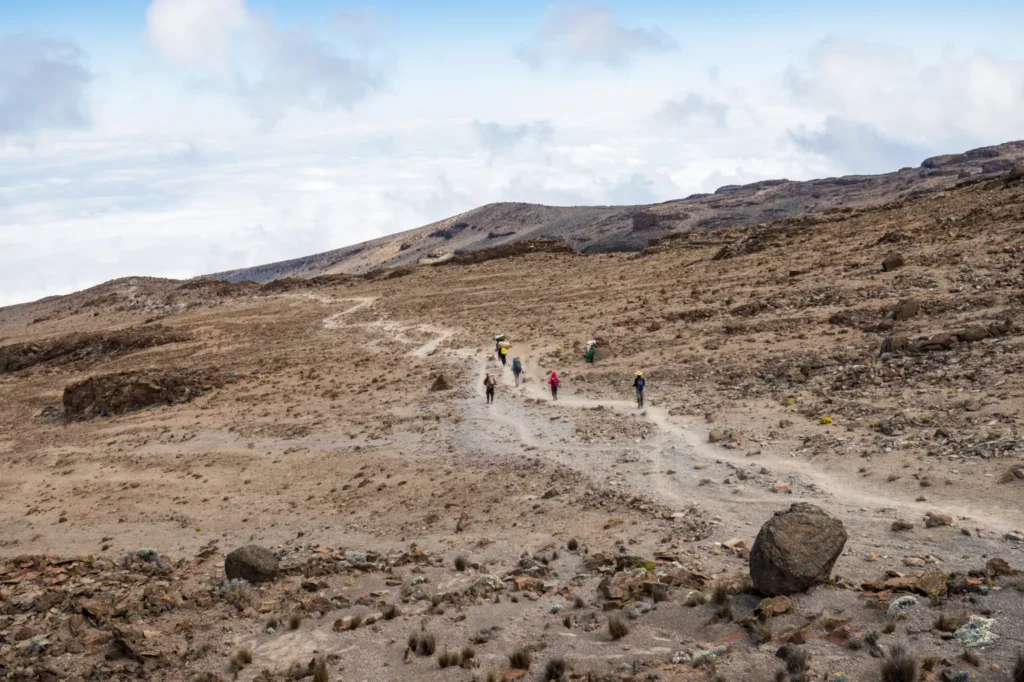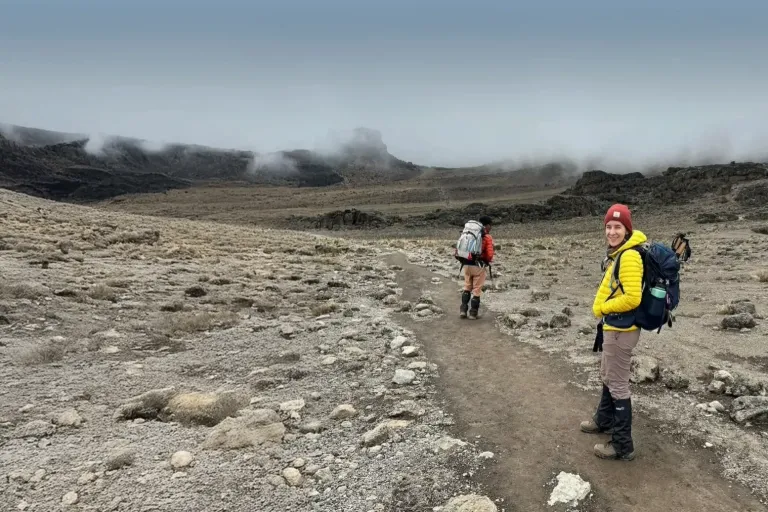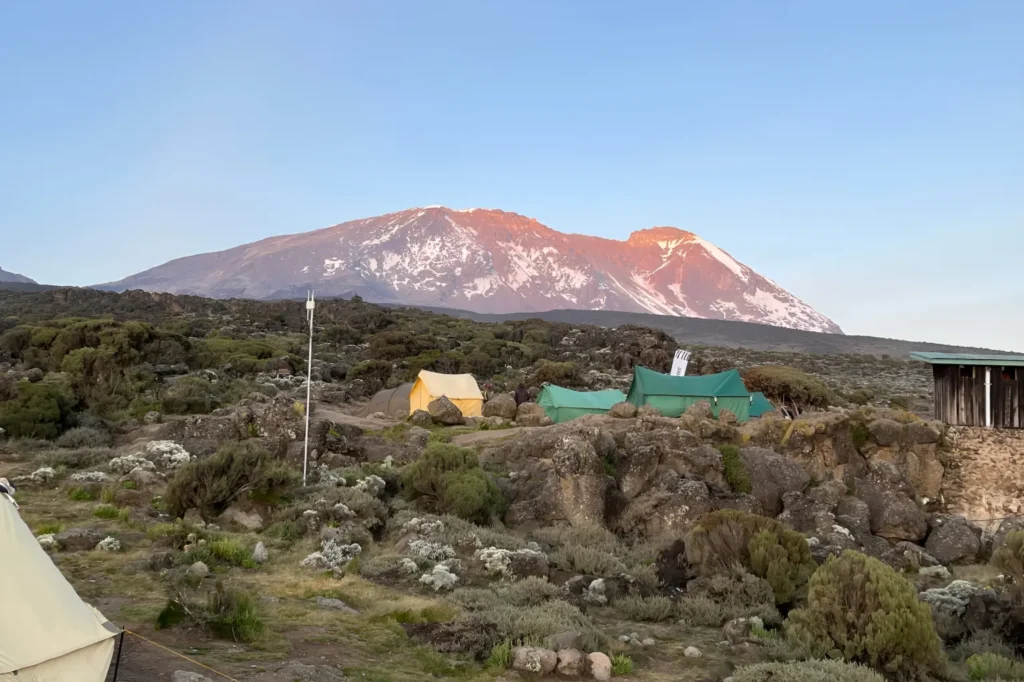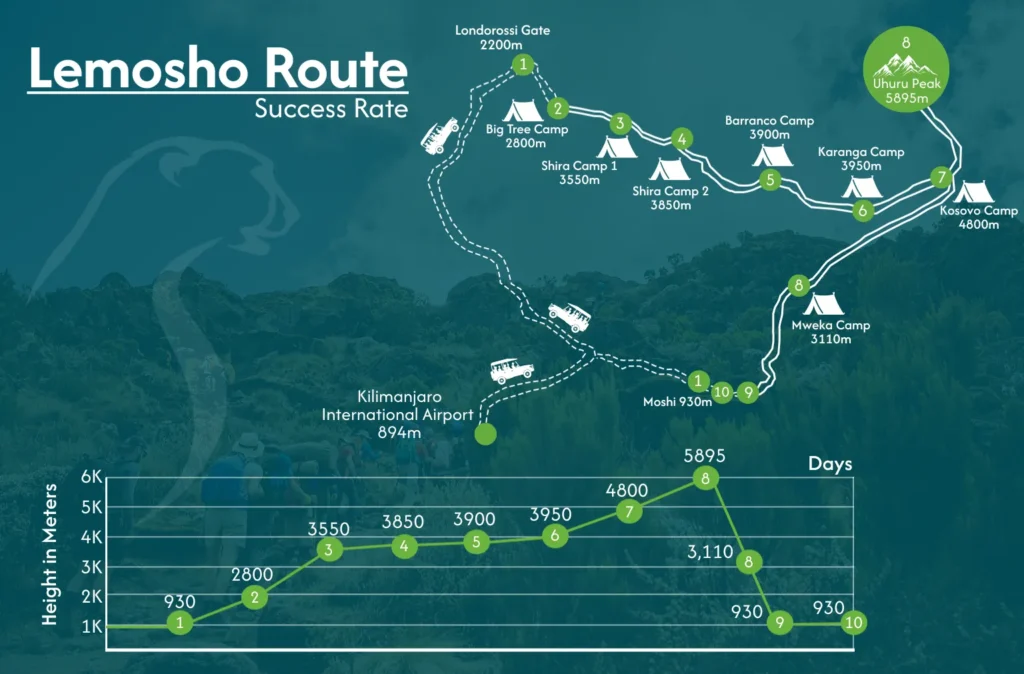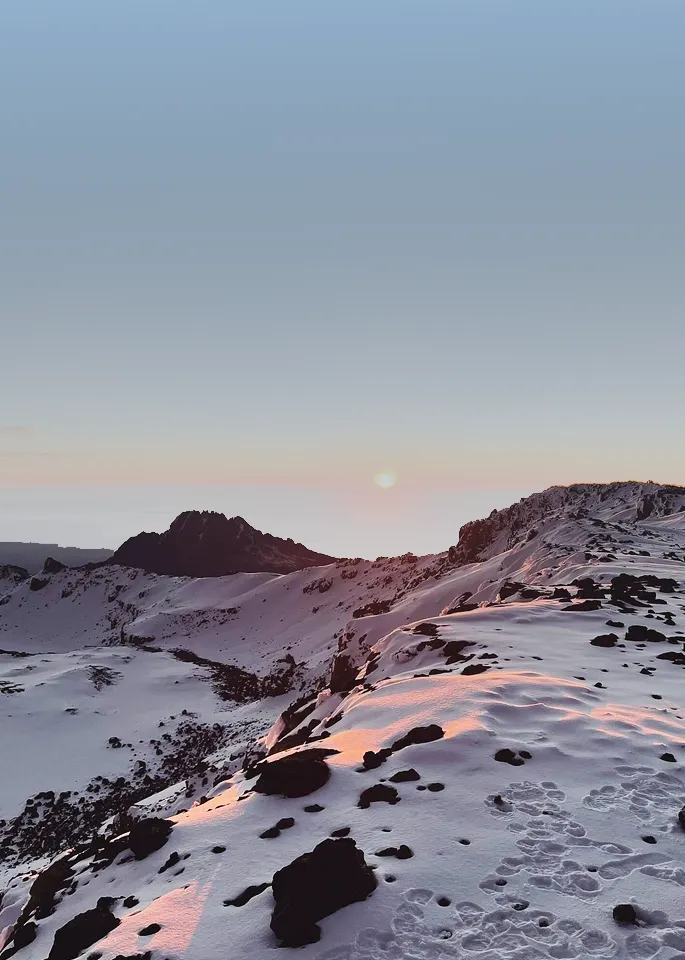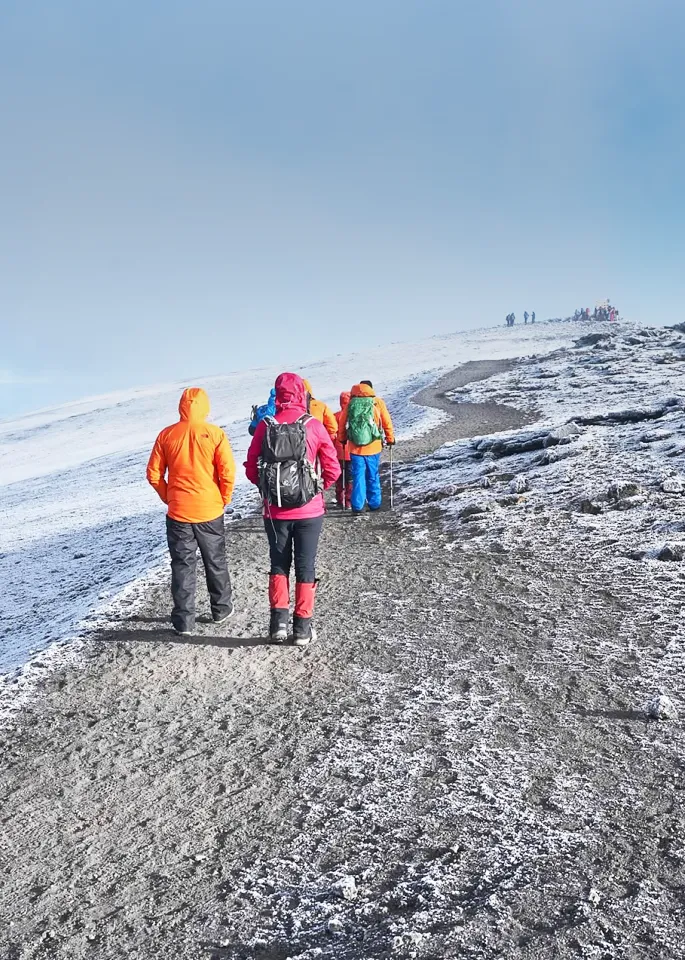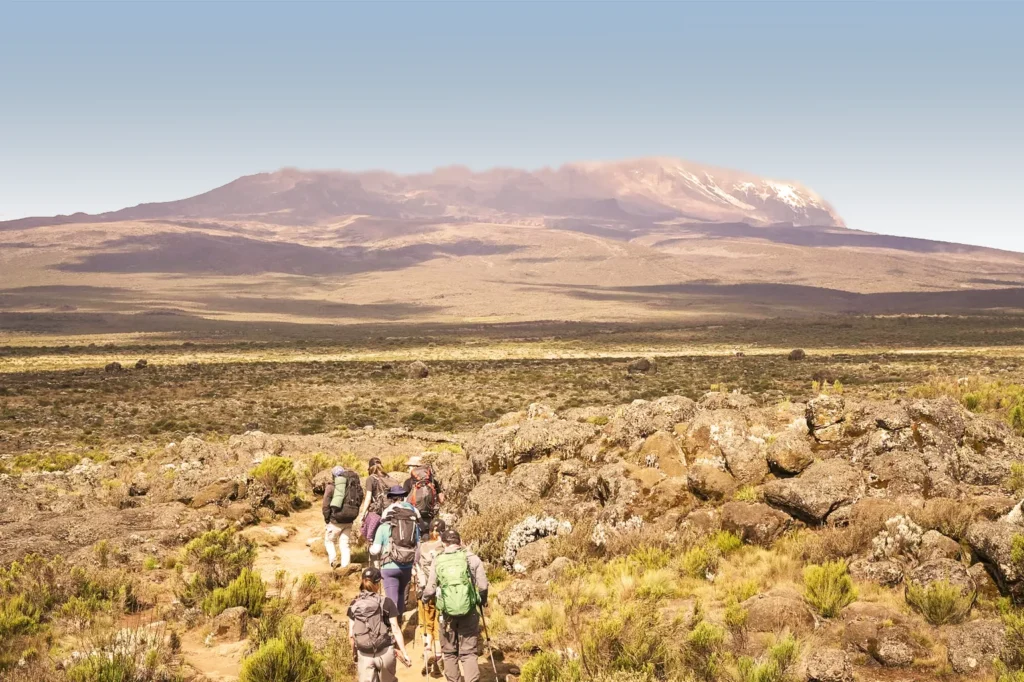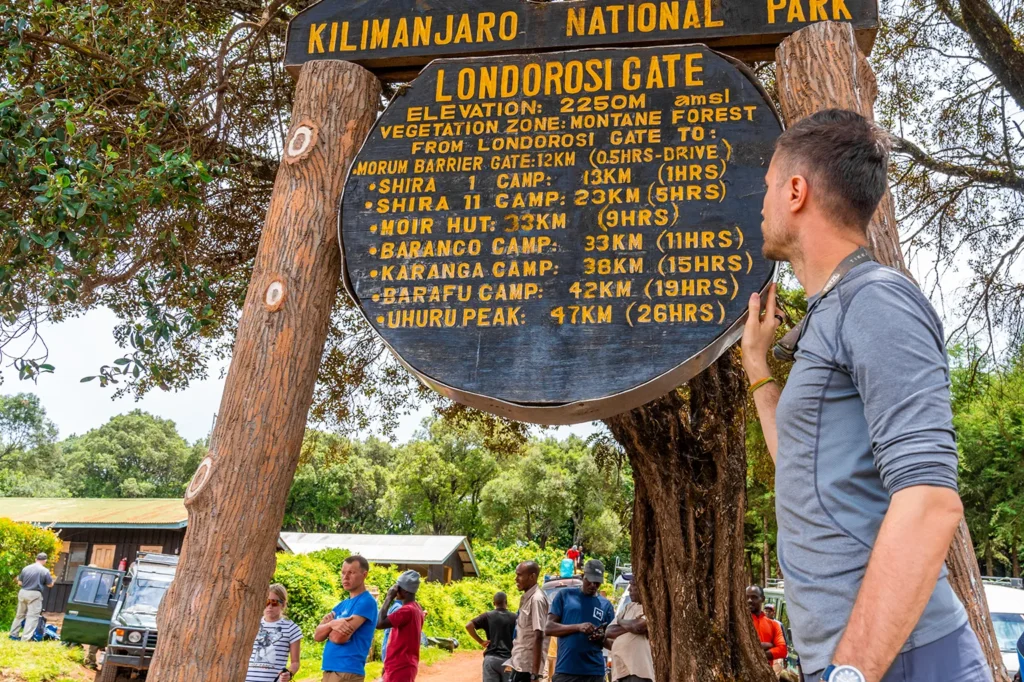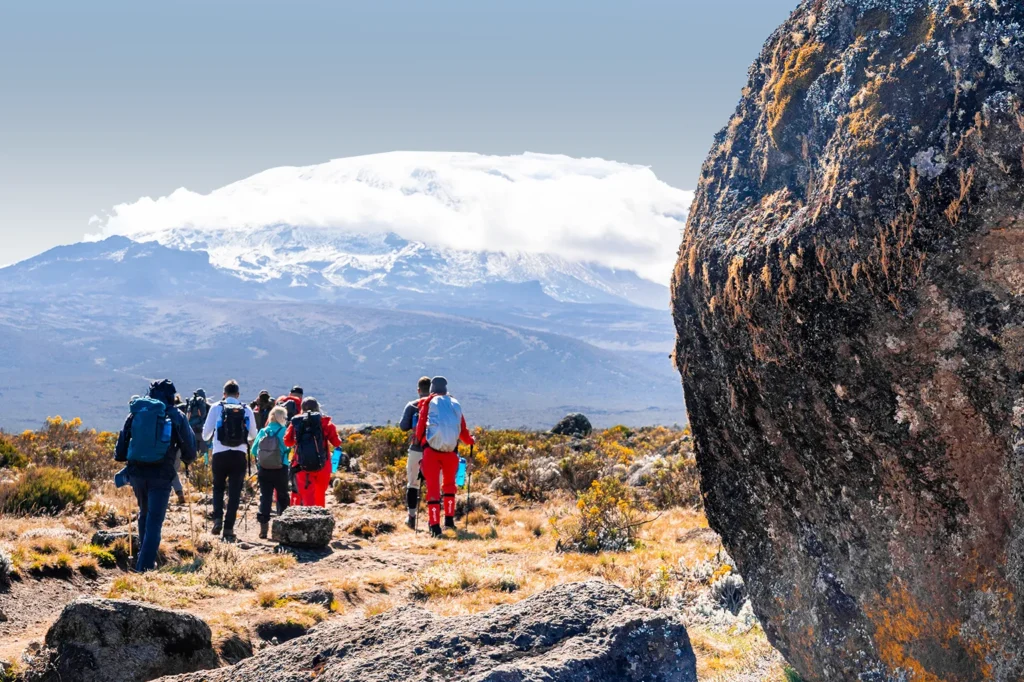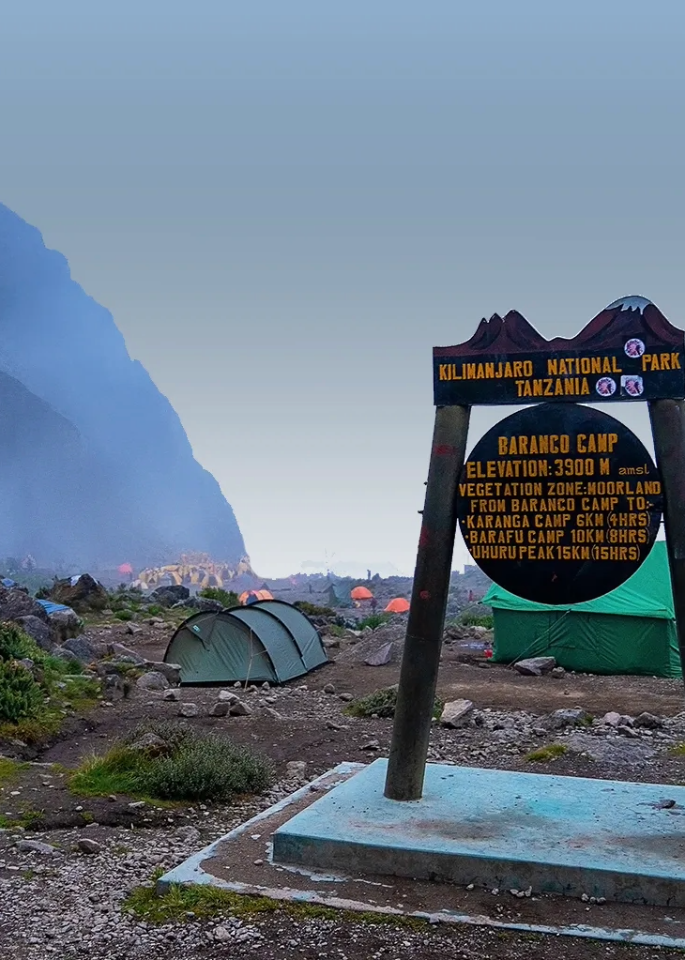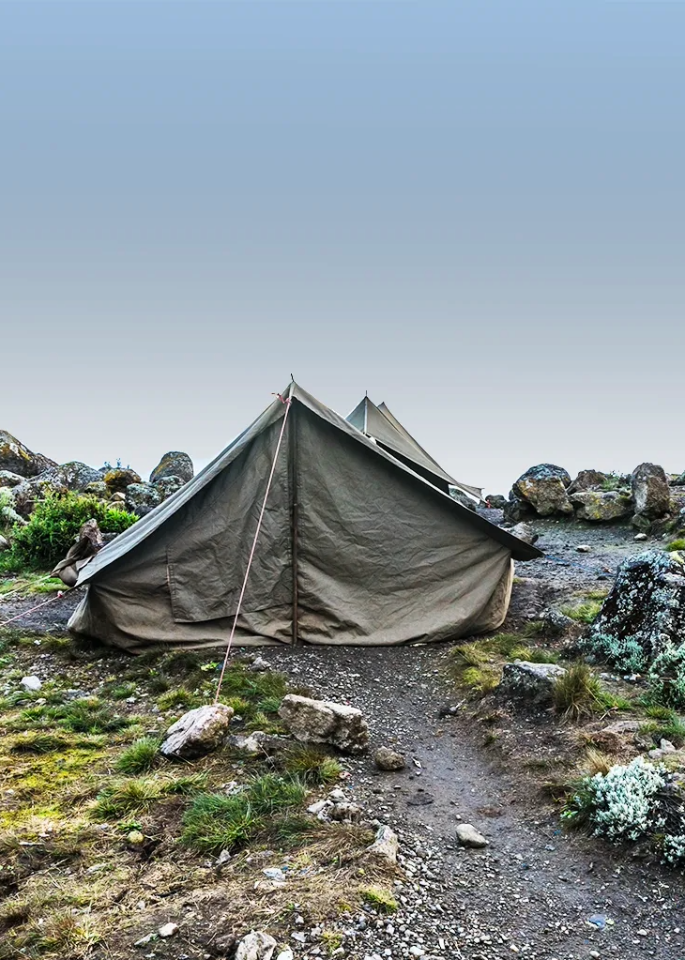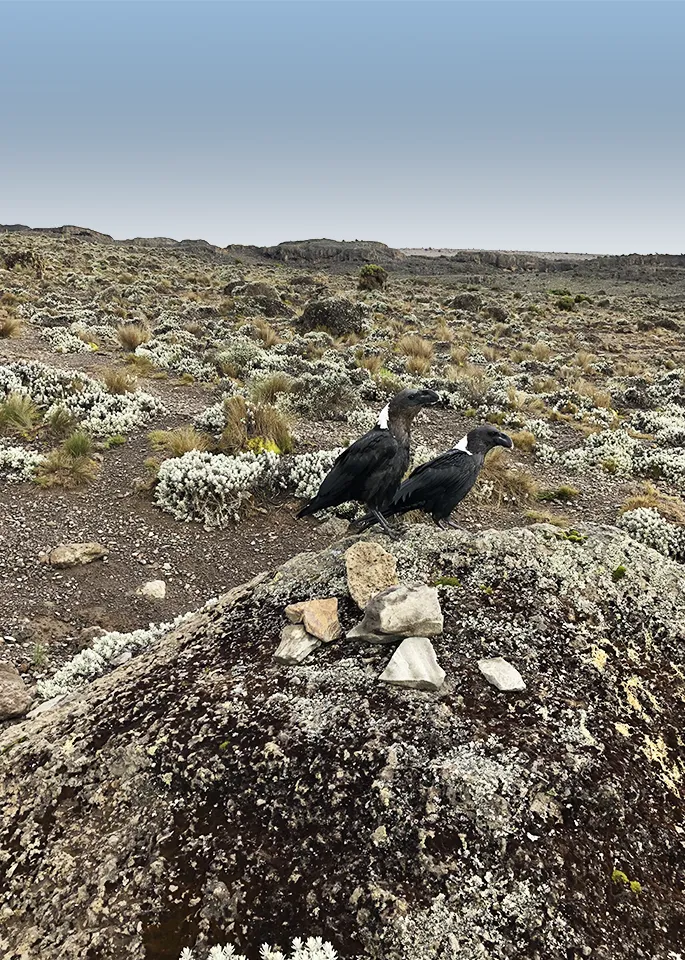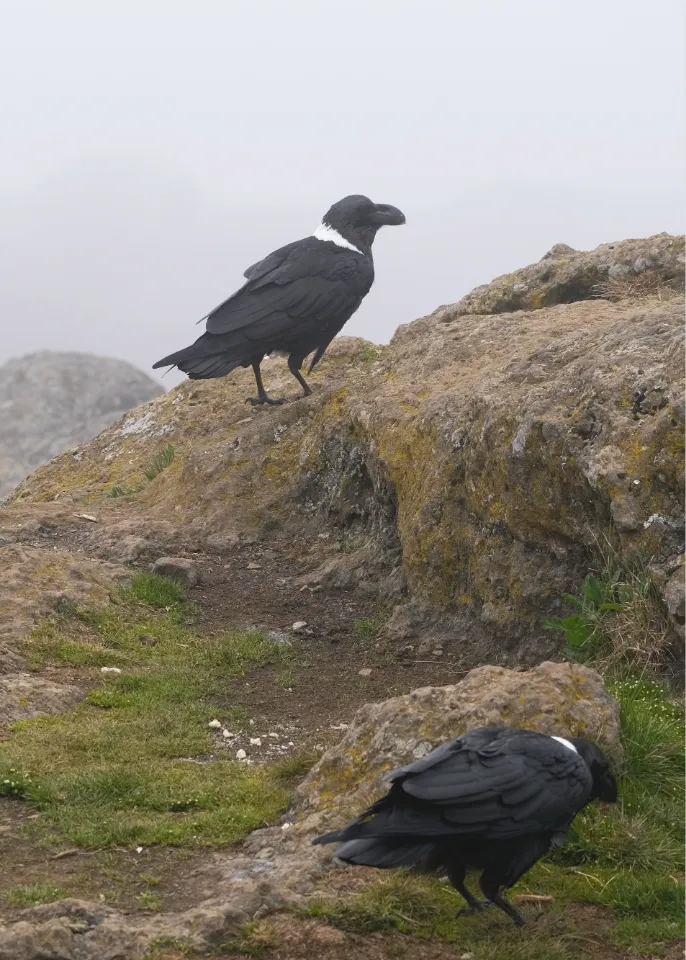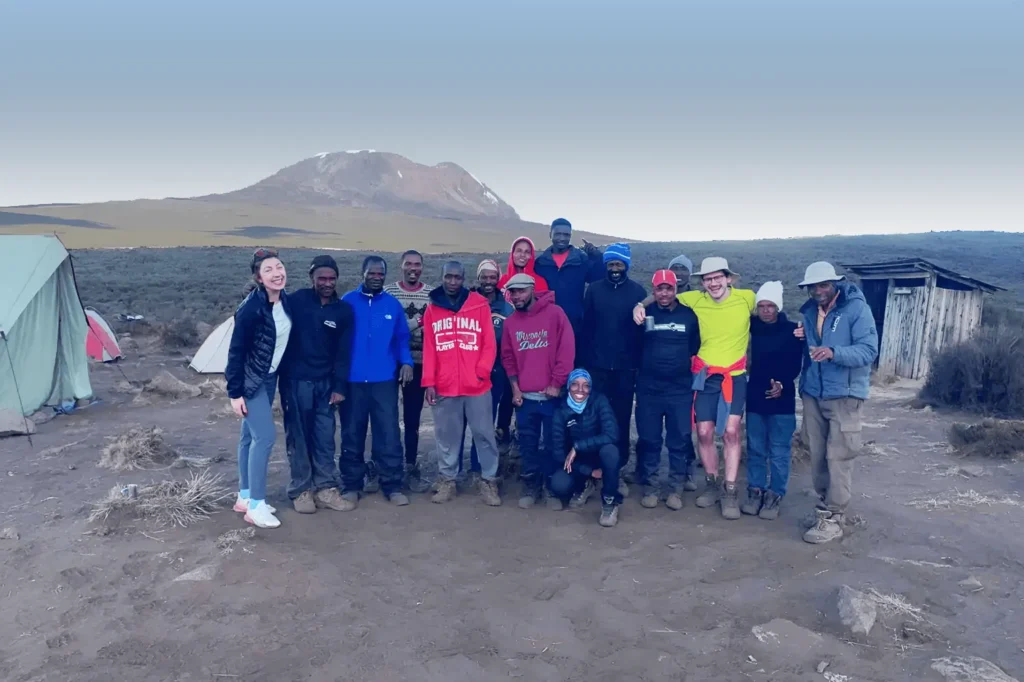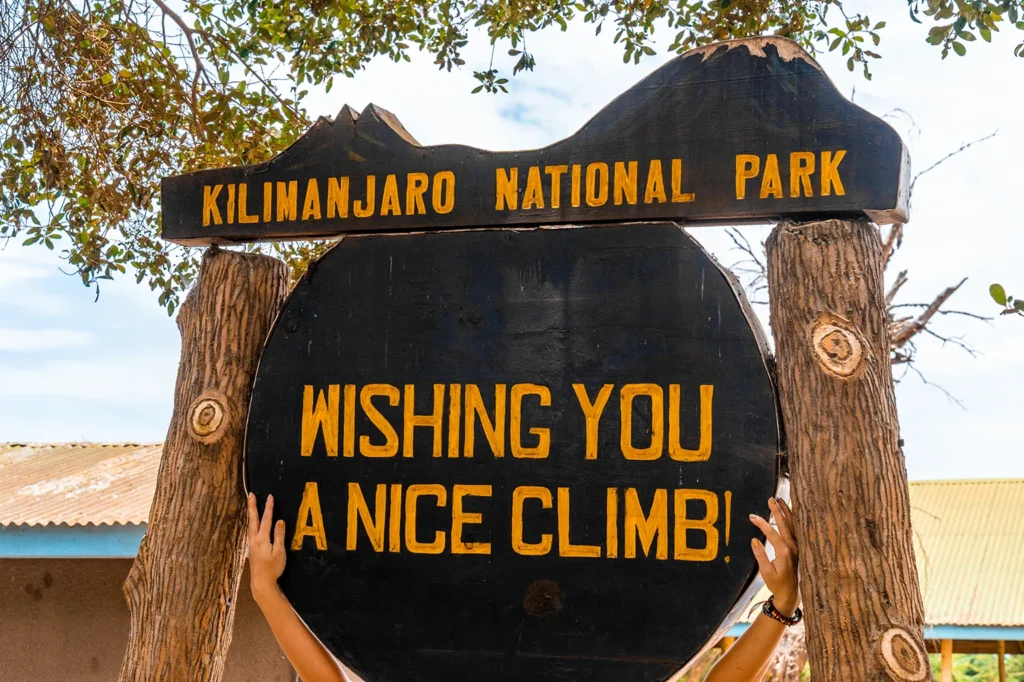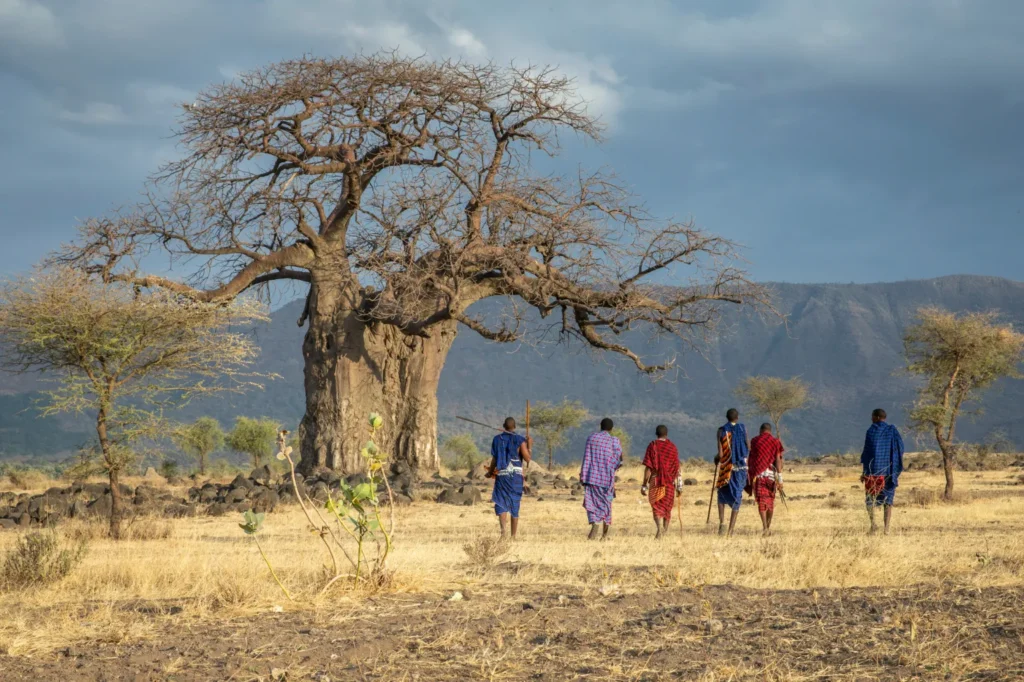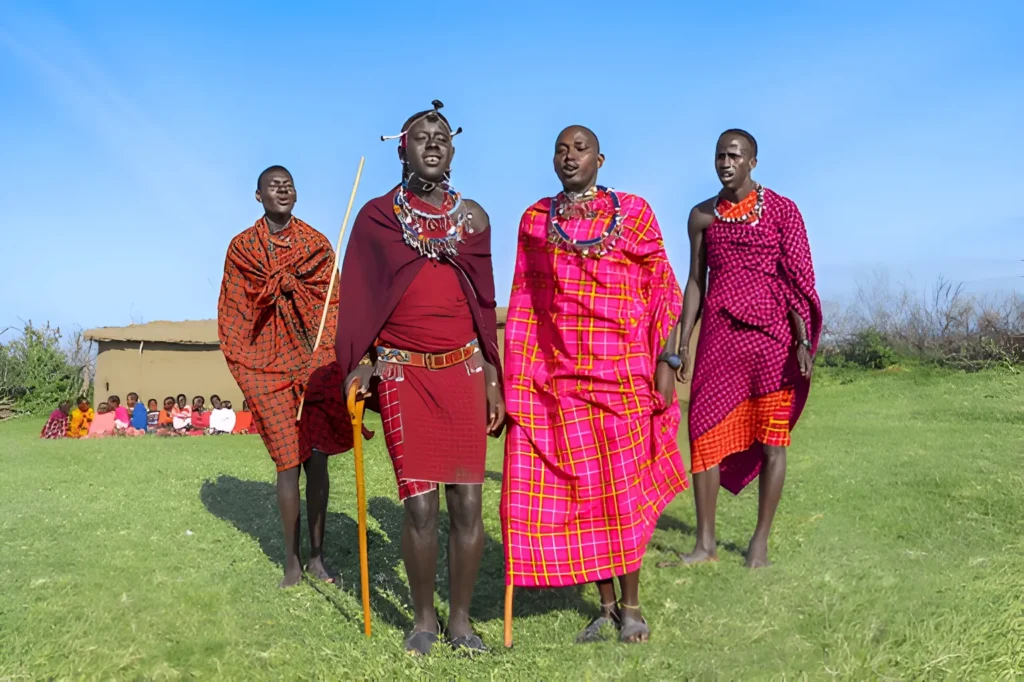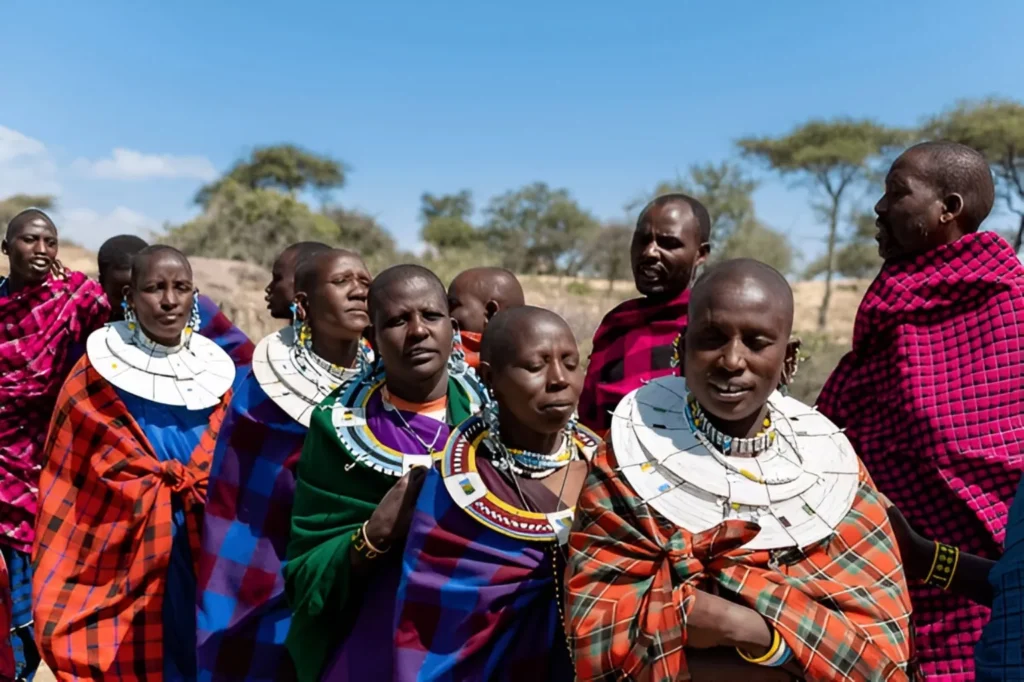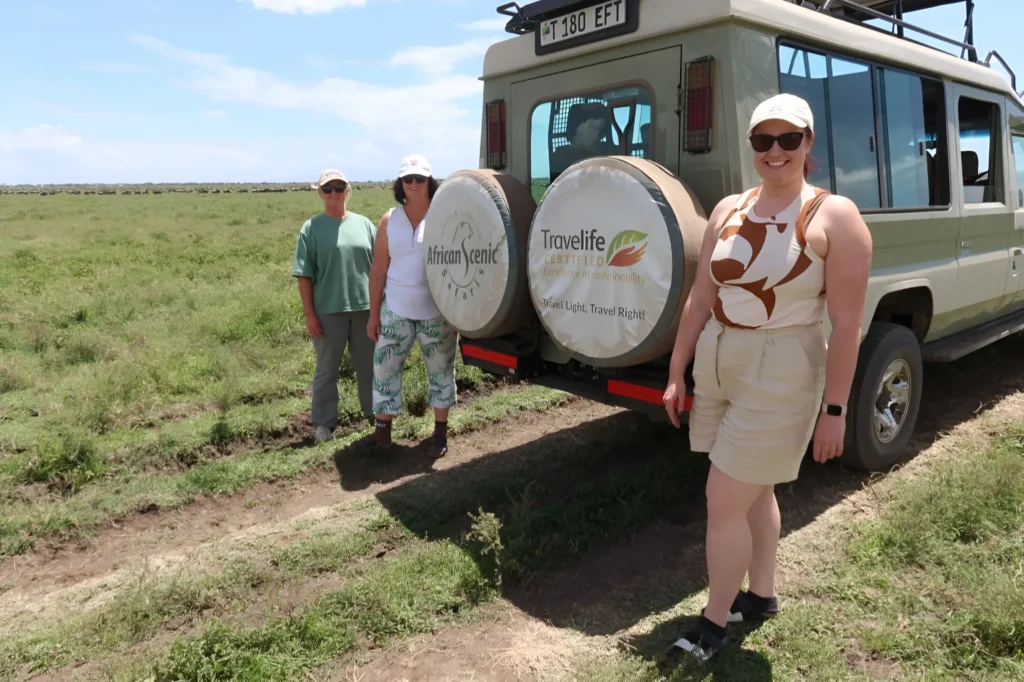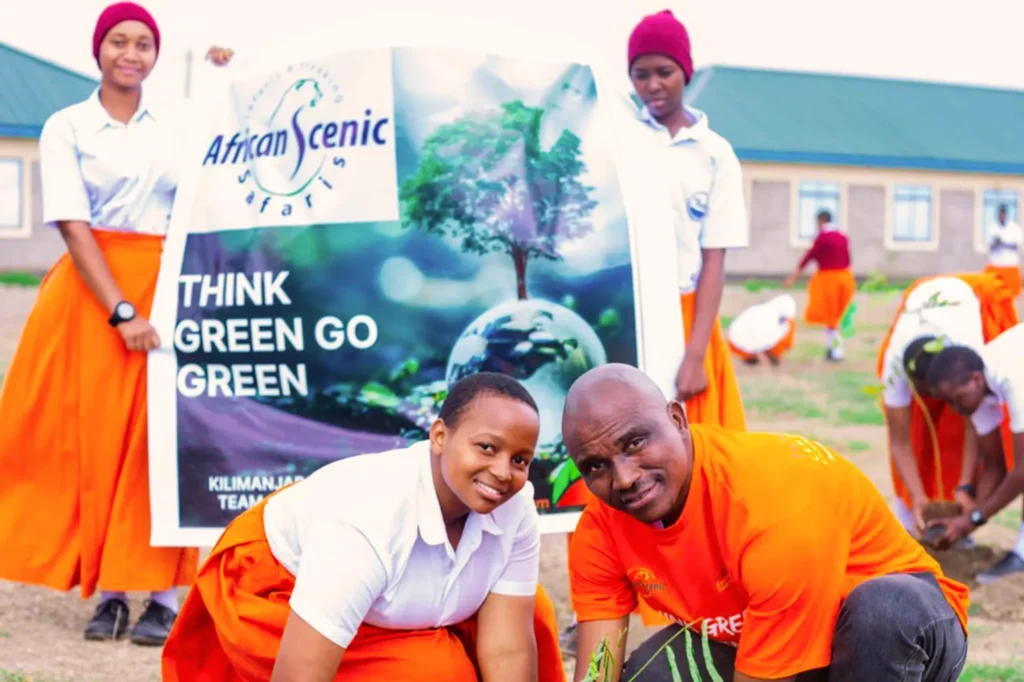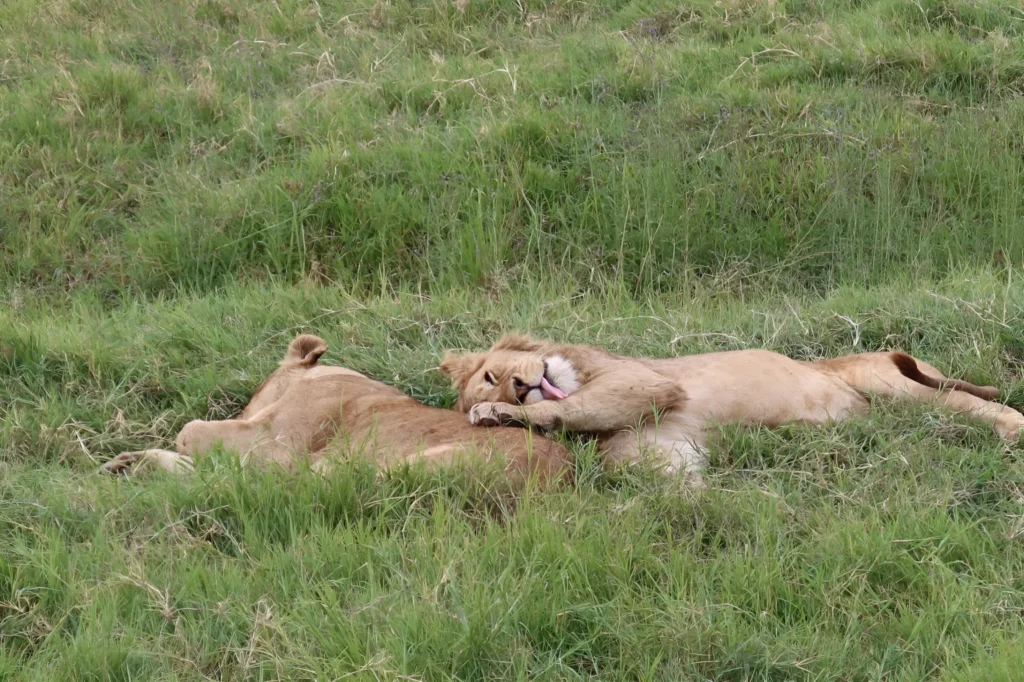Picture this, you suddenly got a chance to witness the greatest moment in Tanzania Safari on a game drive across the Serengeti, the Great Wildebeest Migration! And as the wind blows over the endless savanna plains and you see wildebeests crossing the Maasai Mara River, you simply can’t get enough of this moment, but only if you visit at the right time.
This blog will guide our dear readers on the Best Time to Visit Serengeti, going through the migration calendar, explaining the months and regions that are best for sightings, and sharing some of the best insider tips from African Scenic Safaris guides.
With more than 16 years of experience, African Scenic Safaris has been an expert in planning migration-focused tours. In this Tanzania Tour Safari, you are going to experience this wildlife phenomenon to the maximum, with some additional activities that will make your safari moment more exquisite.
The Great Migration is an all-year-round event; it just depends on which season you want to witness this event. We often recommend July to September for travelers who want to witness the dramatic Mara River crossings—an absolute bucket-list moment.
But for photographers, January and February are unbeatable. That’s calving season in the southern Serengeti, when thousands of wildebeests are born within weeks, attracting predators and creating incredible photographic opportunities.
The Great Migration: Explained
The event takes place at one of the UNESCO World Heritage sites – Serengeti National Park. Located in the Northern Circuit, this park hosts the largest number of wildlife, a variety of bird species, and most of all, the largest mammal migration in the world, the Serengeti Wildebeest Migration.
The great wildebeest migration of more than 1.5 million, accompanied by hundreds of thousands of zebras and half a million Gazelles, as well as Eland, with an annual pattern seeking fresh grazing and water. Having a chance of encountering this phenomenon gives you a life experience from nature.” (Source: Tanzania National Parks Authority (TANAPA))
Key Numbers
As the largest wildlife migration, covering 800 km annually, the Serengeti National Park usually hosts a huge number of animals such as.
- More than 1.5 million Wildebeests
- About 200,000 zebras are in the estimate
- 500,000 Gazelles and hundreds of predators follow the animal herds
The Annual Migration Cycle
One beautiful thing about the Serengeti National Park is that you can visit anytime during the year; it’s always busy, and there’s always something to see during migration. Here are the annual cycles of the Serengeti Wildebeest Migration.
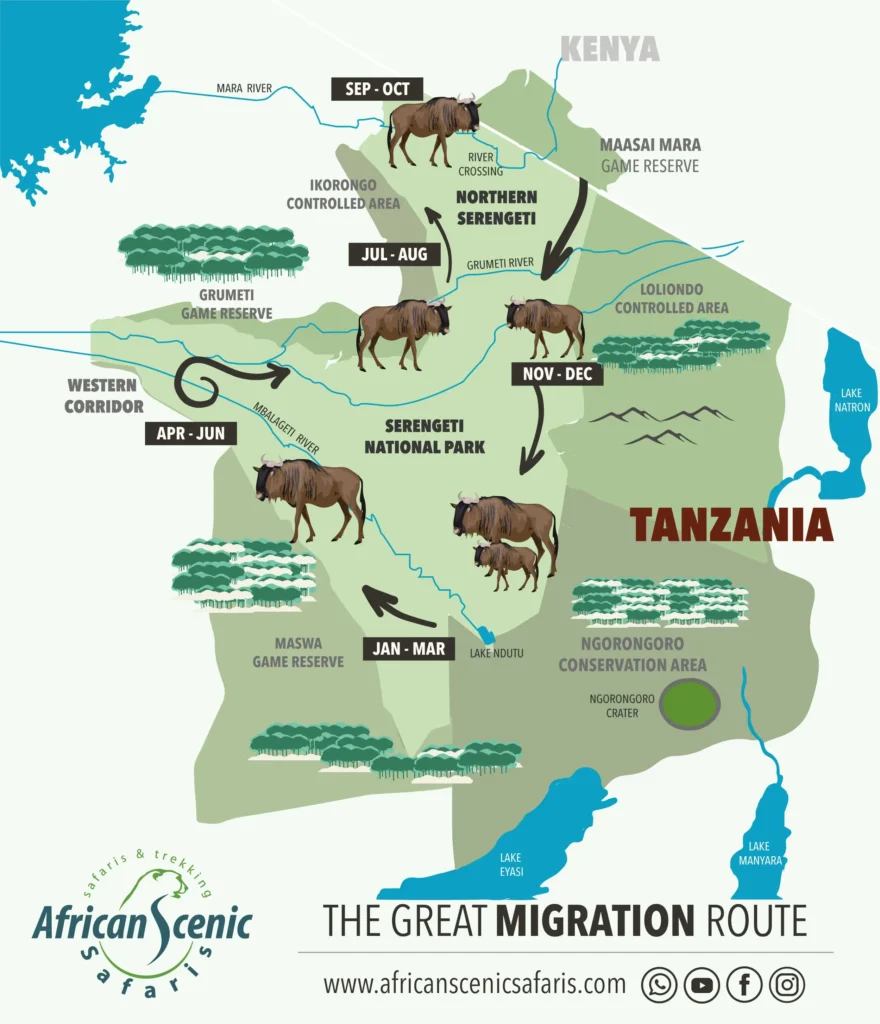
December to April
Calving Season, which takes place between December and April, the animal herds are in the Southern Serengeti in the Seronera region, this is where calving and breeding season take place.
- In February, the calving season takes place in the Ndutu plains, and you can get a chance to see the wildebeests until late April as they move in search of fresh grass.
- In this period, a lot of wildebeests and zebras give birth to calves, attracting nearby predators.
May to July
This is the Mating Season now, the big animal herds start their 800km journey towards the western corridor, and you can see more than a million wildebeests marching up to 40 km long in length.
- The struggle of crossing the Grummets River in the Western Serengeti is one of the best moments to capture if you want to witness the Great Migration.
August to September
During this season, the animal herds move further to the north, facing the ultimate survival battle, the most iconic moment in the Great Migration.
- During your Tanzania Safari Tours in Serengeti, you will see the peak moment of the migration, the Maasai Mara River crossings
- This is where the cycle of life happens, the struggle for existence, and the survival of the fittest. Many animals die here due to the presence of the deadliest crocodiles on the planet.
- This is where the cycle of life happens, the struggle for existence, and the survival of the fittest. Many animals die here due to the presence of the deadliest Nile crocodiles on the planet.
- After crossing the river, the lucky ones get to move towards the northwestern plains and finally arrive at the Maasai Mara National Reserve in Kenya.
October to November
In this period, the animal herds move towards the northern plains and cross the Lobo Hills of the Serengeti. This is the best area to visit as it is rarely visited and overcrowded.
- The animals return to the Ndutu plains, and the cycle starts all over again.
Are you planning to visit the Serengeti this year? Here is our must-see Best Serengeti Safari Tours – Our Top Picks for Tanzania!
Why Timing Matters
According to what you need to see, and the migration cycle, you can decide the Best Time to Visit Serengeti, whether it’s in January, July, or December; anytime of the year is good to witness the Great Migration. So, there’s no need to worry about missing this great moment in a wildlife safari because African Scenic Safaris will be with you along the journey!
- The country’s wildlife calendar changes dramatically with the seasons, and the good thing about the Serengeti is that it can be visited all year round.
- Each season has its own key events and unique experiences, depending on what you want to see and feel, and the Tanzania Safari Package you’ve chosen.
Author’s Tip: “The location of animal herds changes according to seasons all year round, and due to that, the migration also moves. It is important to plan and align with your safari tour operator to increase the chance for you to witness peak moments in the Great Wildebeest Migration.”
Month-By-Month Migration Calendar
Because the Great Wildebeest Migration is an all-year event, African Scenic Safaris has prepared a detailed monthly breakdown. You will see what happens each month, and this will help you to plan the Best Time to Visit Serengeti National Park.
Our team tracks migration movements weekly to adjust client itineraries. In every step, we make sure that our clients are happy and satisfied with the chosen itineraries and packages. If there are some changes to be made, then we do that according to what our client wants. At African Scenic Safaris, our clients’ satisfaction is our number one priority. go thoroughly through.
A breakdown by month at the Serengeti during the Migration (JAN – JUN)
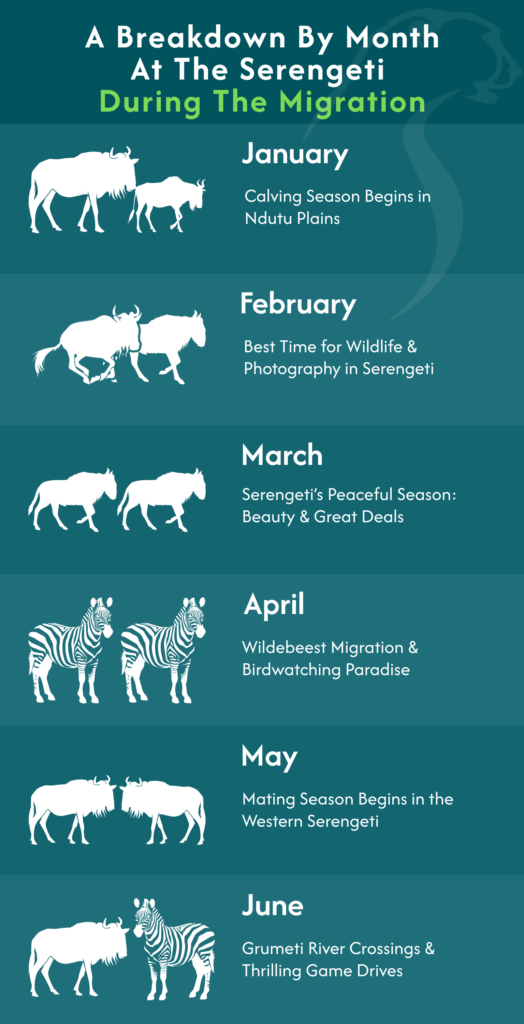
A breakdown by month at the Serengeti during the Migration (JUL – DEC)
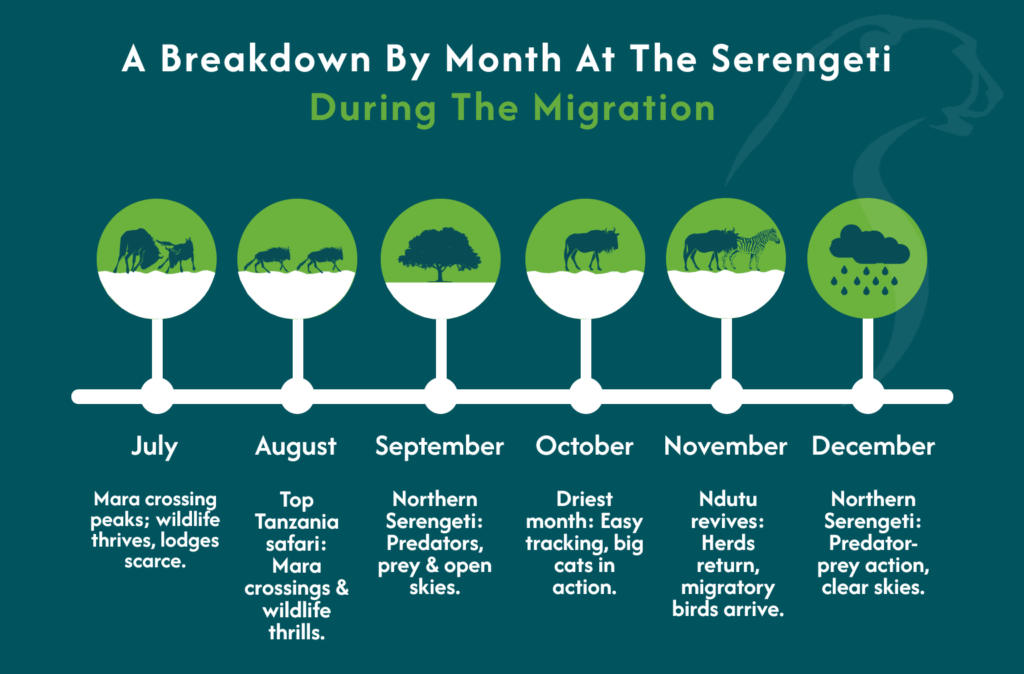
Since the Great Wildebeest Migration takes place all year round, contacting African Scenic Safaris will be the best decision you have ever made when planning your trip to Tanzania. All you have to do is choose the best Serengeti Safari Packages and plan your itinerary now.

Planning on exploring a Tanzania Safari Tour any time soon? See our 10-Day Serengeti Safari Itinerary with Ngorongoro & Tarangire and customize it just according to your budget and needs!
Best Time To Visit – Season By Season
If you’re looking forward to seeing the Great Migration, looking for quieter moments, and adventure, understanding how seasonality impacts pricing will help you make the right choice and help align with your Tanzania Safari Cost.
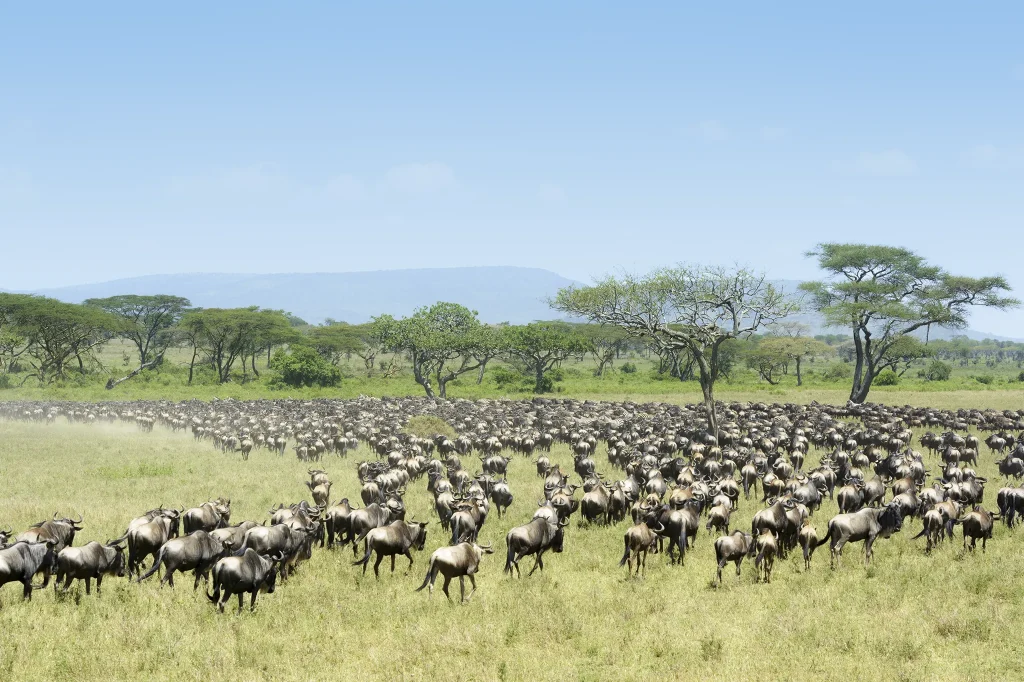
Download PDF to see 👉 Ultimate Migration Calendar – Best Times & Places to See the Wildebeest Migration from African Scenic Safaris!
Calving Season: New Season, New Life
Witness more than 500,000 wildebeest calves being born on the short-grass Ndutu plains of the Serengeti. With the very little cover, you can see the most intense predator-prey interactions, alongside beautiful moments of newborns learning to walk.
- Months: Jan–March
- Predator-prey interactions
- Activities to be done: Wildlife Viewing, Walking Safaris, Bird Watching
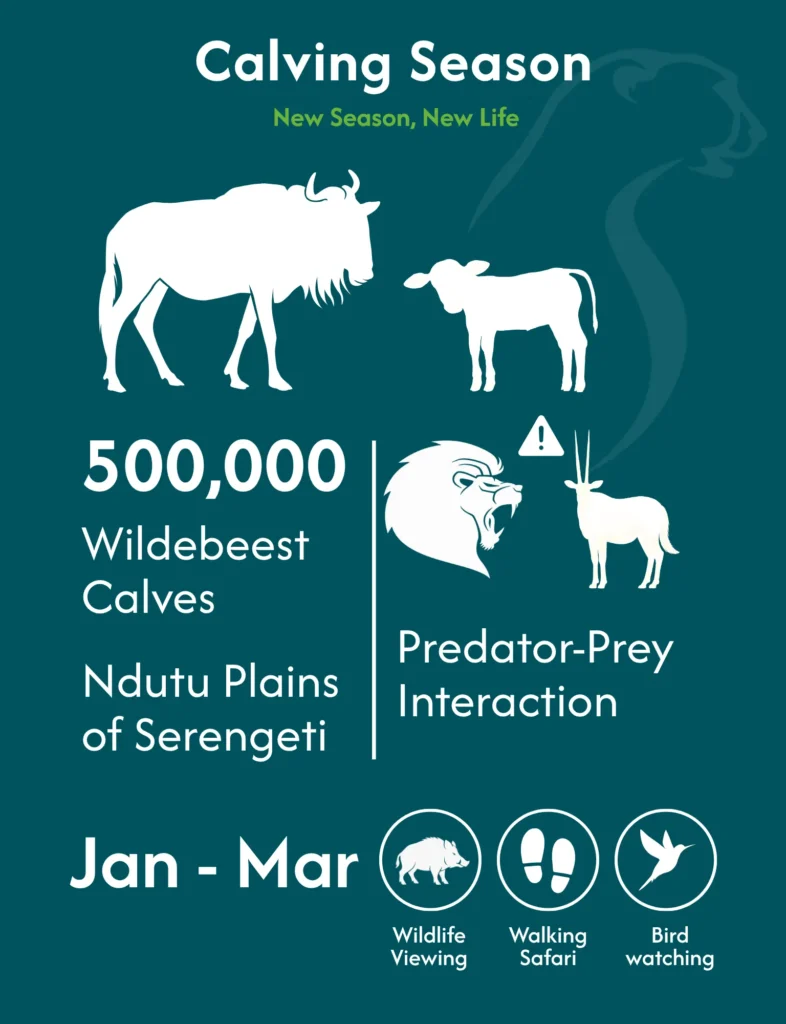
Grumeti Crossings: Wild Drama
Catch the dramatic moment of the wildebeest crossing the Grumeti River in the Western Serengeti. This is the true start of the Great Migration, and where the first round of survival battle happens.
- It occurs from May – June annually
- Lesser-known but dramatic crossings.
Mara River Crossings: “Grab your popcorn moment”
This is most peak season in the Great Wildebeest Migration, the famous “Maasai Mara Crossings”. This is every tourist’s dream when visiting the Serengeti. You will see a large number of animal herds crossing the Mara River. For some animals, when lucky, they cross safely; for some, it’s the end of the journey.
- Takes place between July – September
- Peak Safari Season
- The Tanzania Safari Price is relatively high during this season
Return to the Serengeti: Here we go again
After a long time traveling across all parts of the Serengeti, during this time the Ndutu plains start to become nutrient with lush green pasture, attracting wild animals to come back to the area. An epic moment with fewer tourists, and the animals become easy to track.
- Take place between October and December
- The lowest Safari Cost
For the best safari experience, we recommend July–Sept for dramatic river crossings, but Jan–Feb is unbeatable for photographers.
How to Choose the Best Time for Your Budget
The Best Time for a classic Tanzania Safari depends on the tours to different national parks located across areas of the country.
- For the best wildlife, go in peak season — but be ready to pay more.
- For affordability, the low season is unbeatable.
- Shoulder season offers a sweet spot of good viewing and fair pricing.
The Tanzania Safari signals supreme wildlife spectacles, and understanding the Best Time to visit the Serengeti enriches your experience in the wild. Each season comes with its own unique flavors, and the fact that you can go through a Safari adventure for the whole year! What a marvelous experience.
Thinking of taking a trip to Serengeti National Park this season? Here is a list of Top 10 Serengeti Safari Lodges for Every Budget.
Costs And Crowds By Season
The cost of a Serengeti Safari varies greatly depending on the season and the month you choose to travel. From Midrange to Luxury packages, you choose what type of experience you need during that time of year. The Tanzania Safari Price can range from high to low. African Scenic Safaris, we make the best Serengeti Safari Tours based on the budget and the time of year you’re planning to visit.
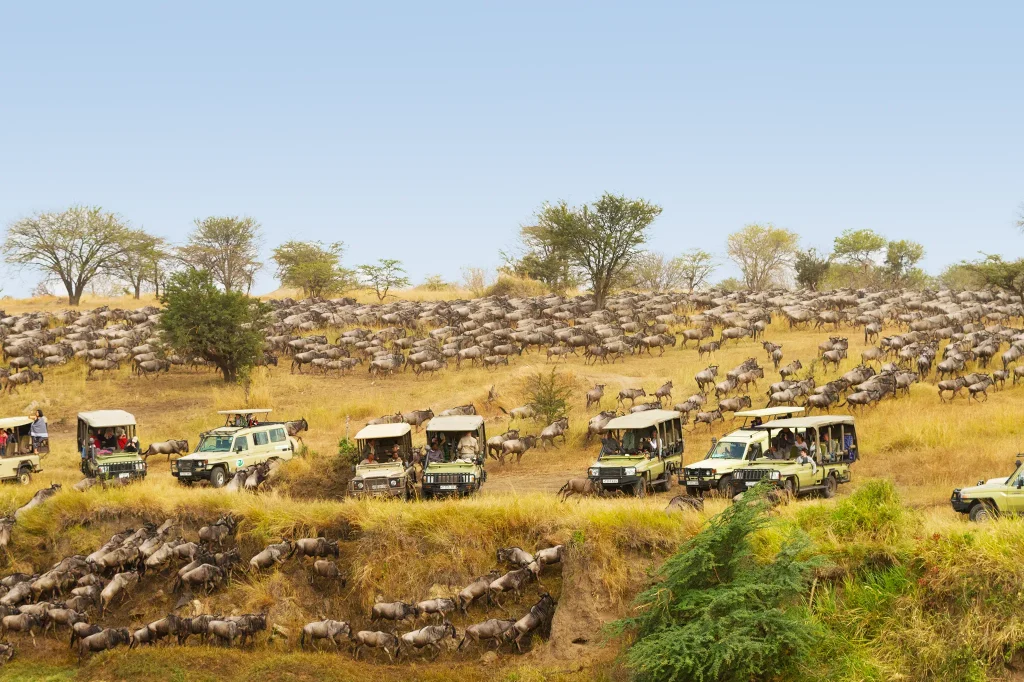
The Peak Season
In Serengeti National Park, this is the busiest season of the year, the animals are easy to spot, and it is in this season that you can witness the Mara crossings in action.
- It usually occurs between June and October, and December and February
- The lodges and camps are more expensive in this season can range from $400- $800 in the Midrange package and $800 – $1500 in the luxury package
- The overall Serengeti Safari Cost is around $1450 -$3000 on the luxury package and $730 – $1550 on the Midrange package.
- The Serengeti becomes overcrowded, packed with tourists from all over the world.
- The weather is perfect since it’s the dry season with clear skies.
So if you’re up for the great migration adventure, we recommend you come during the peak season. It is in this season that you will actually see the Great Wildebeest Migration with your own eyes, a very premium type of moment.
Shoulder Season
In this season, we have fewer tourists compared to peak season. This is when
- It takes place between March and November
- The prices range from $750 to $950
- You can have moderated prices on lodges and camps
- It’s less chaotic and manageable
- You get the best value for your money
Low / Off-Peak Season
The most quite season of the year, not much is happening in this season, but you get the best safari adventures when you’re in the Serengeti.
- It features between April and May
- The most affordable Tanzania Safari Price, with prices ranging from the Mid-range Safari Package, starting from $300–$450 per day, and the Luxury Safari Package, starting from $600–$800/day
- Accommodations are at the lowest prices
- You get a chance to have private safaris and a quiet “me” time
- A season with long rains and muddy roads
If you want the best Serengeti Migration experience but you are willing to spend more, visit the Peak Season. If you want to stay on budget and prefer a less busy season, then the shoulder Season is best for you, but if you want to spend less than you planned and in a quieter environment, then the low season is best for you.
Price range between Peak and Off-Peak Seasons…..
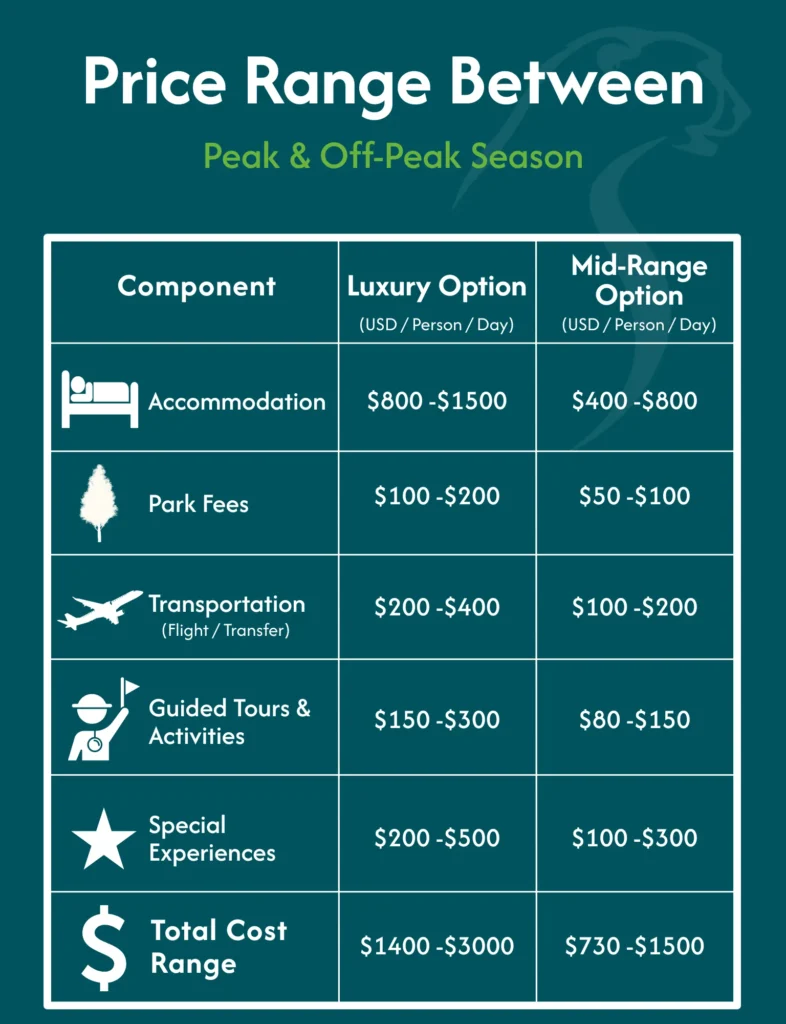
Note: These prices are not static; they may range from year to year according to the Tanzania National Parks Authority (TANAPA)
Are you excited to witness the Great Wildebeest Migration this season? Here is all you need to know about the Tanzania Serengeti Safari Cost Breakdown – Luxury vs Midrange!
Expert Tips For Migration Safaris
Planning Serengeti Safari Tours can be a hectic, long process; you may even get tired and give up during the process if you don’t have assistance. But worry not, because African Scenic Safaris, as your number one tour operator, is here to make the planning process easier. With us by your side and at every step, you will be given advice and tips on what you should do during Tanzania Tours & Safaris preparation.
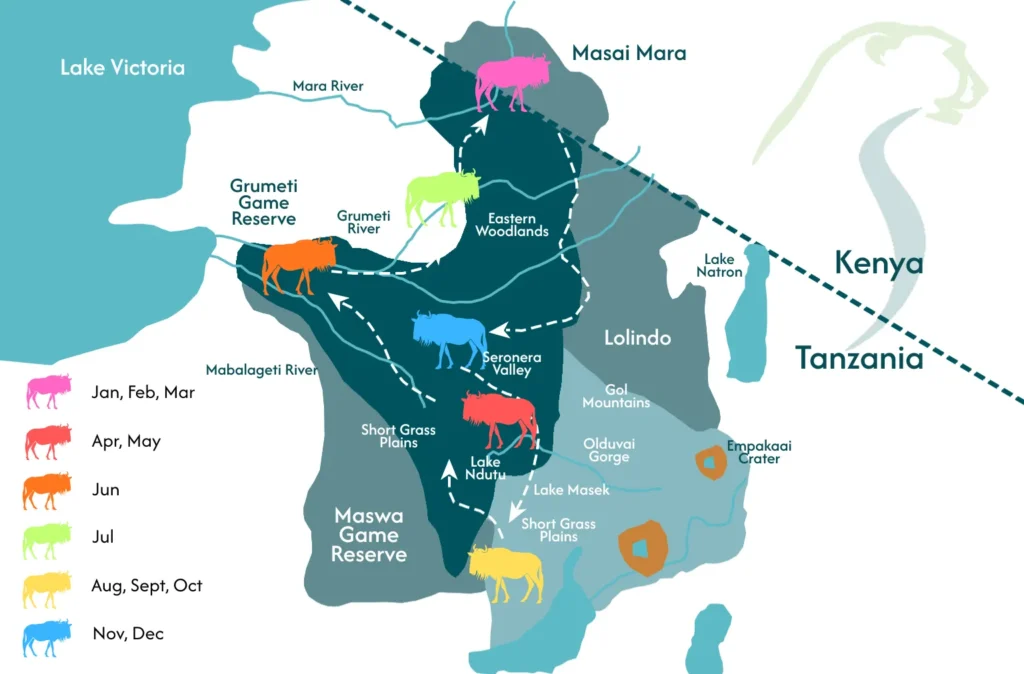
Book 12+ months ahead for the river crossing season
The Iconic Mara Crossings, which take place between July and September on the endless Serengeti plains, is the most peak moment of the Migration Safari. In this season, it becomes so busy and overcrowded that it can be hard to book a lodge and other amenities.
If you don’t want to miss out during your Serengeti safari, we suggest you book 12 months prior to the River Crossings season. So, if you visit during December, then you must book a reservation a year in advance to avoid spending unnecessary money and missing out.
Author’s Note: “The earlier you book, the better. Planning is very important, and it will give you time to select the best itinerary, the right Tanzania Safari Package, and block your calendar for this important event. That is why I recommend African Scenic Safari for the best Serengeti experience because they guide you through all this.”
Mix Serengeti with Ngorongoro for variety.
Want to experience a one-of-a-kind Tanzania Tour Safari adventure? Visiting other parks other than Serengeti can give you this experience. It is advised that you mix Serengeti with other nearby parks like Ngorongoro or Tarangire.
One of the seven natural wonders of the World, Ngorongoro is filled with amazing natural flora and fauna, without forgetting the Ngorongoro Caldera, which is a wildlife habitat.
In Tarangire, you will see an astonishing number of elephants like never before. You will also encounter the gigantic Baobab trees found nowhere else. Mixing Serengeti with other parks on your safari itinerary will not only give you different tastes but will also help you reduce your travel costs and the time spent travelling to one park at a time.
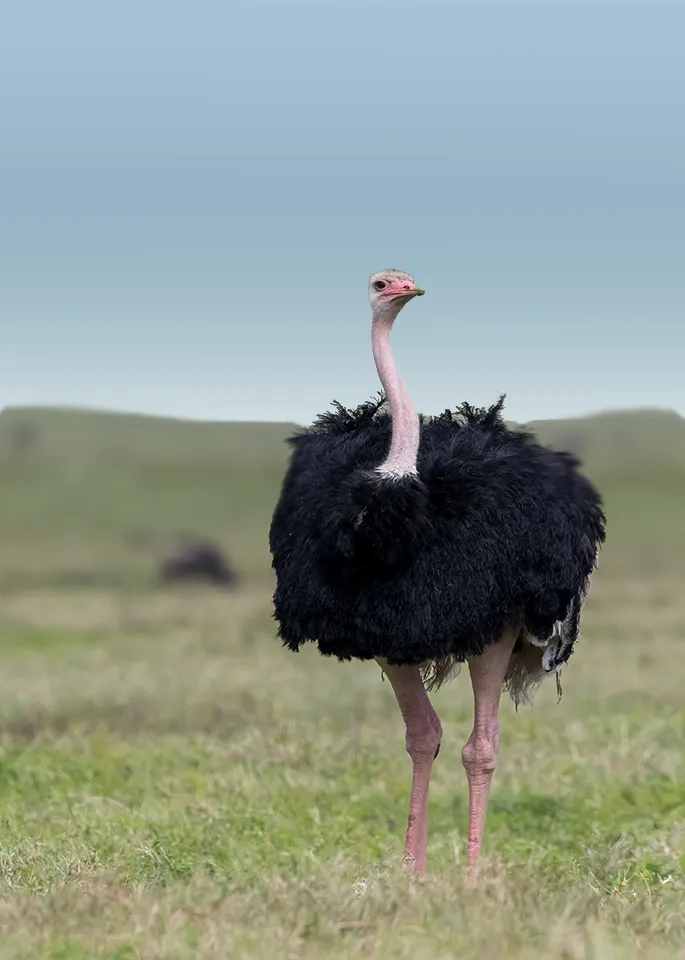
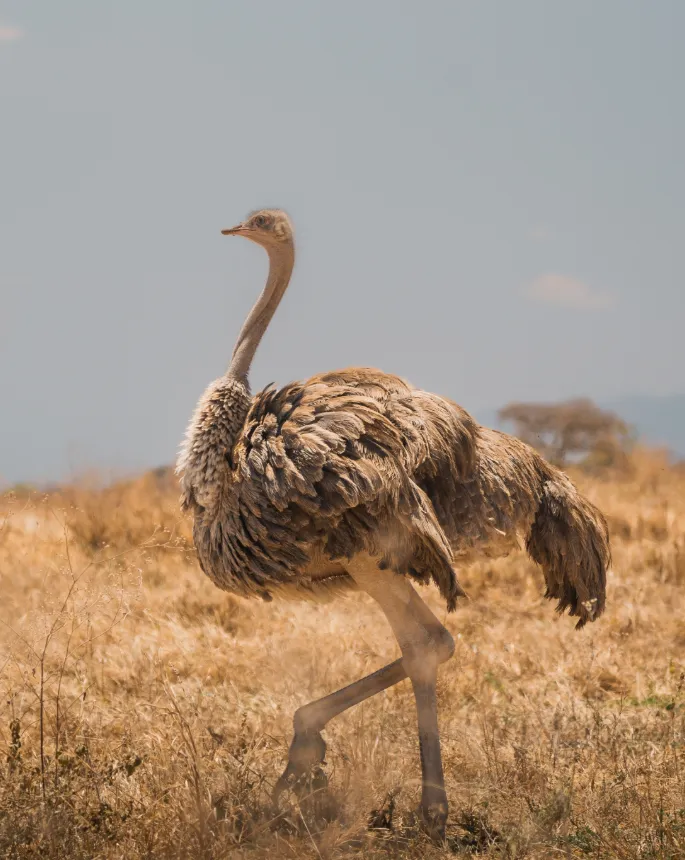
Fly-In Safaris for Efficiency
How can you enjoy your Serengeti safari when you’re tired from the long drives you took during the journey? That is why we recommend fly-in safaris. The Serengeti is huge and vast. To cut down on travel time and fatigue, take small bush planes. They might be a bit pricey, but it’s worth the money, time, and comfort—especially during the peak migration season..
Are you struggling to know what to include in your Serengeti Packing List? That shouldn’t be your problem because we have prepared an article on What to Pack for a Serengeti Safari in Tanzania?
Serengeti Is The Only Place You Need To Be At
All you need is to choose the Best Time to Visit Serengeti according to your calendar and budget. Whether it’s the drama of the Mara River or the magic of calving season, every moment is unforgettable. Each part of the Great Migration tells a once-in-a-lifetime story. With the best Tanzania Tour Operator by your side, the best Safari Adventure is yours to see.

Contact African Scenic Safaris to plan the best safari itinerary during your Tanzania Safari and get the most out of this unforgettable Serengeti experience!


